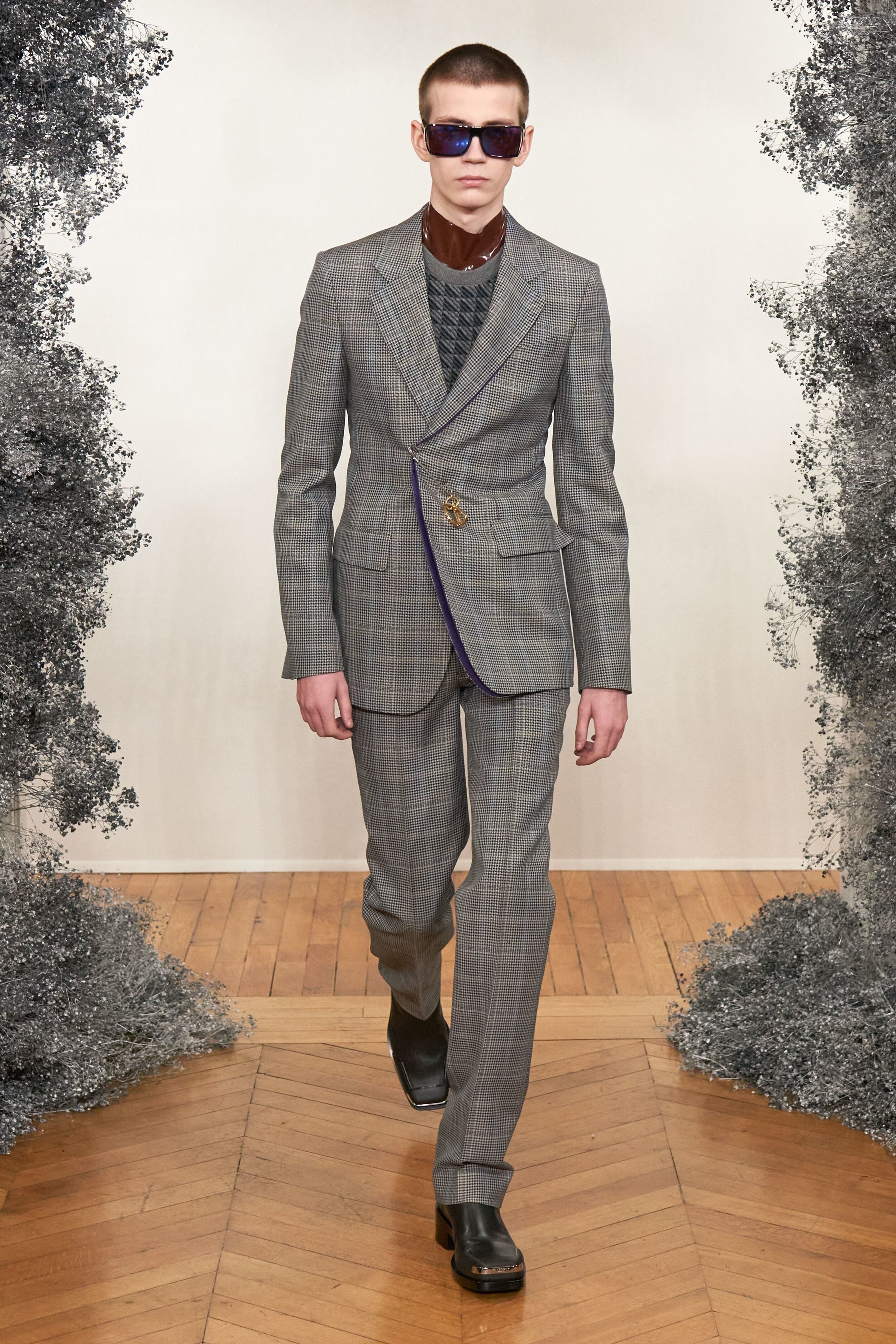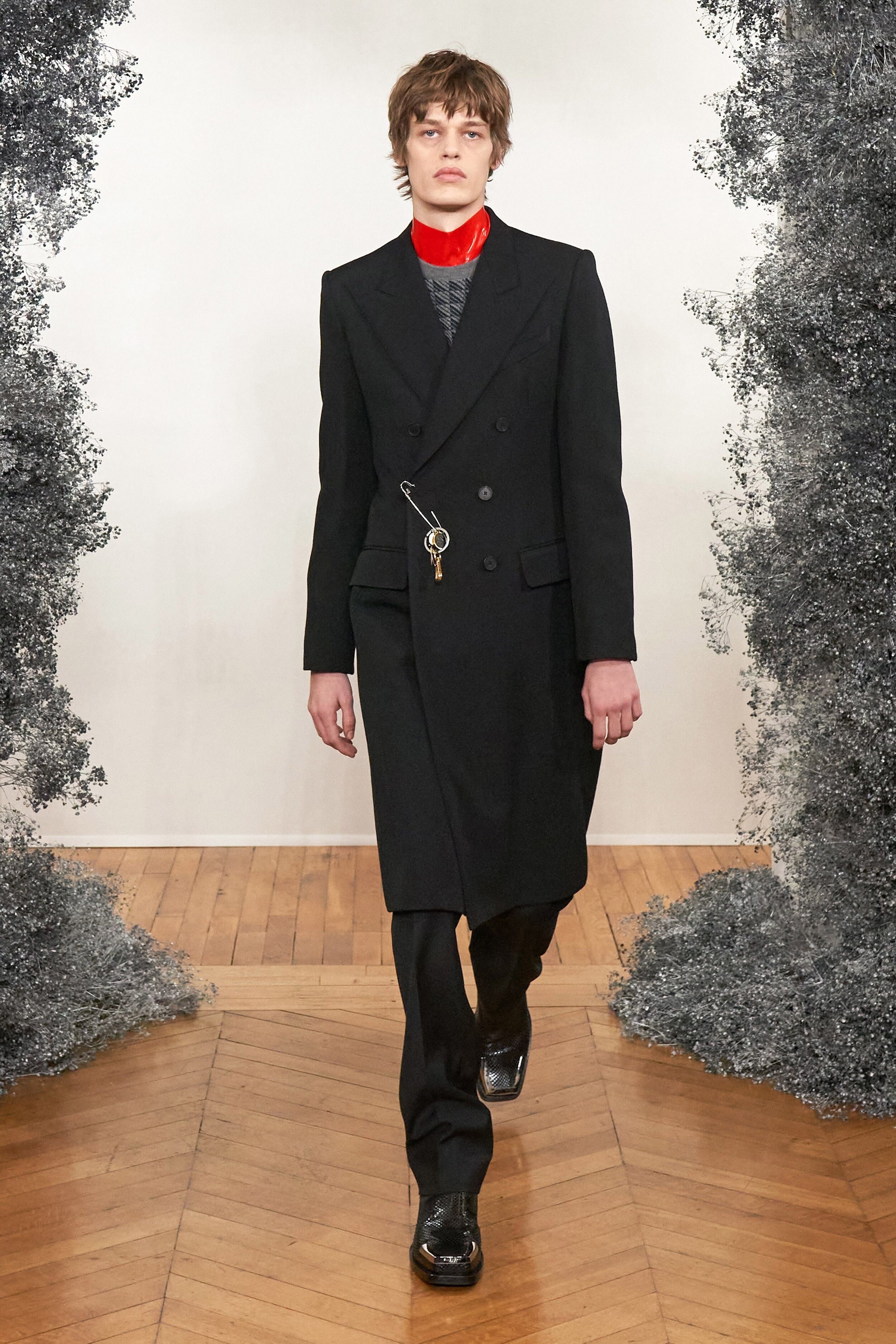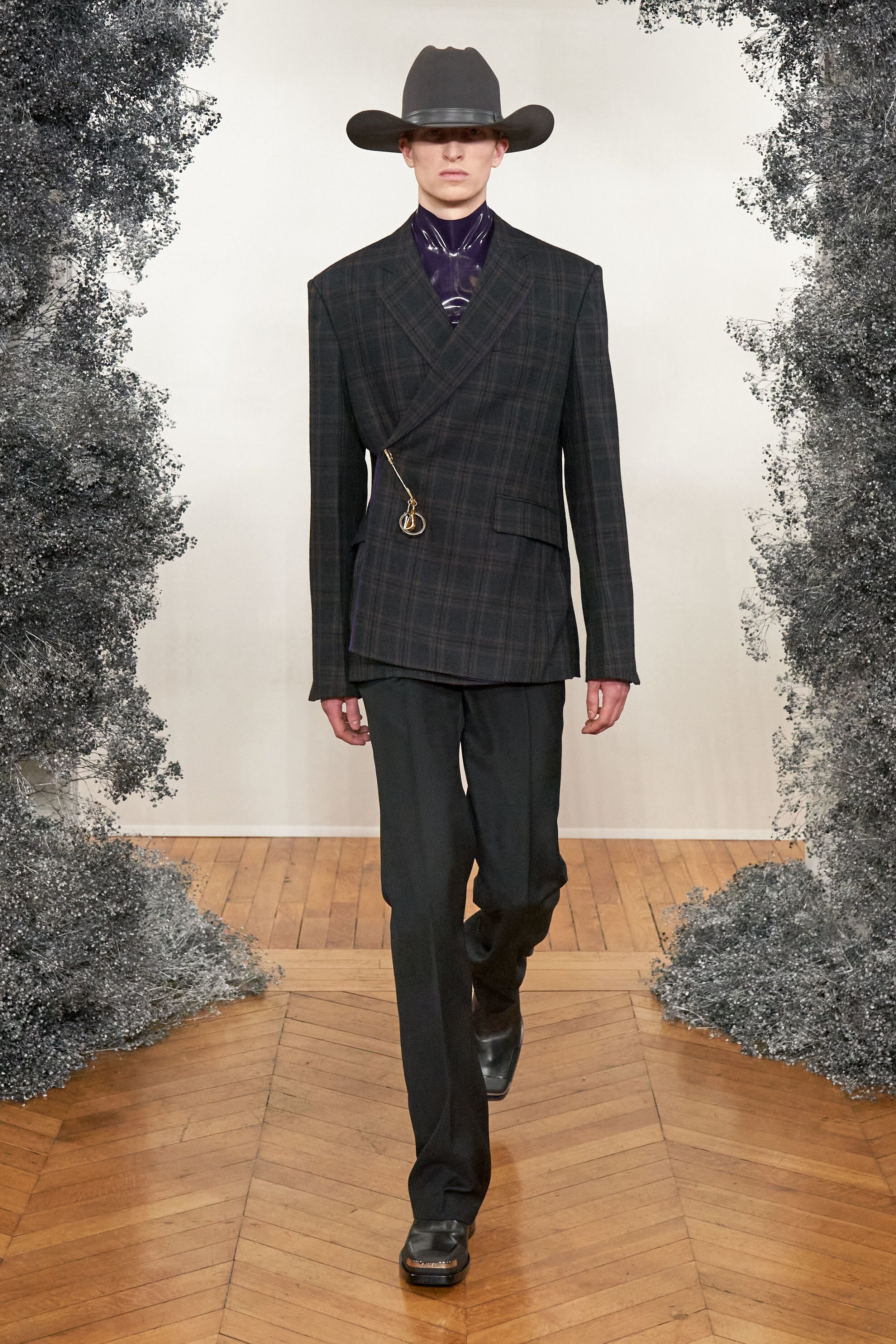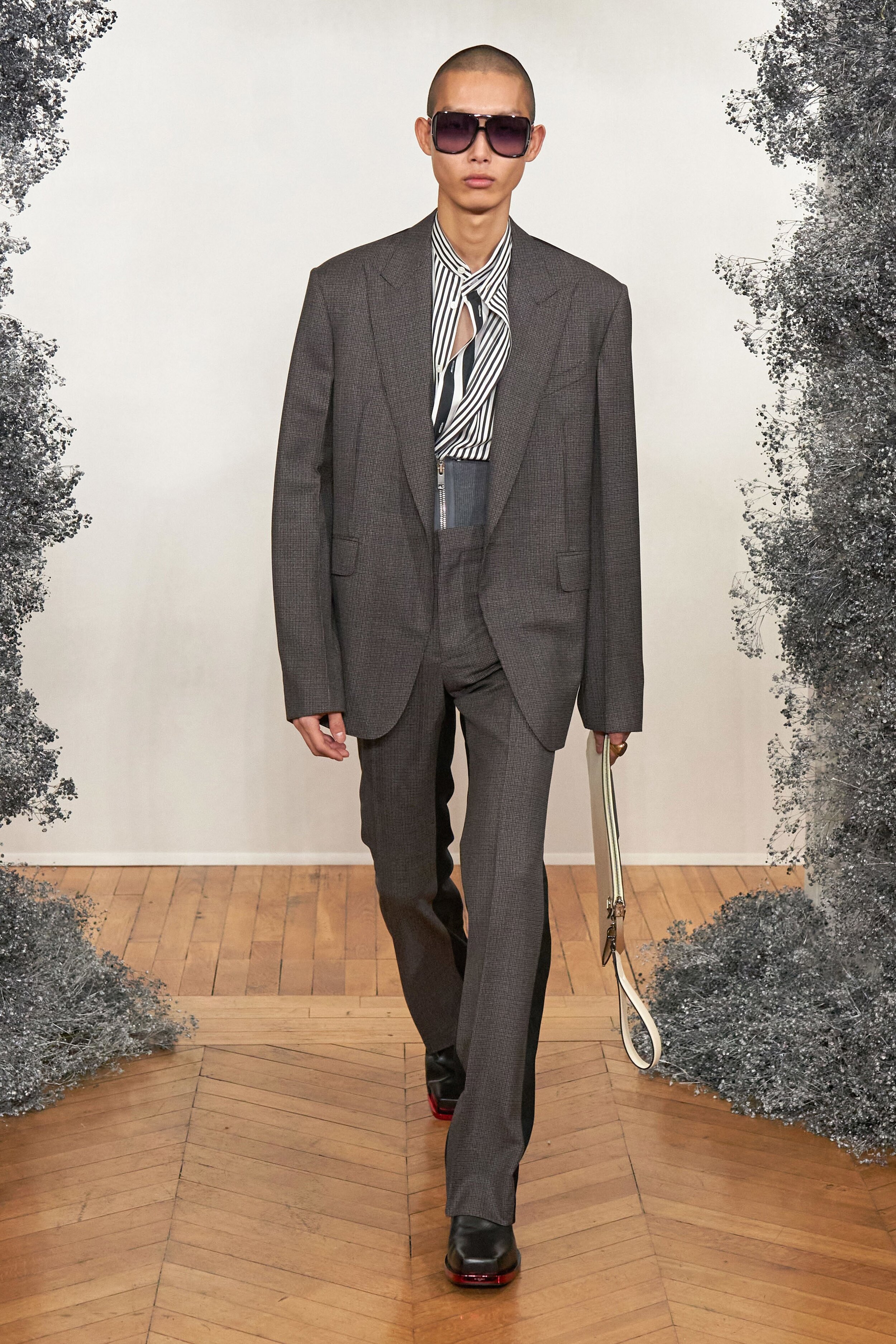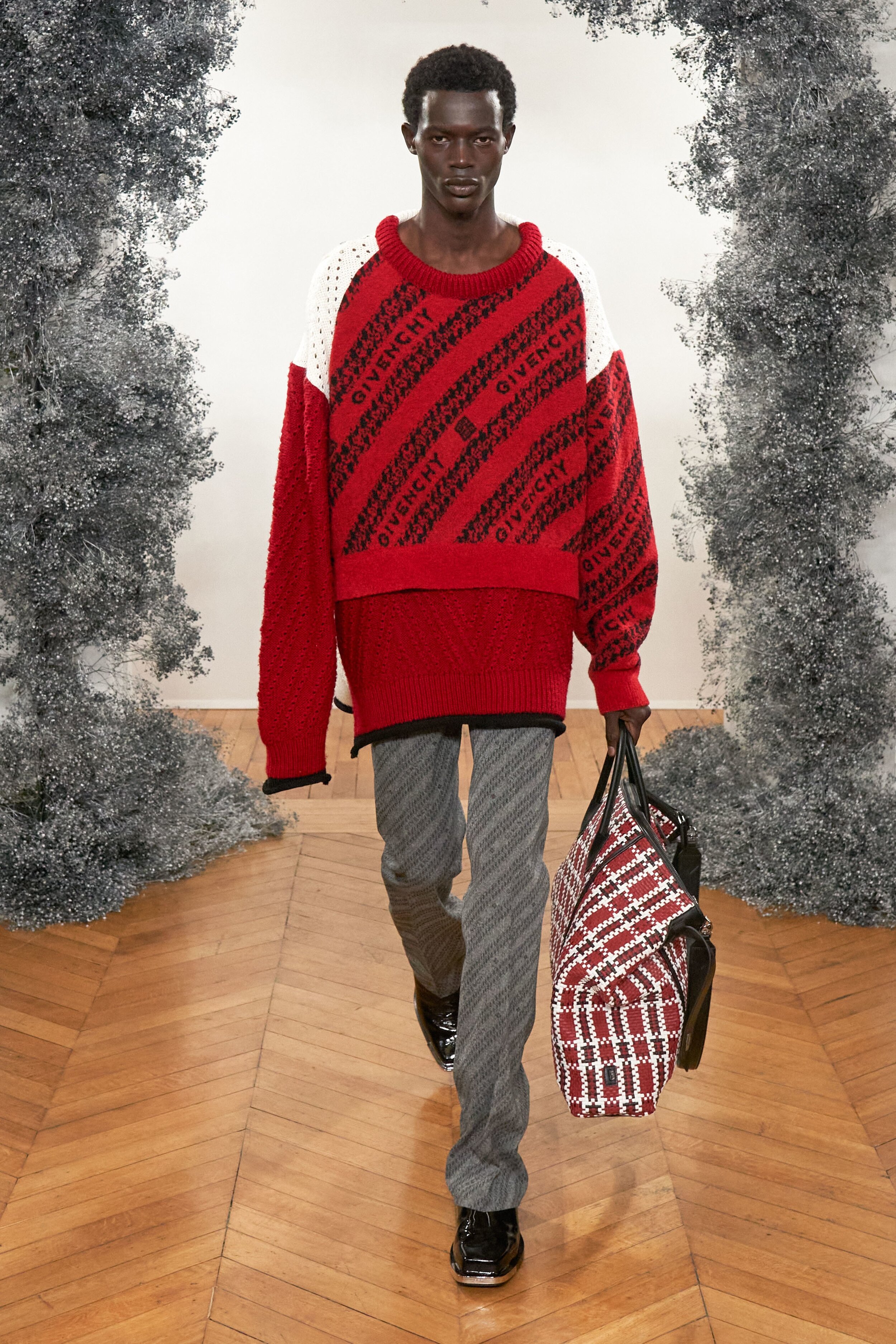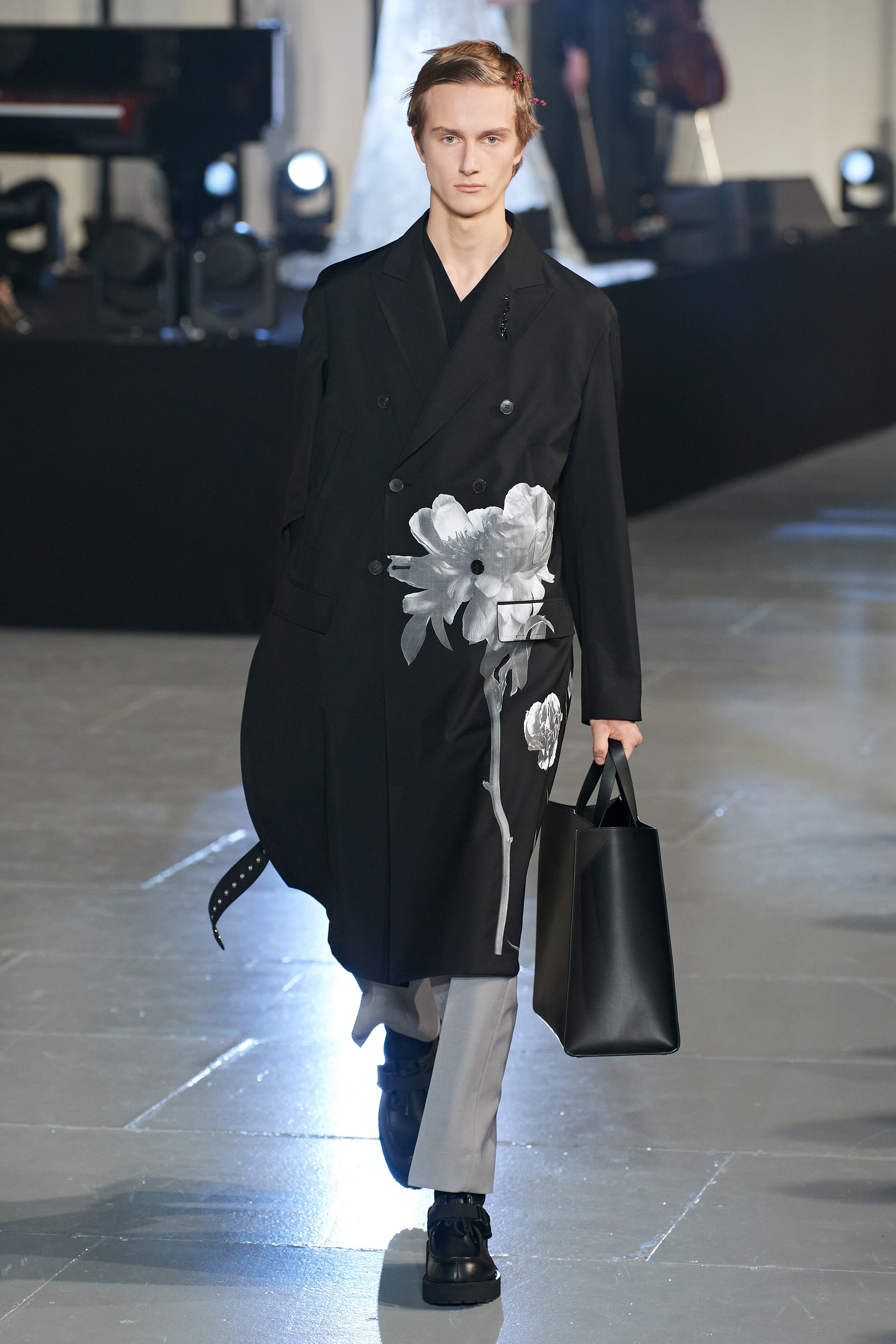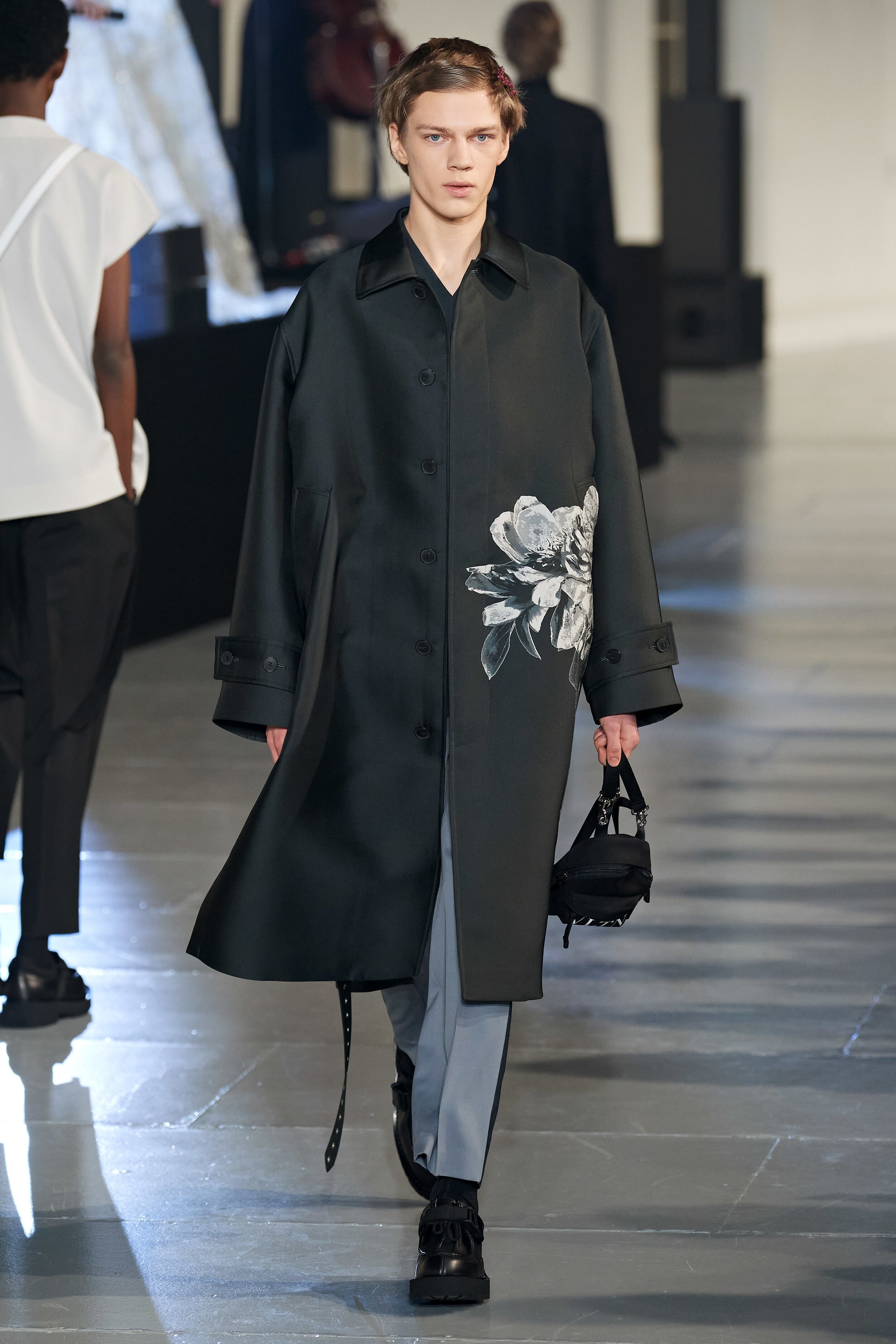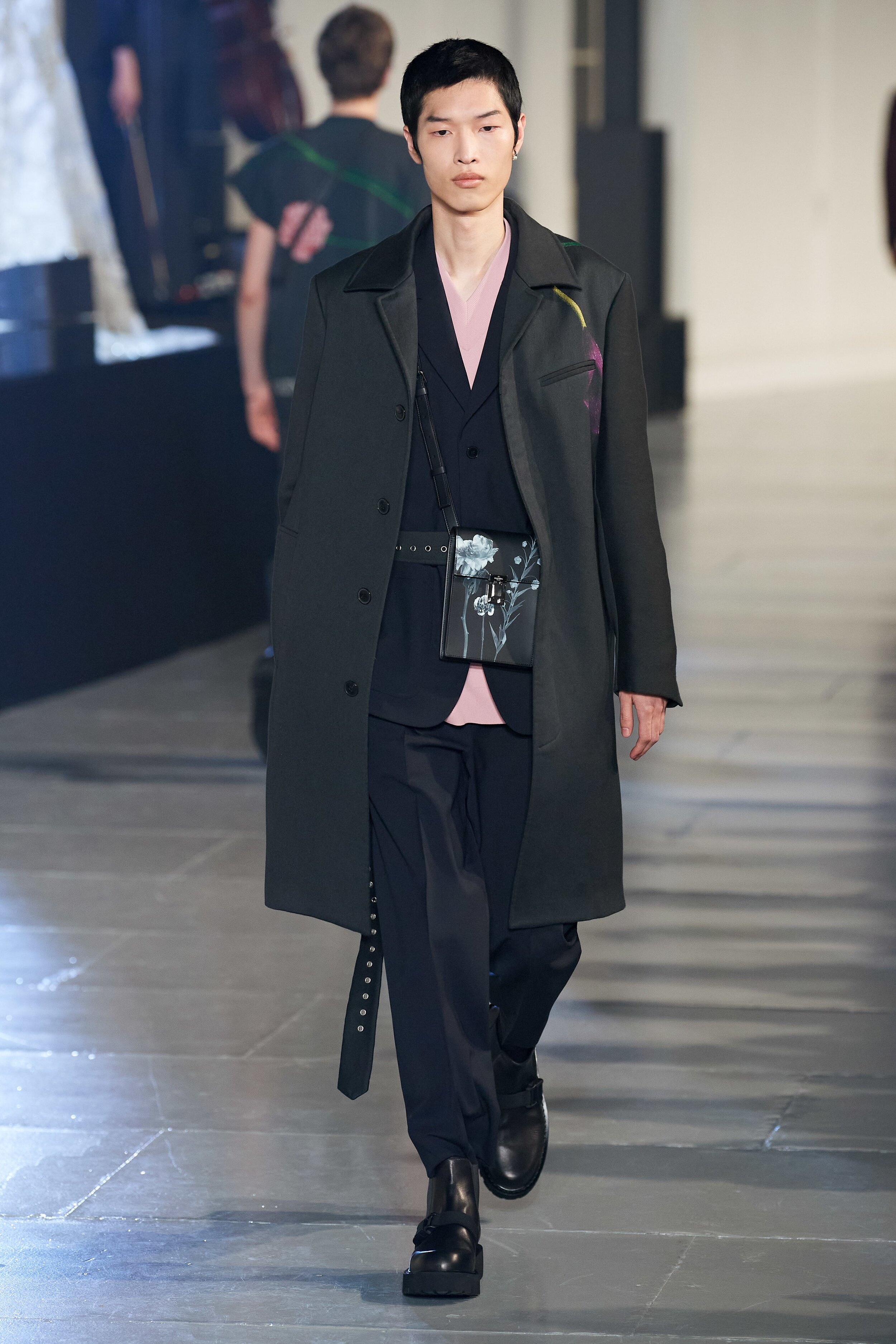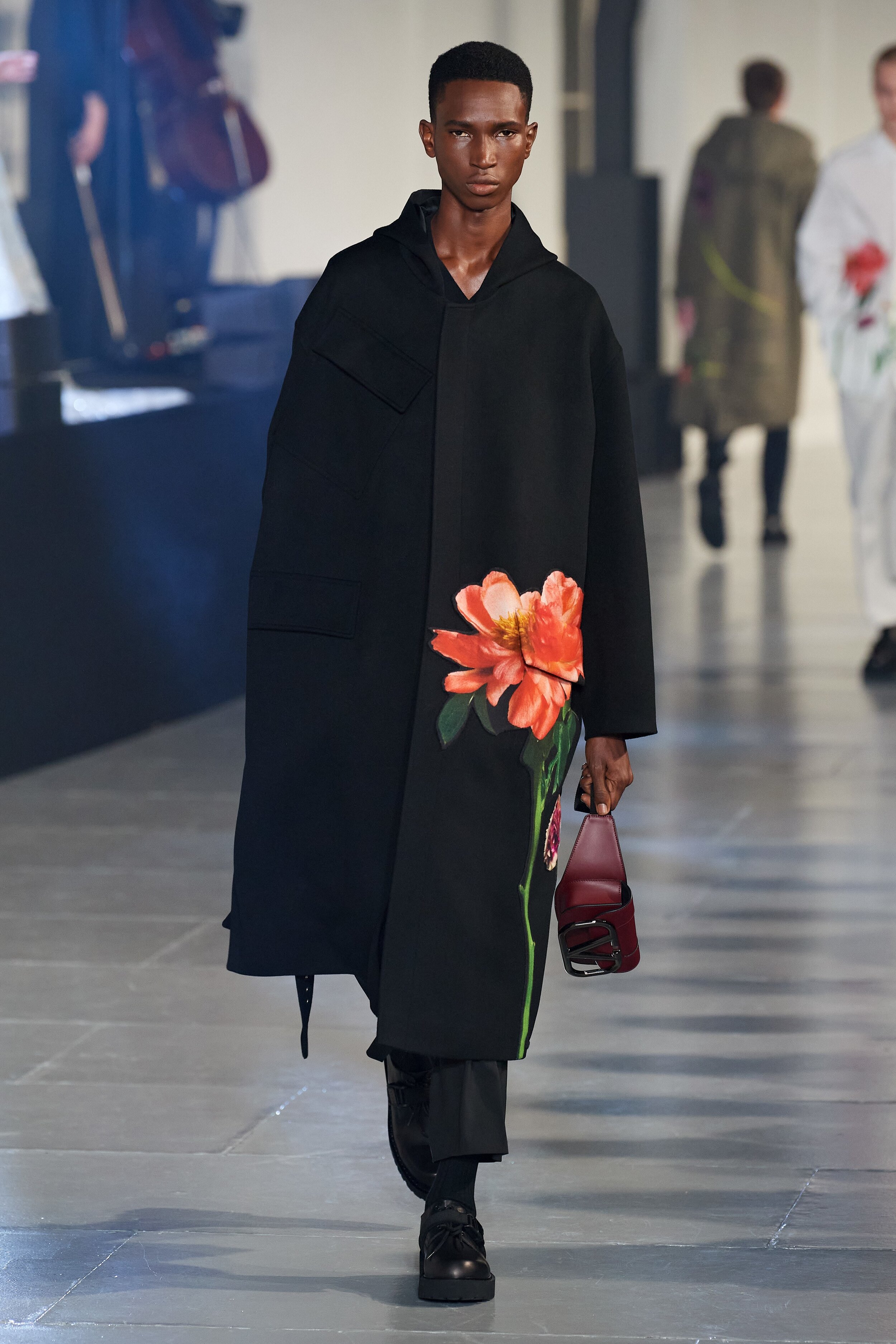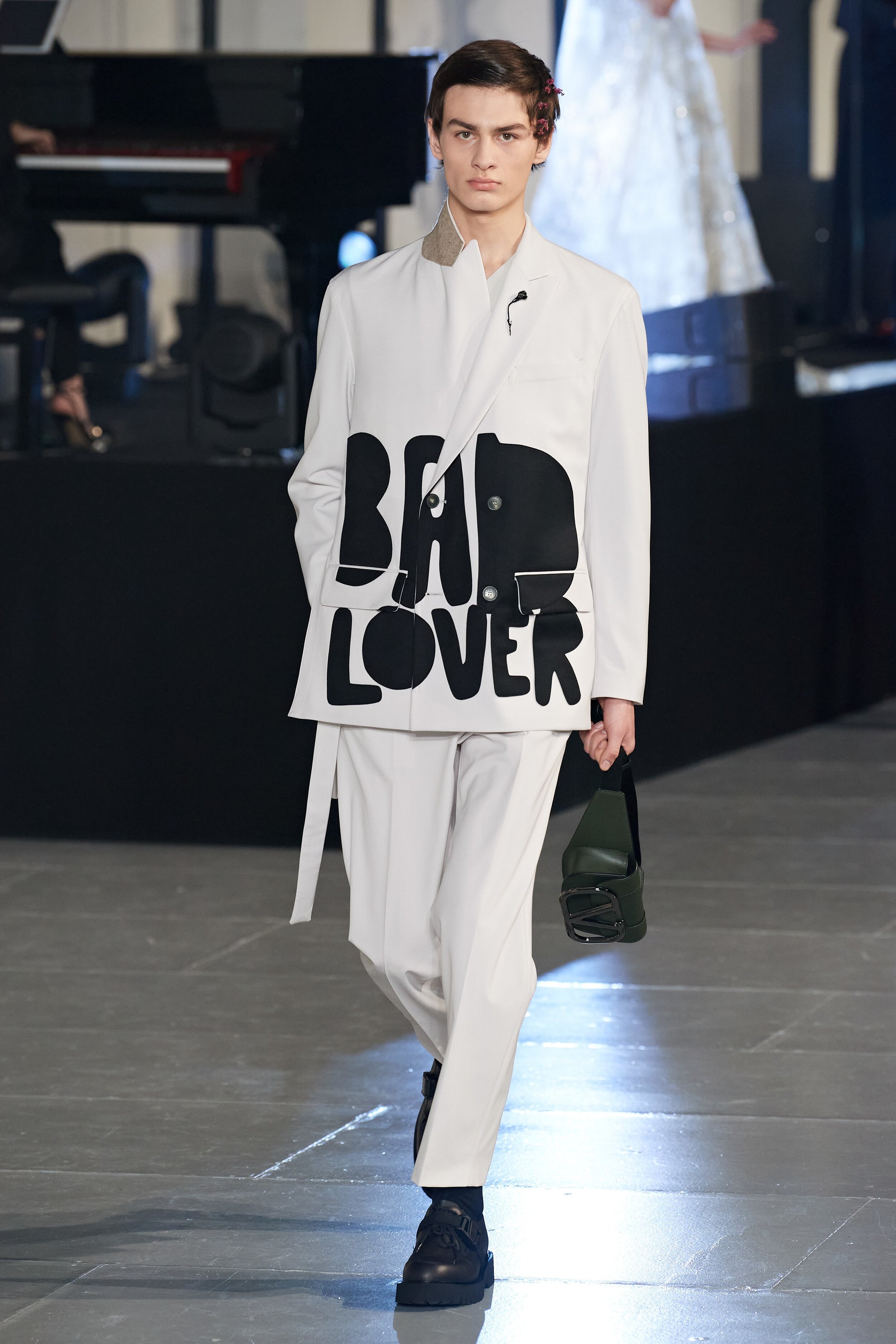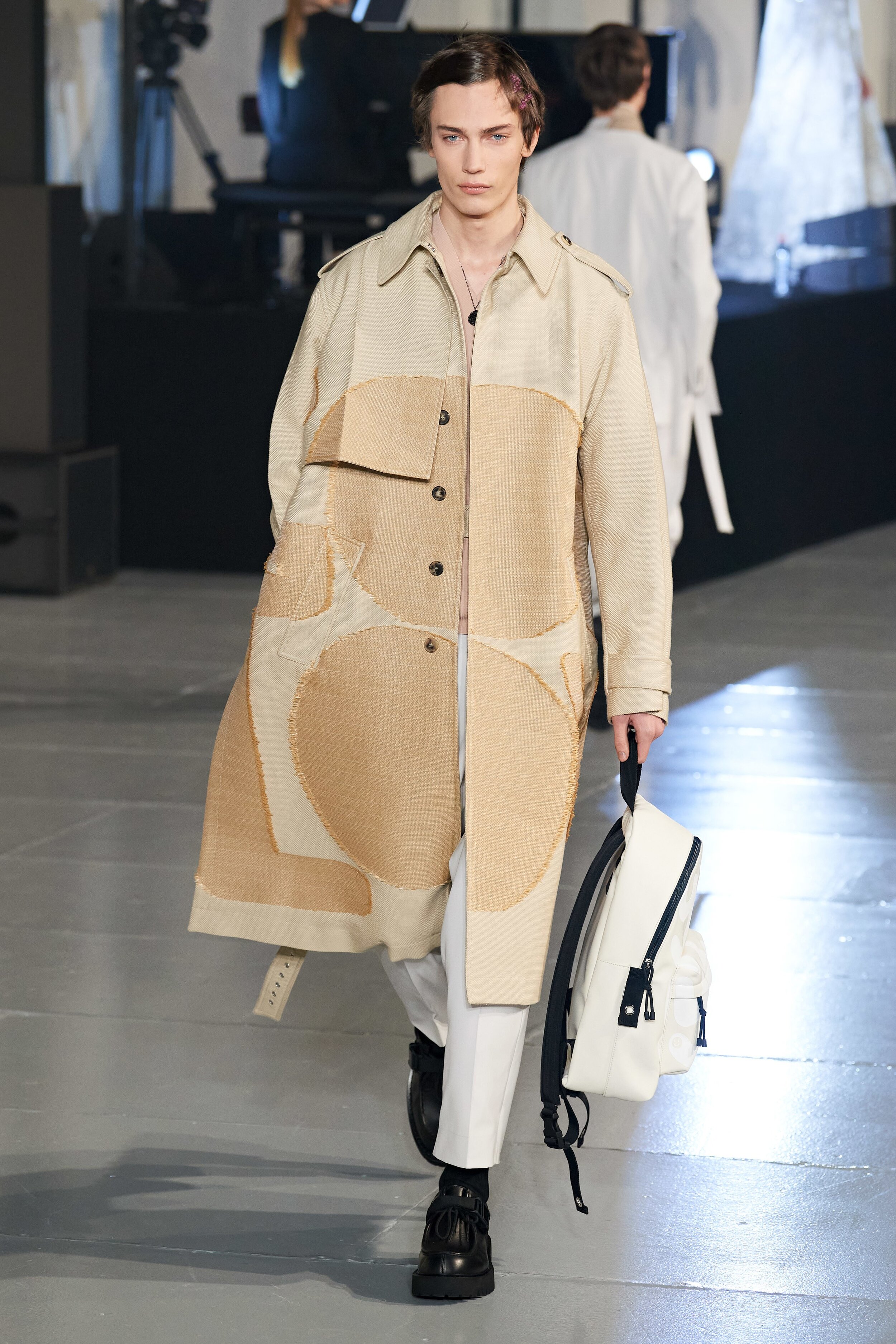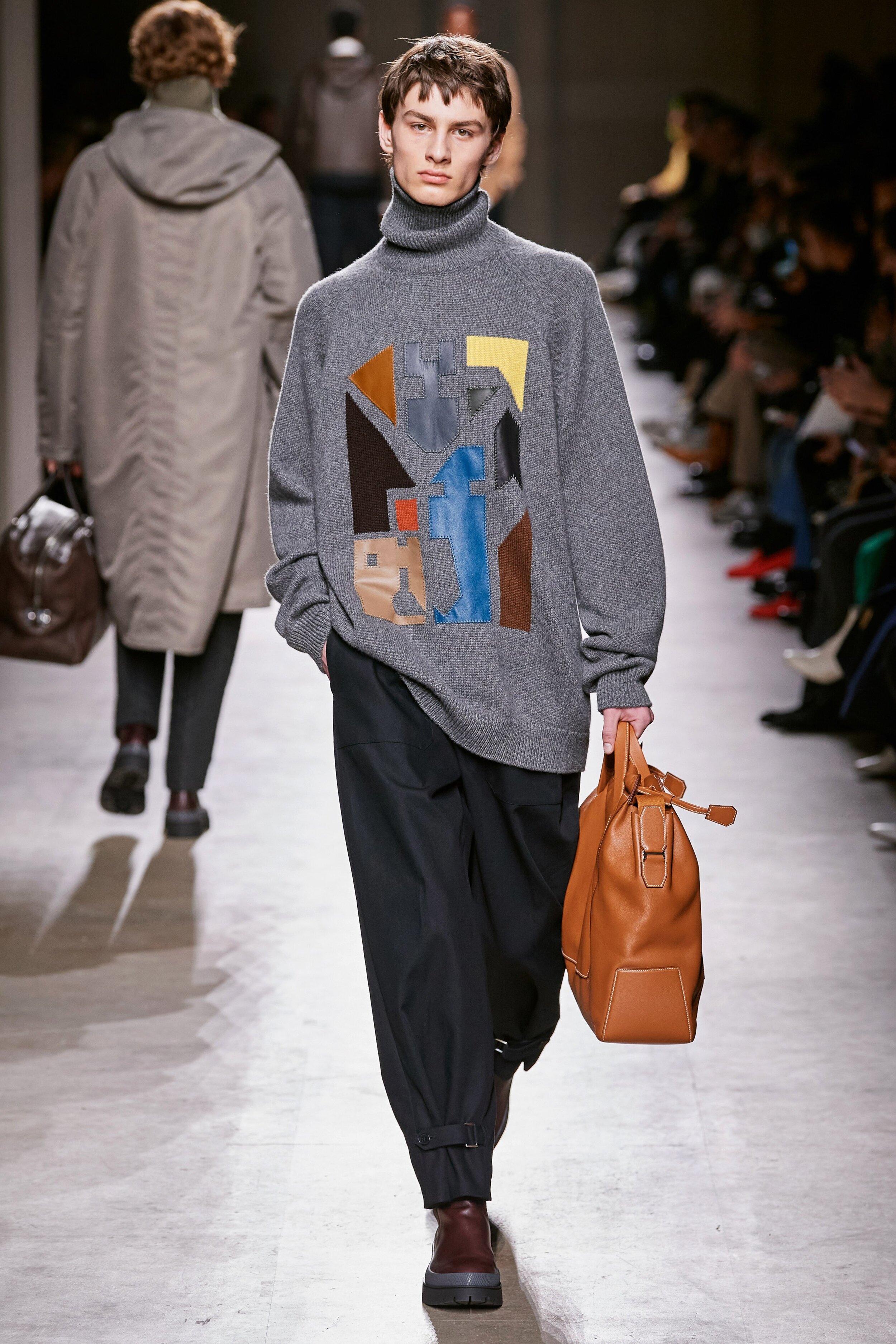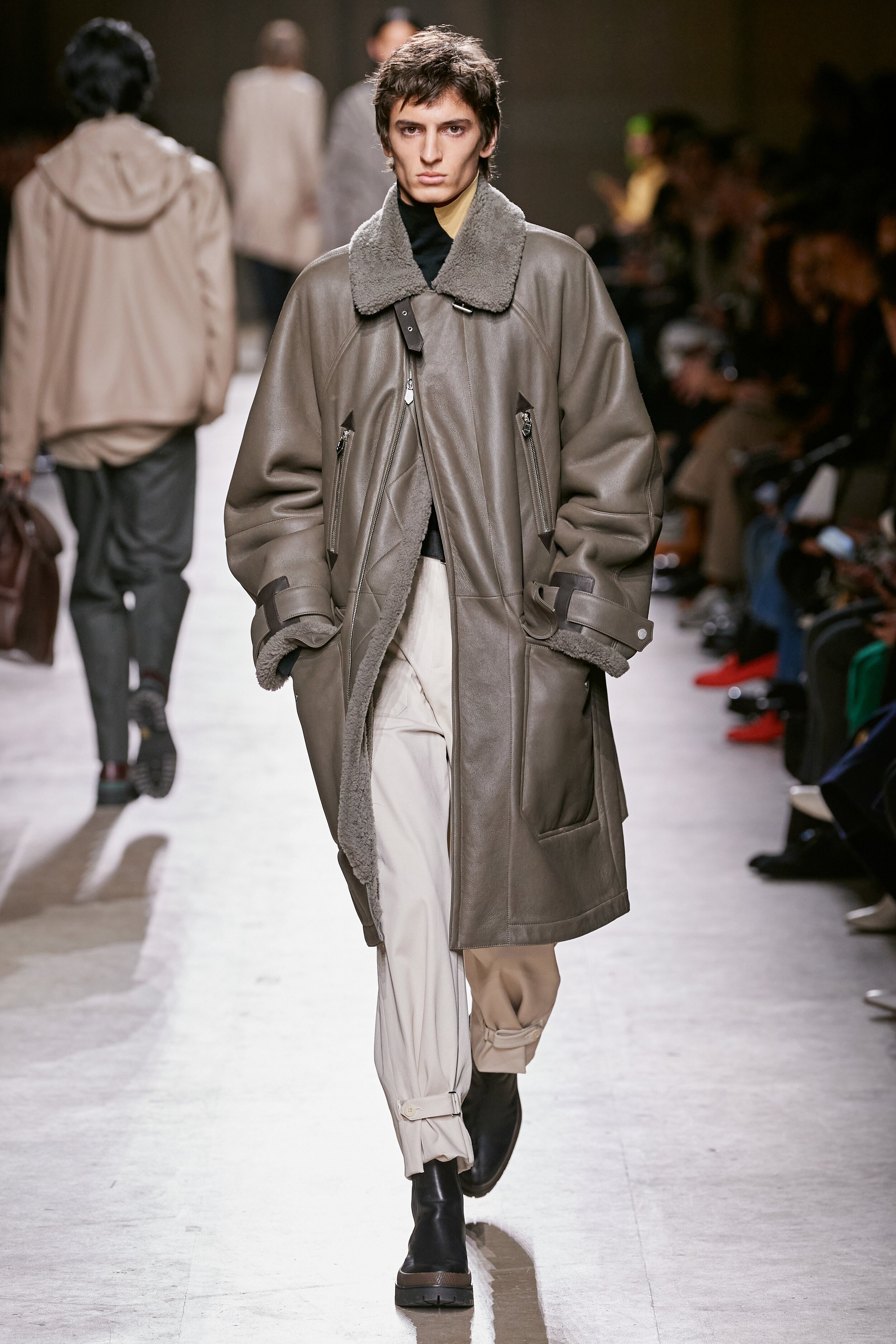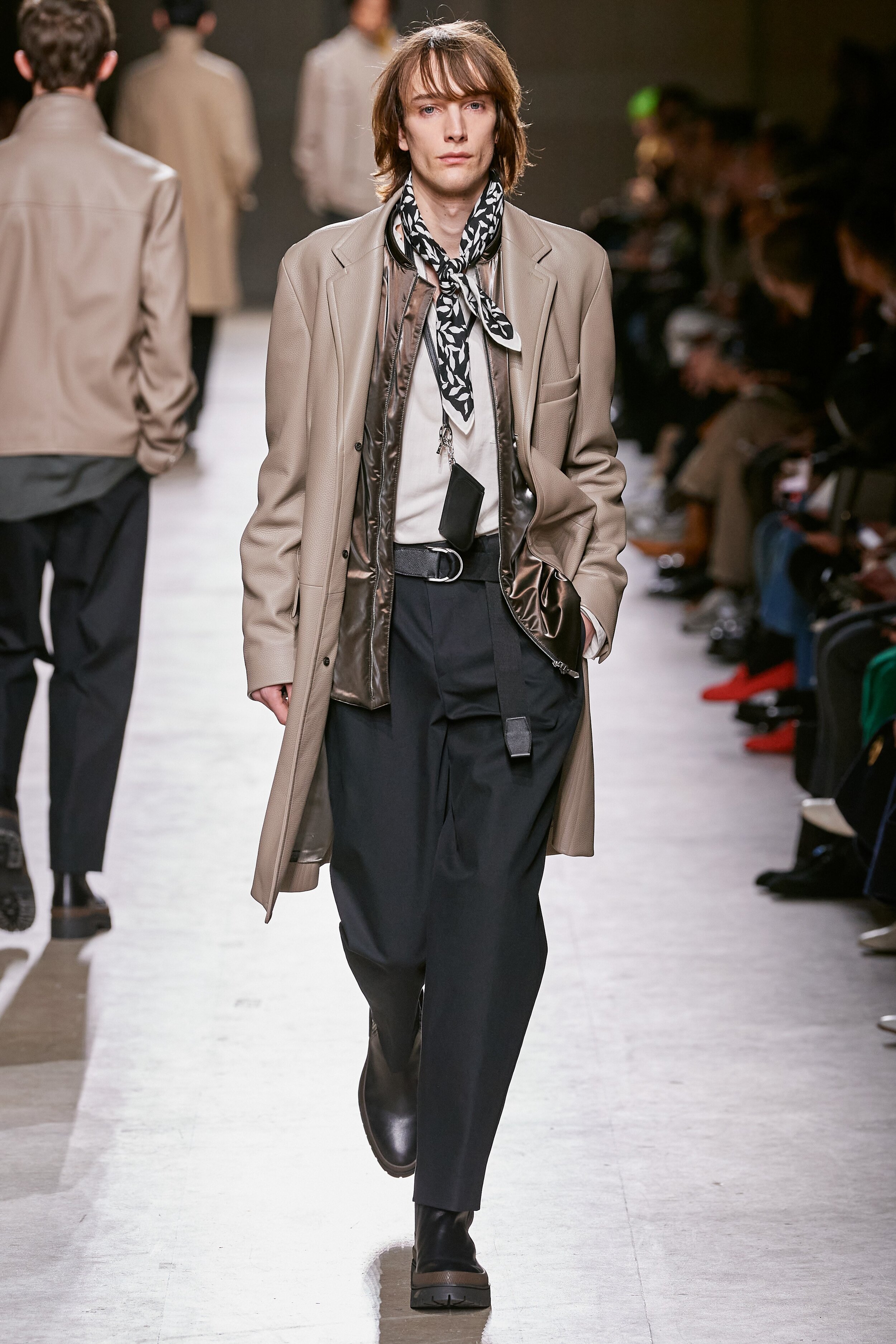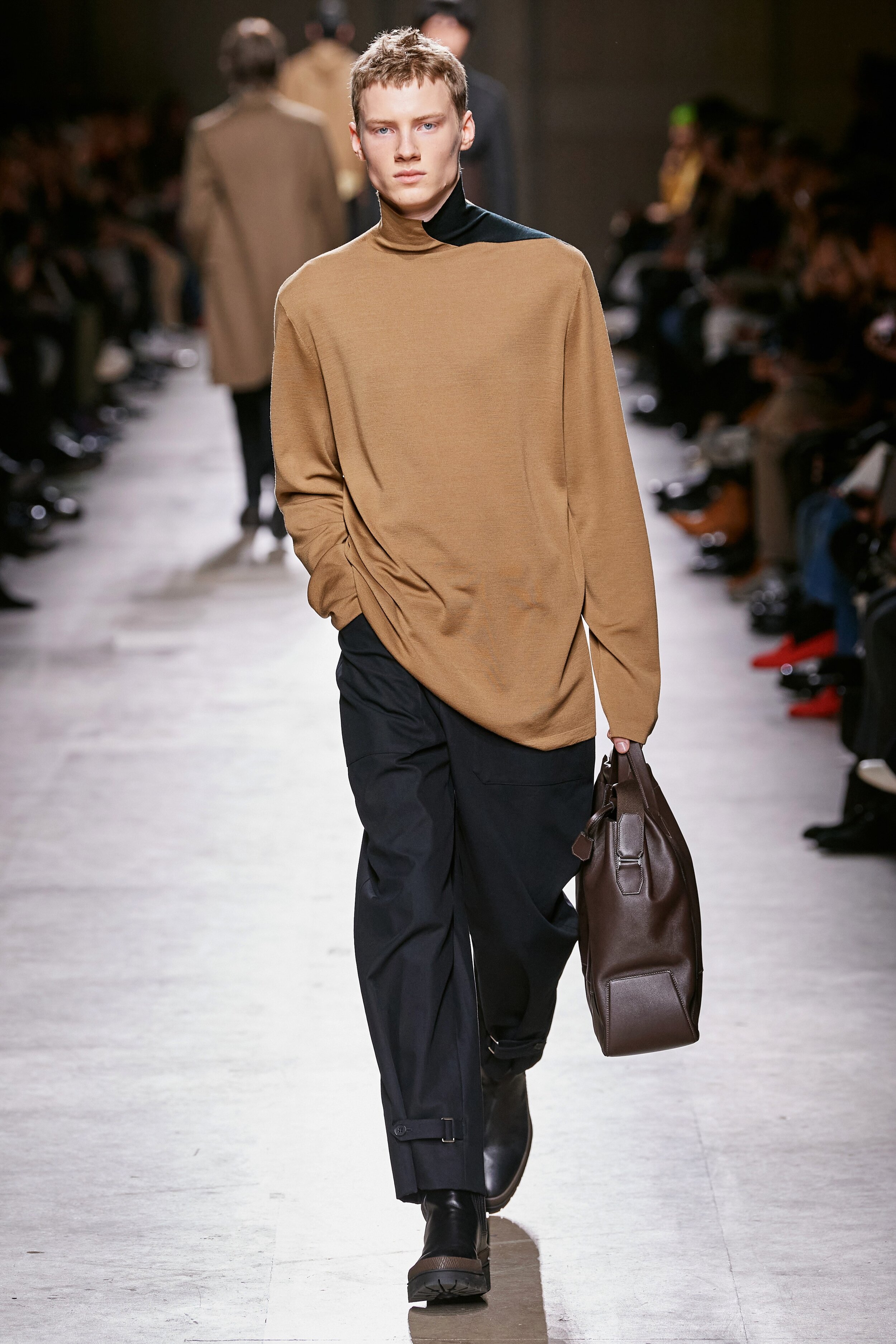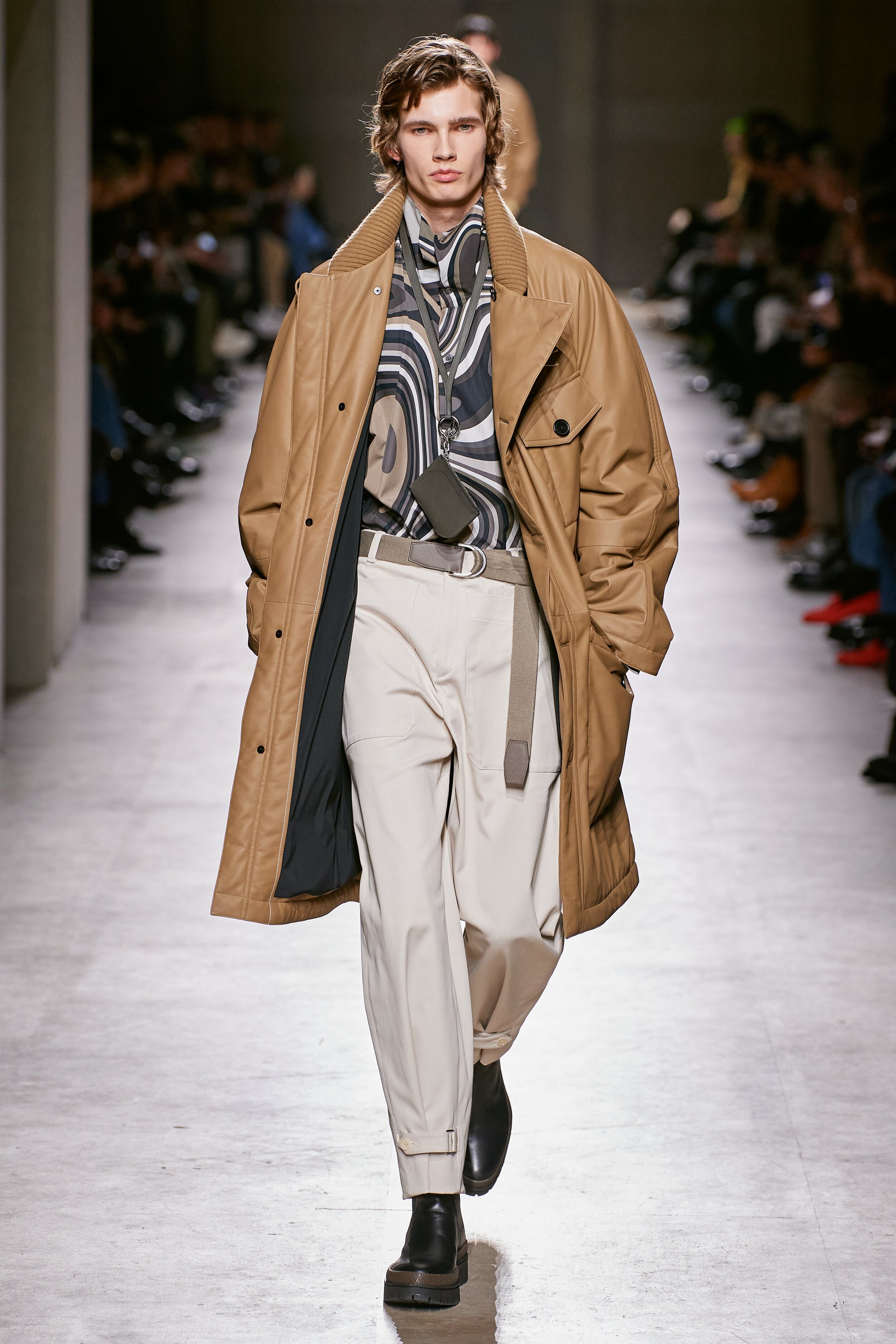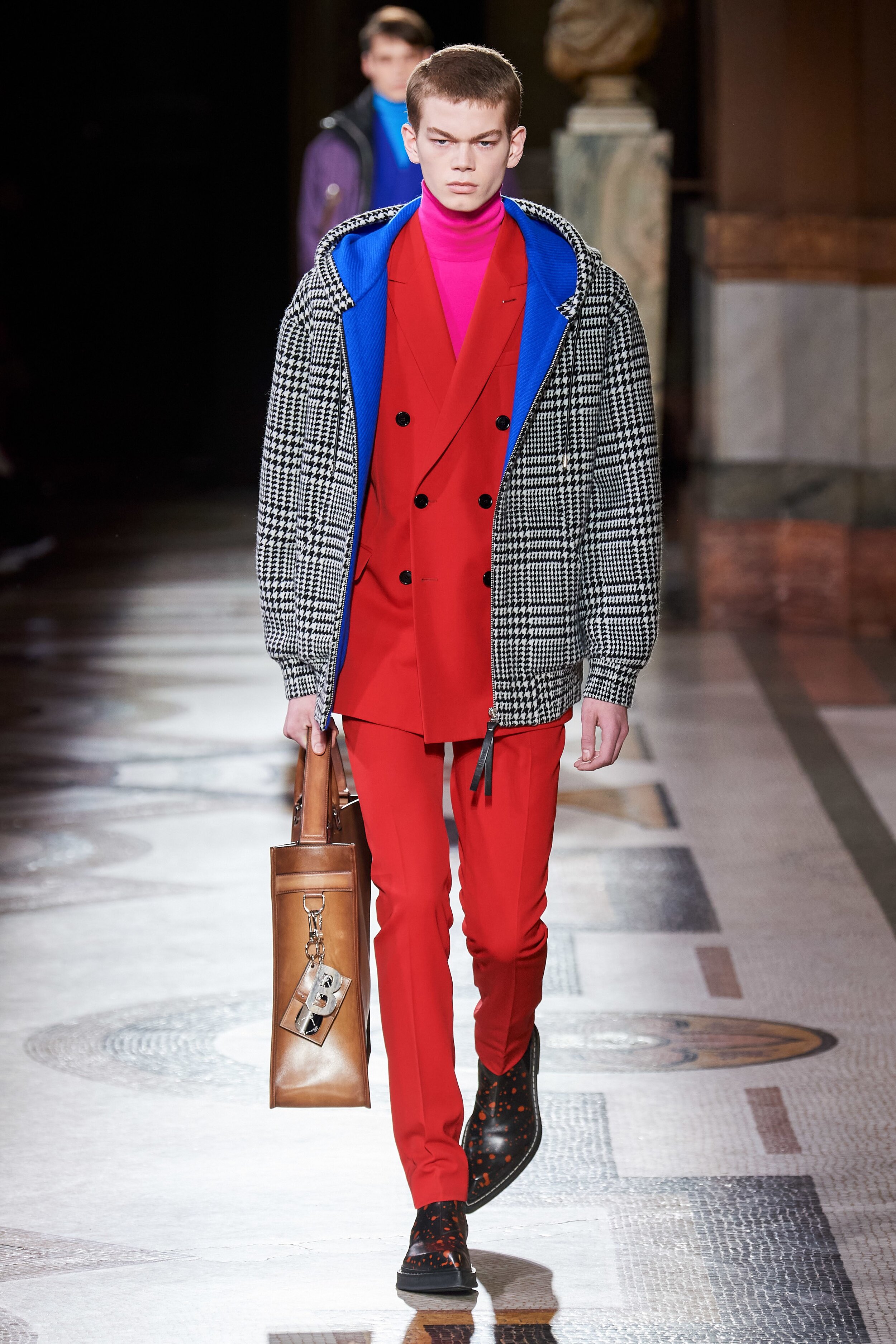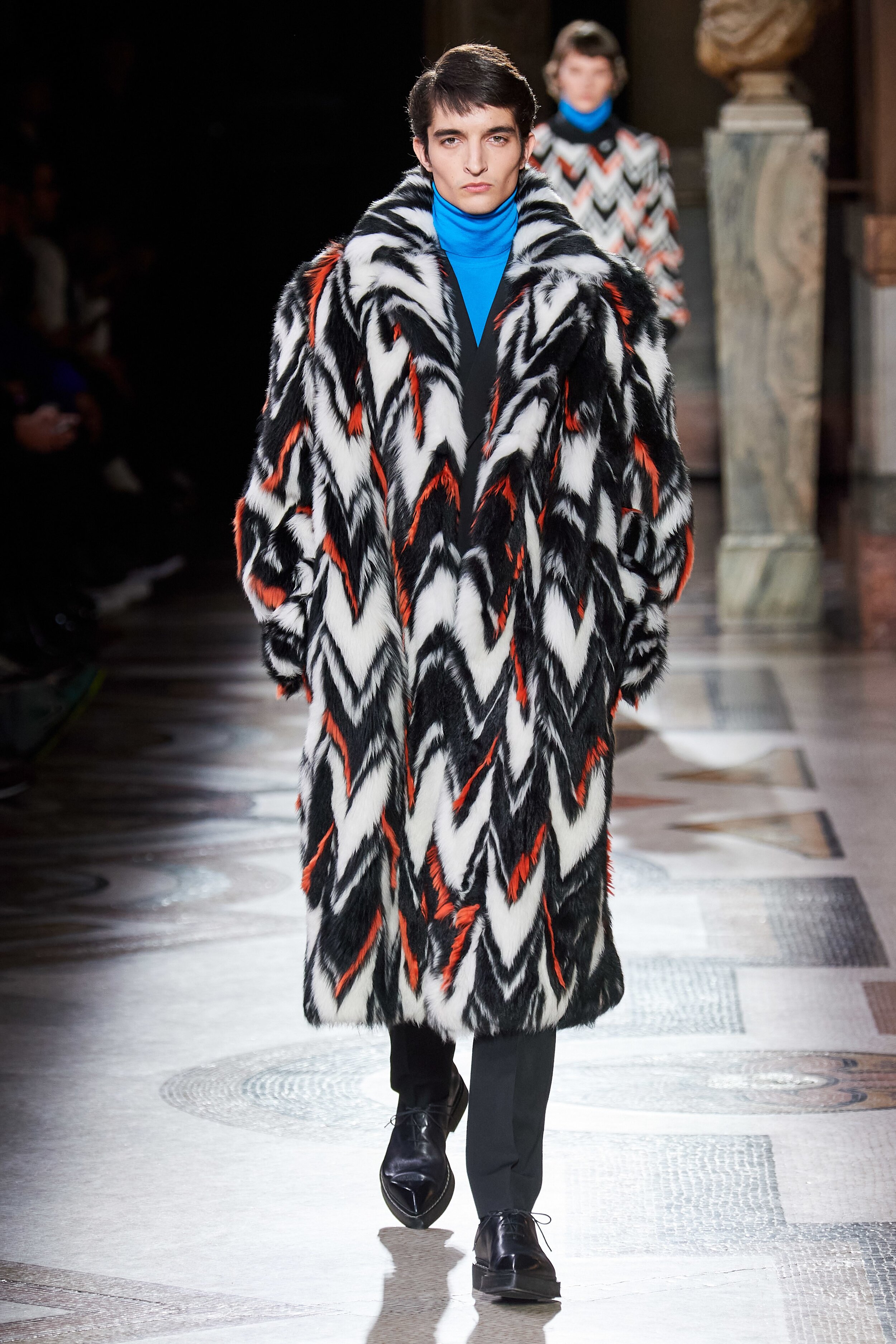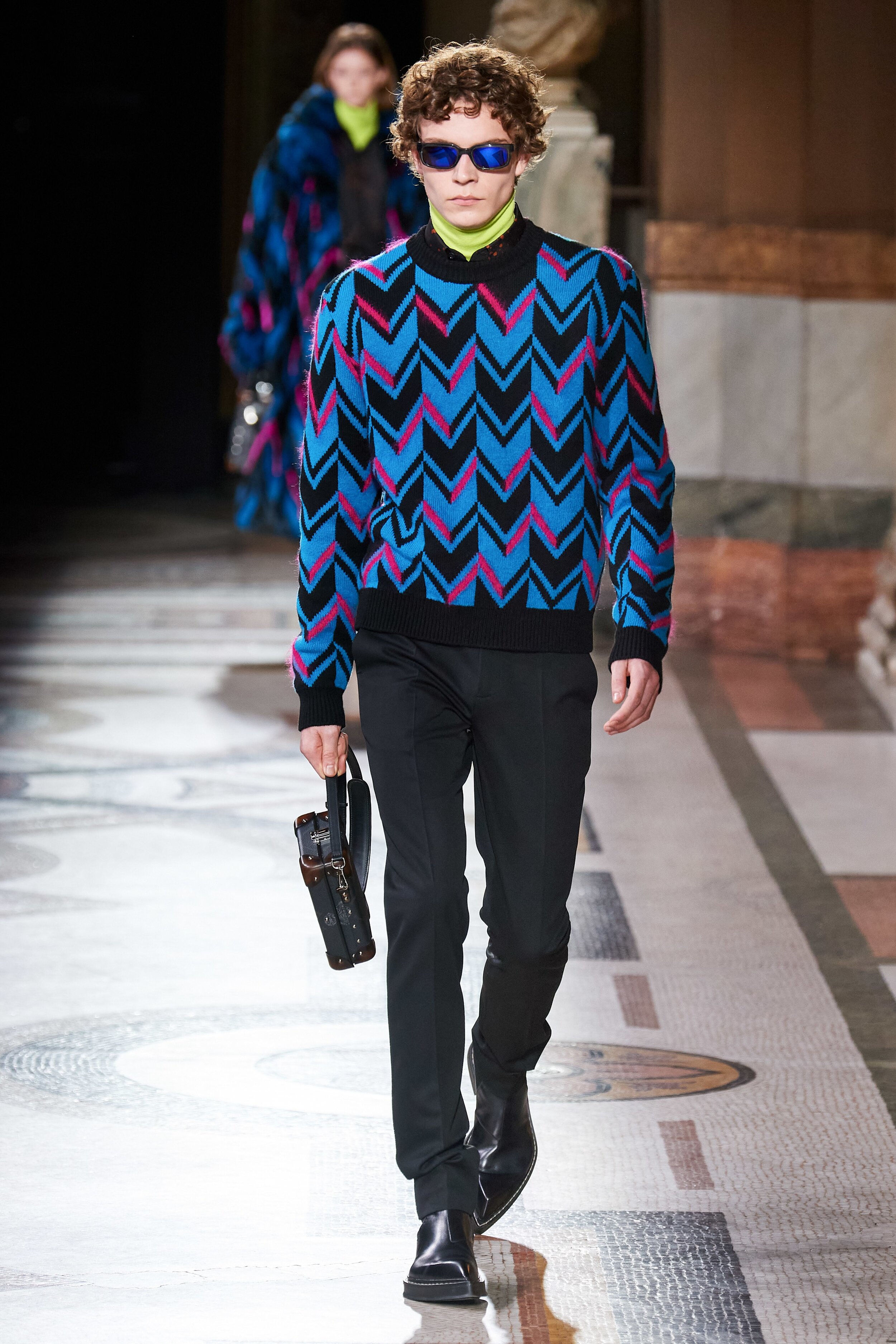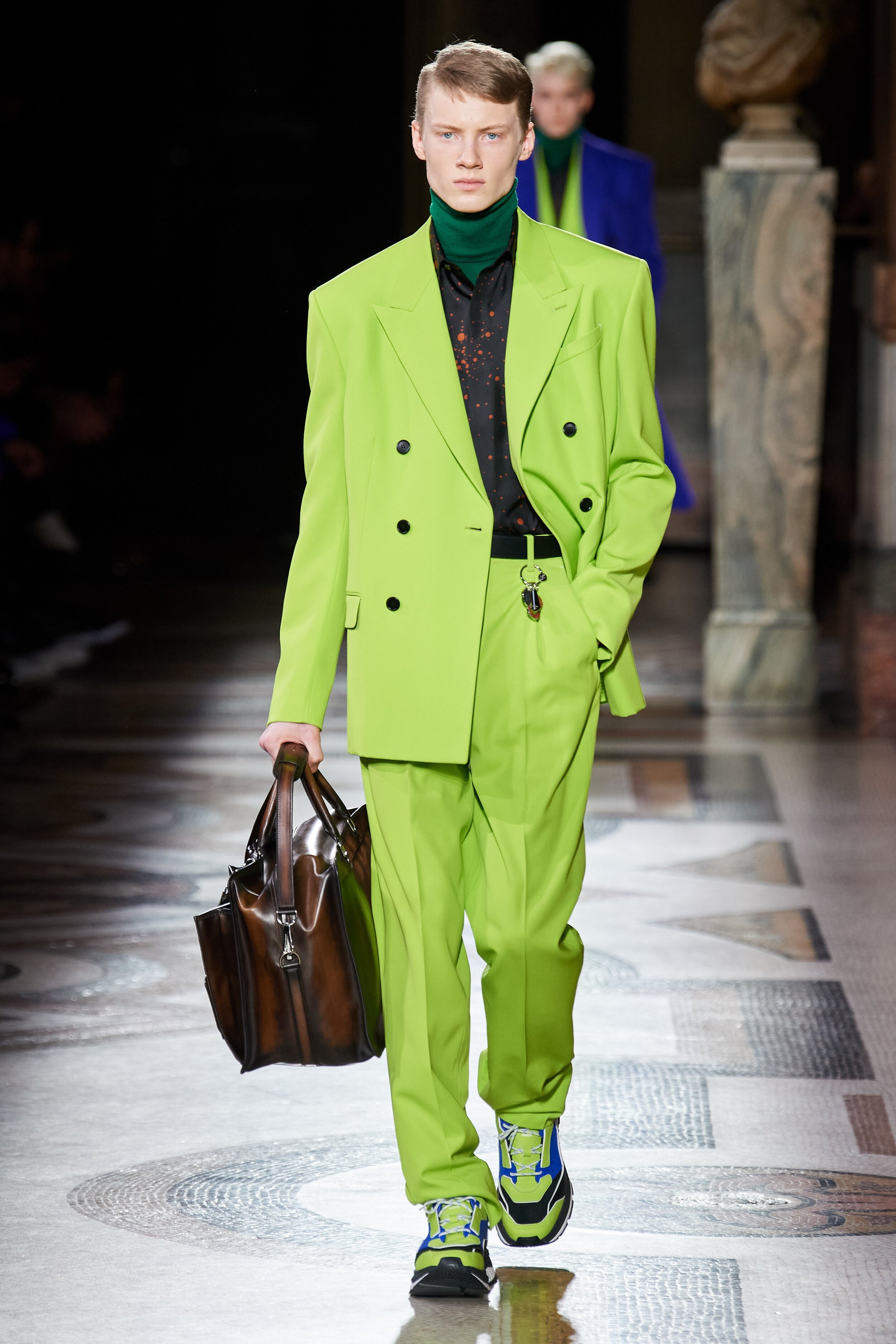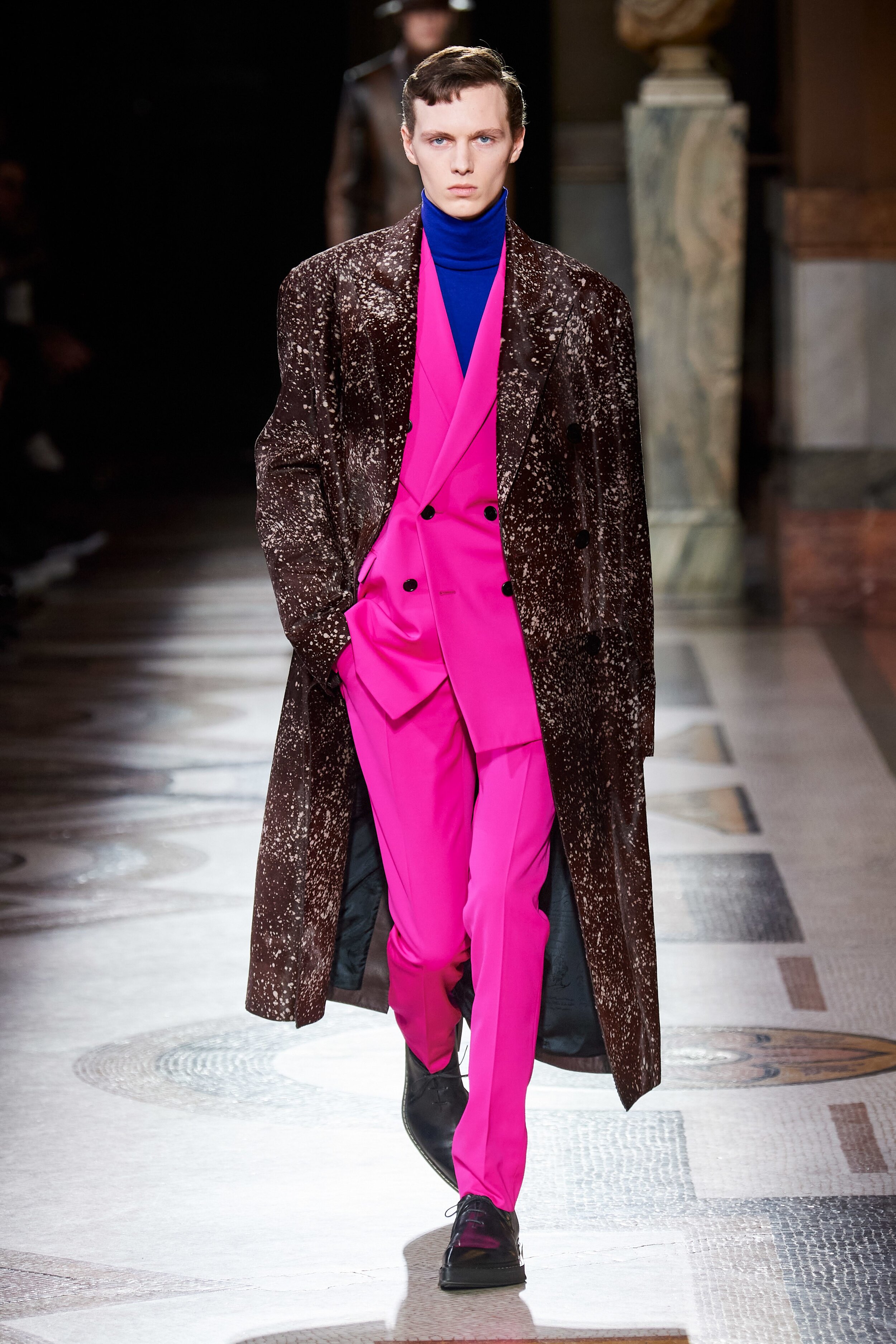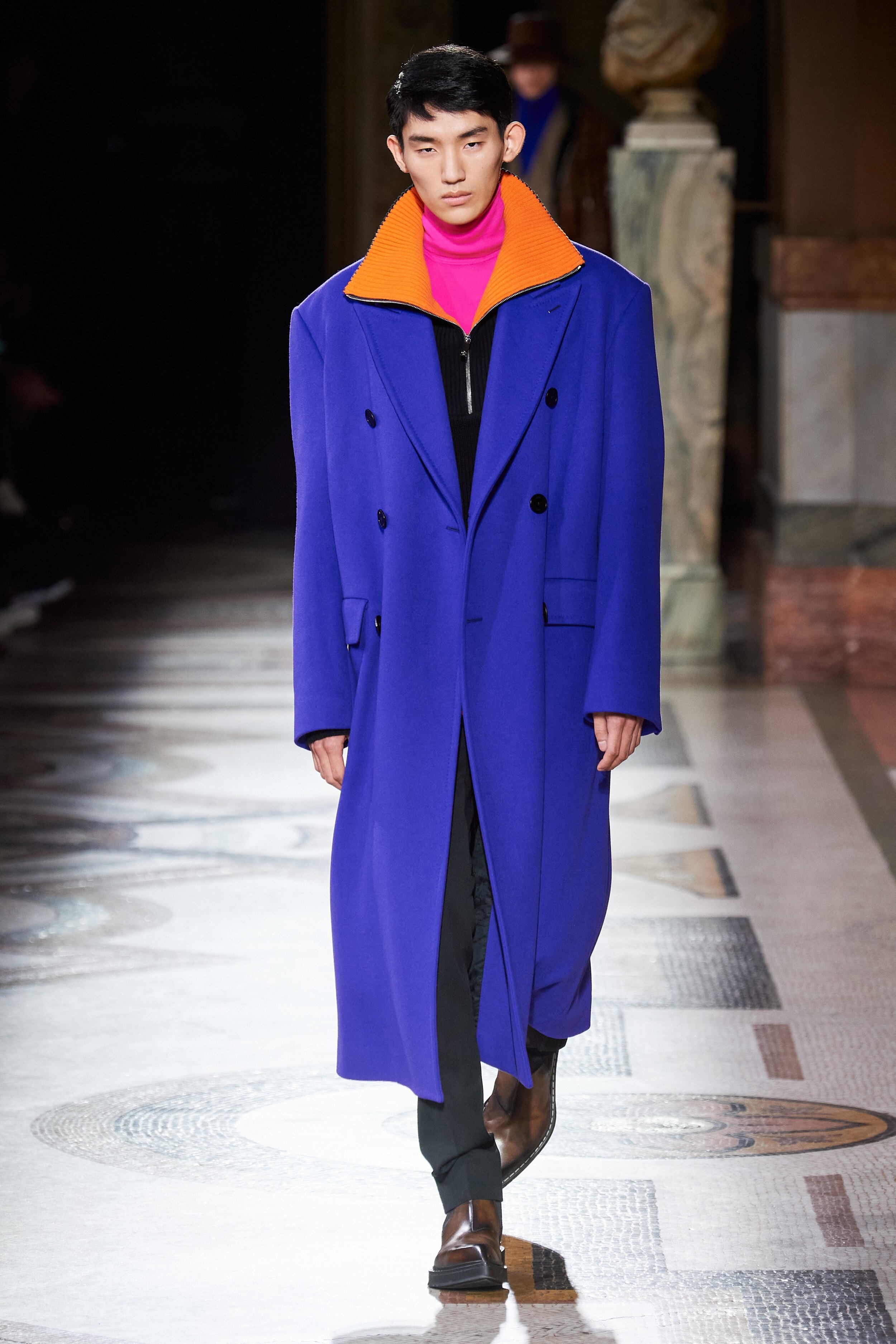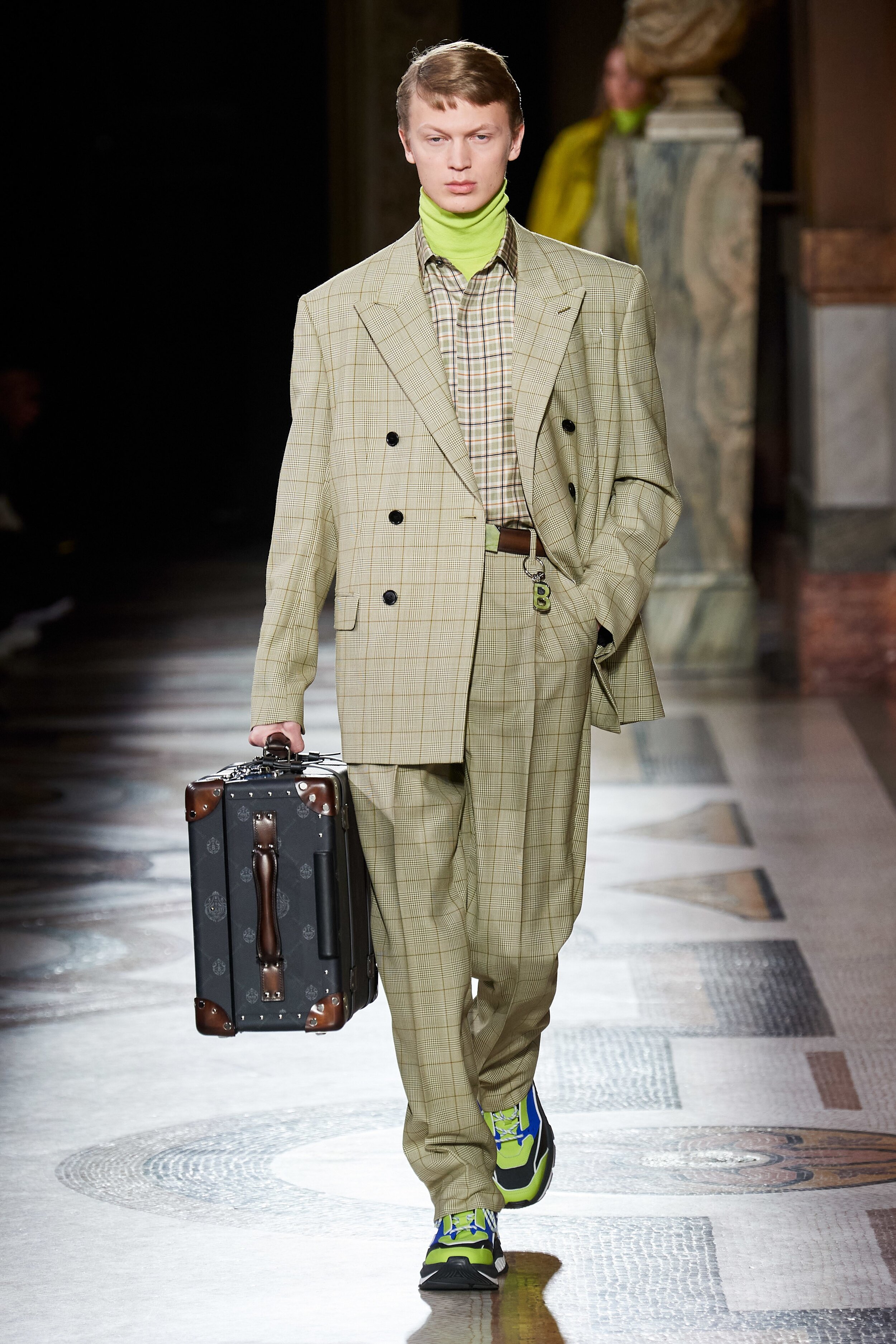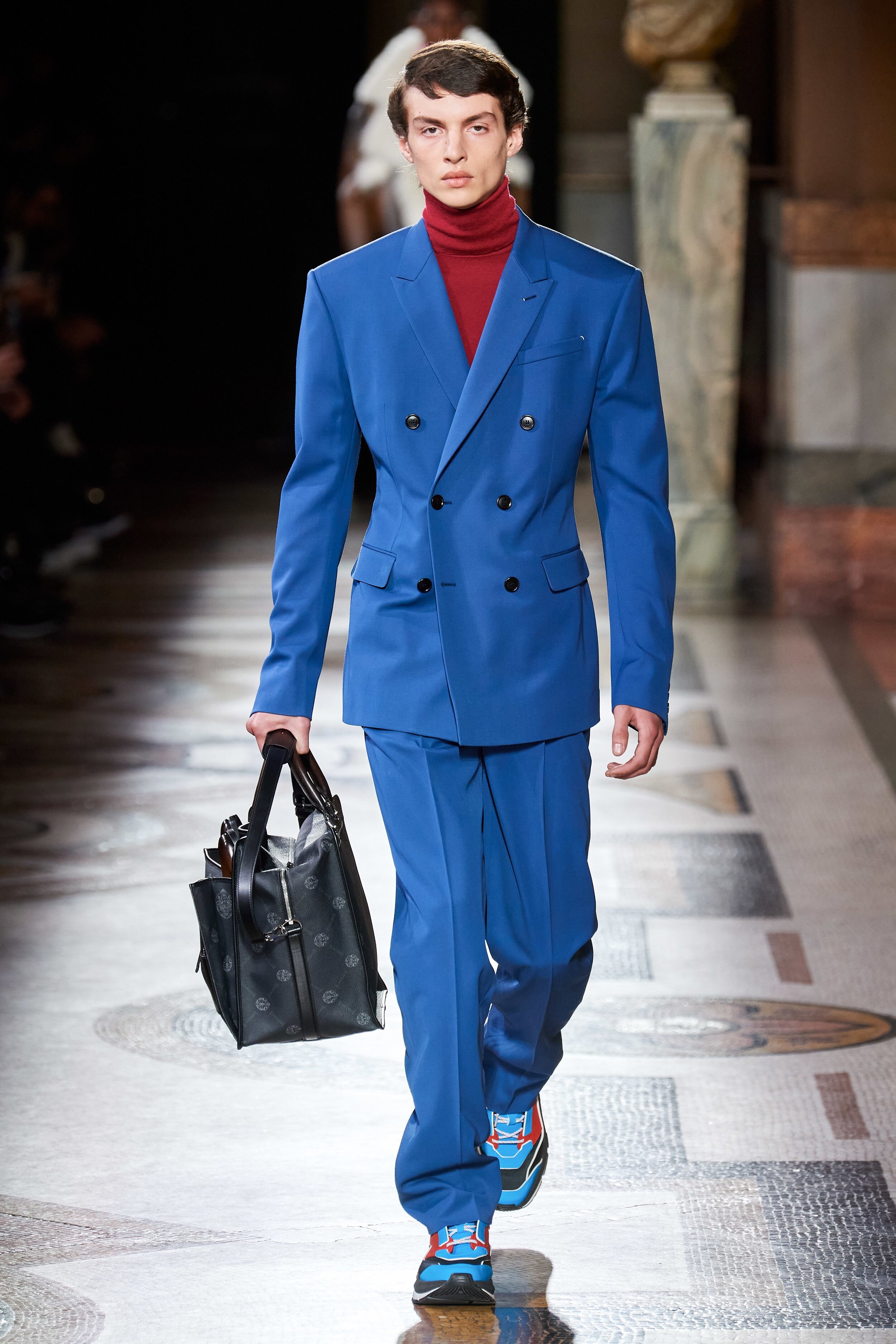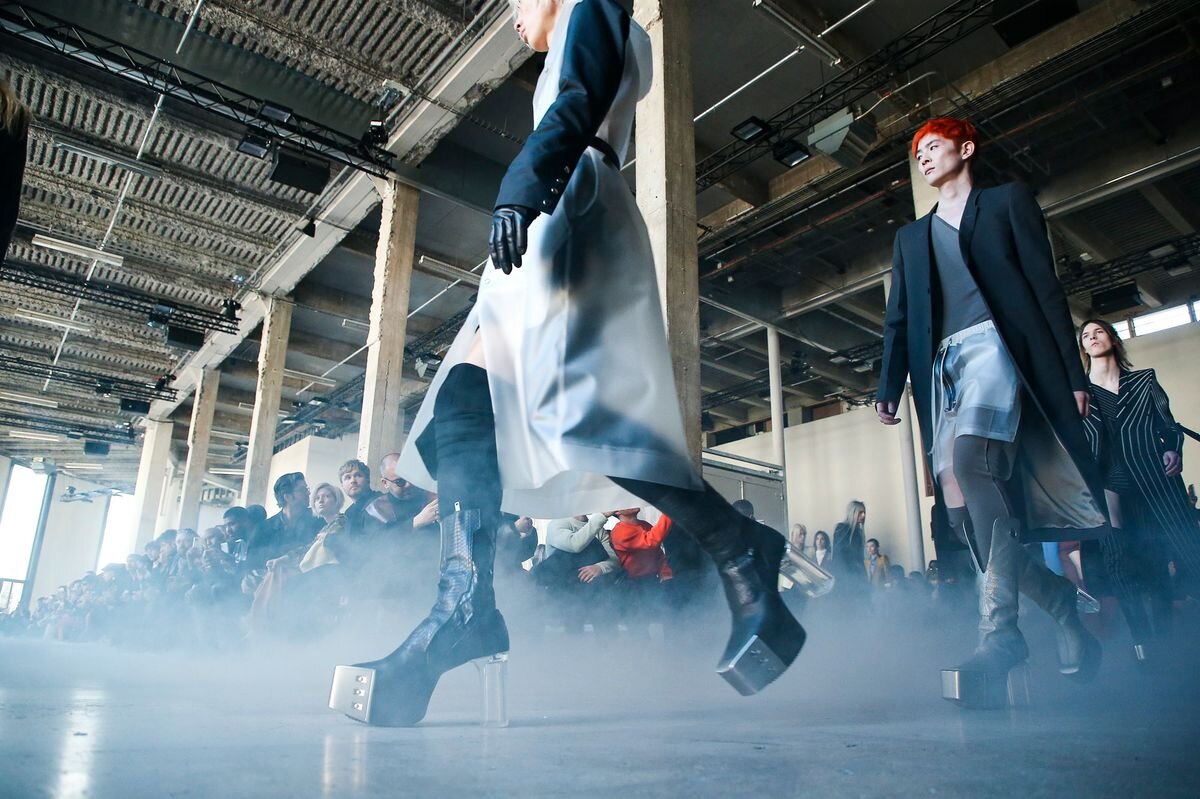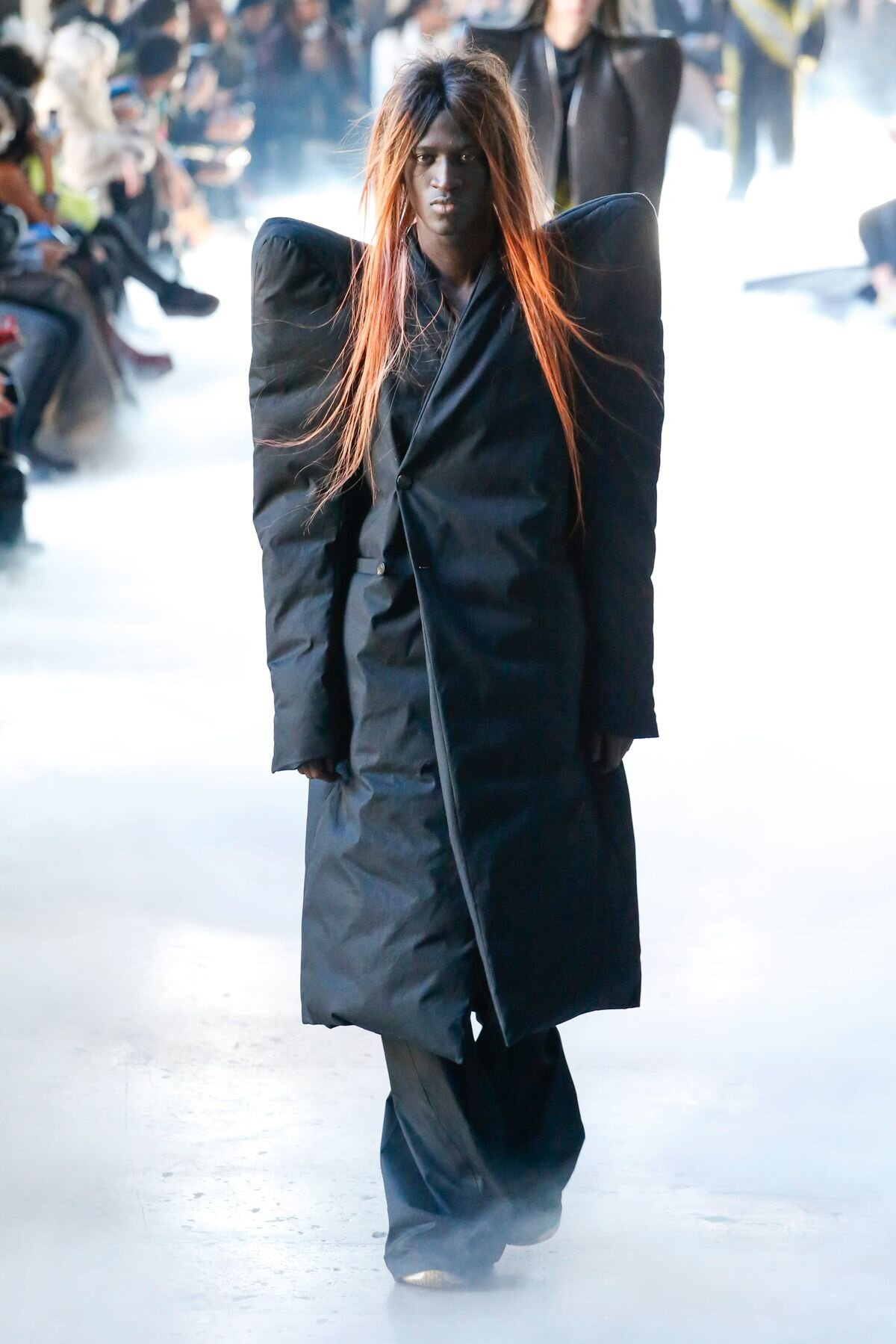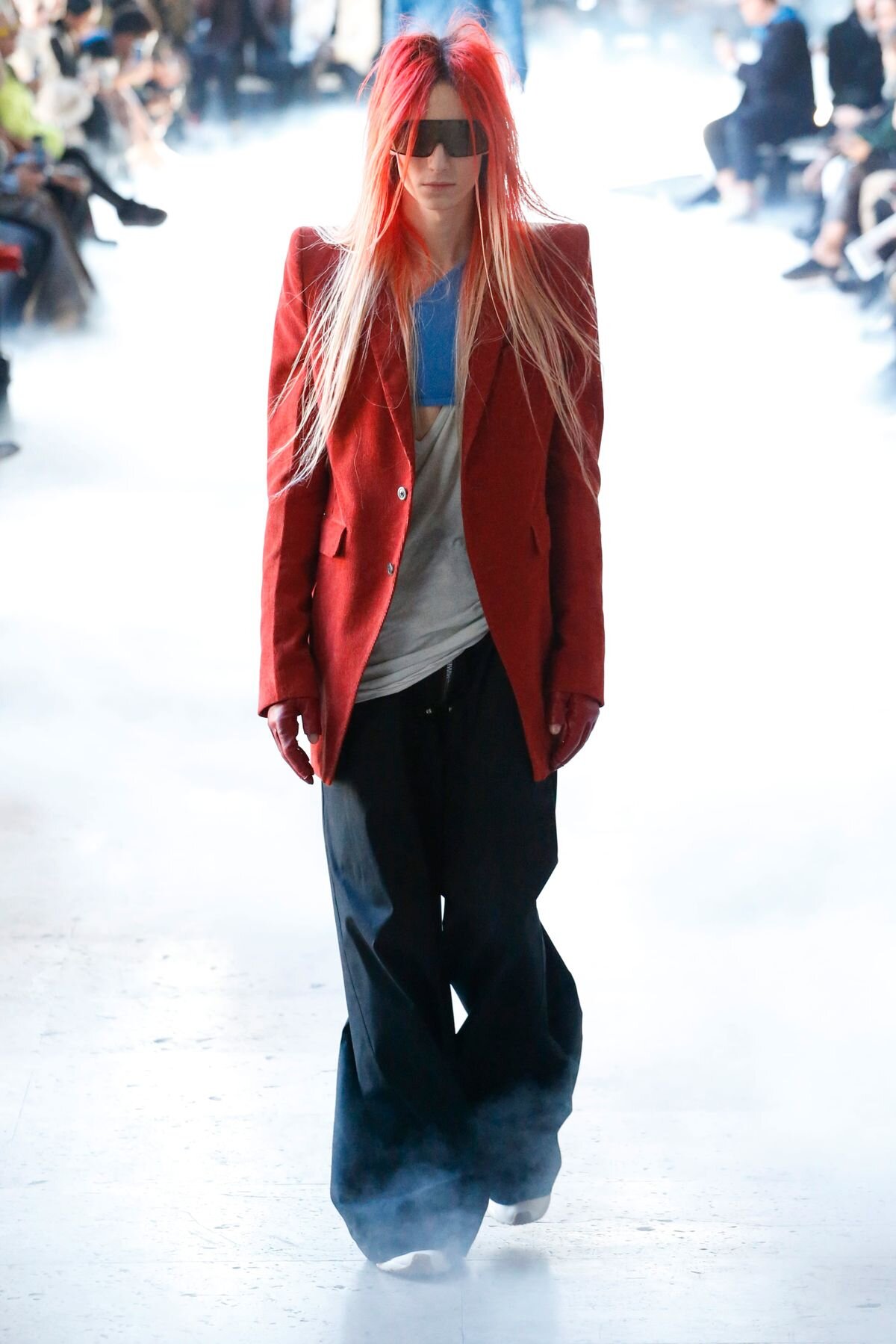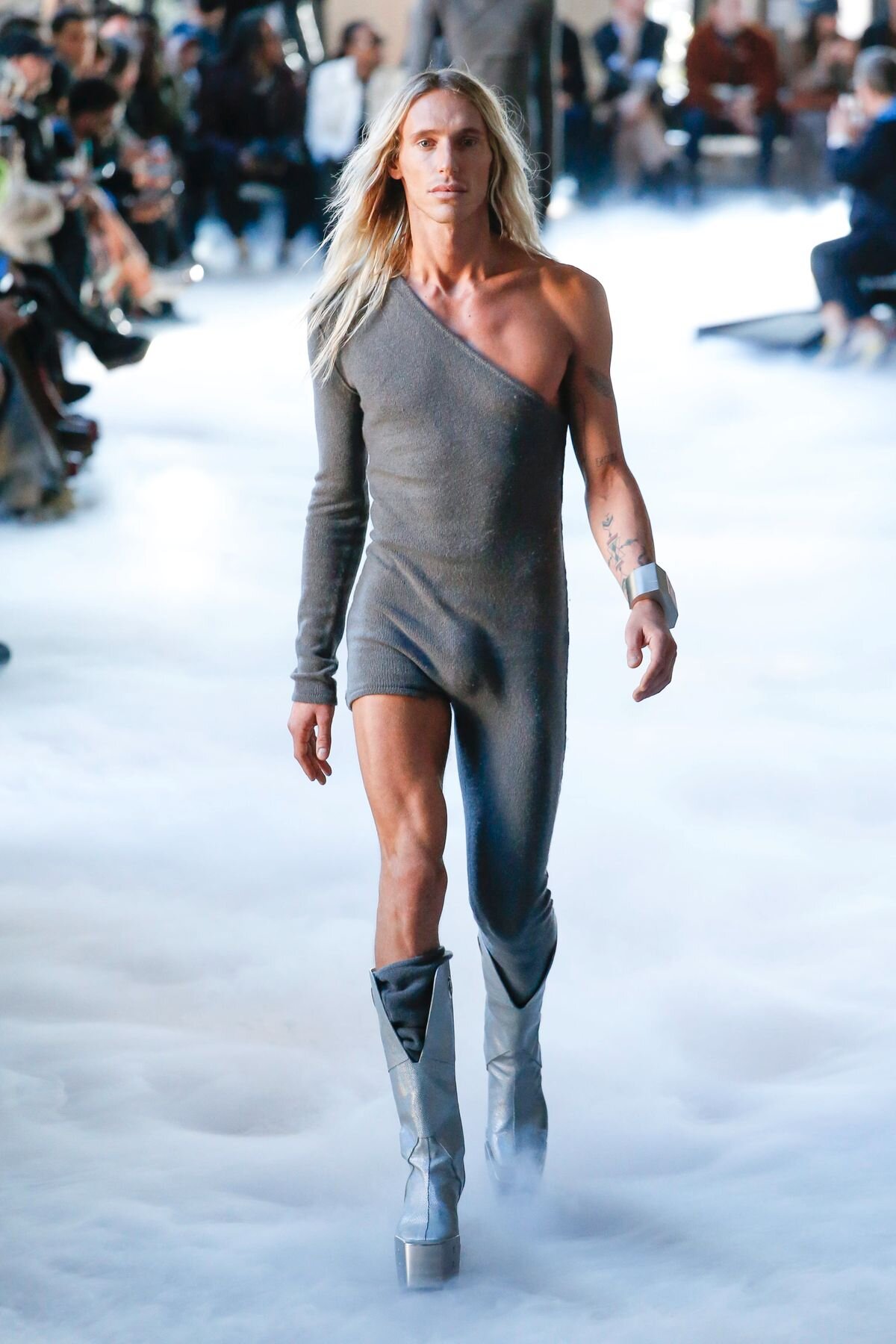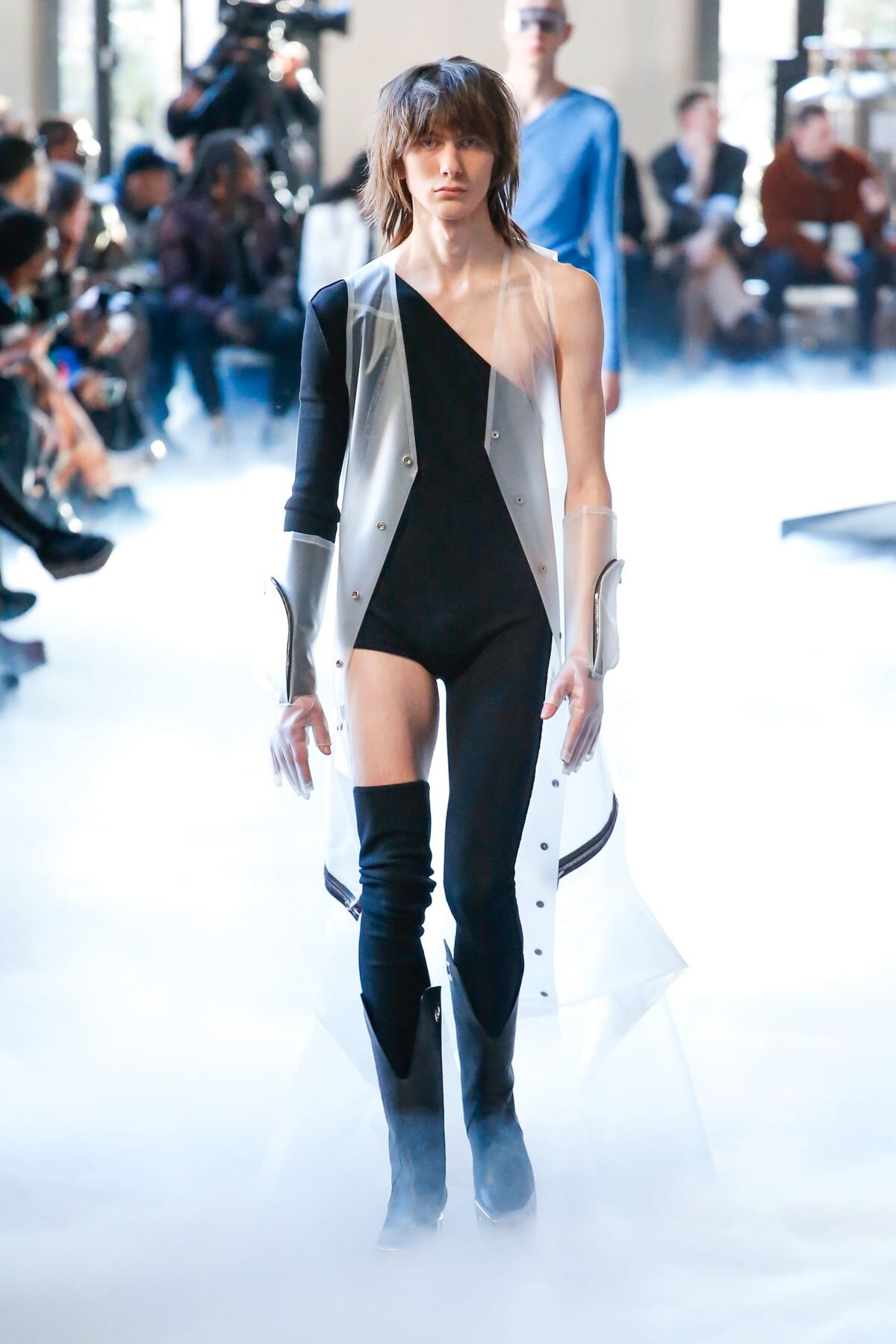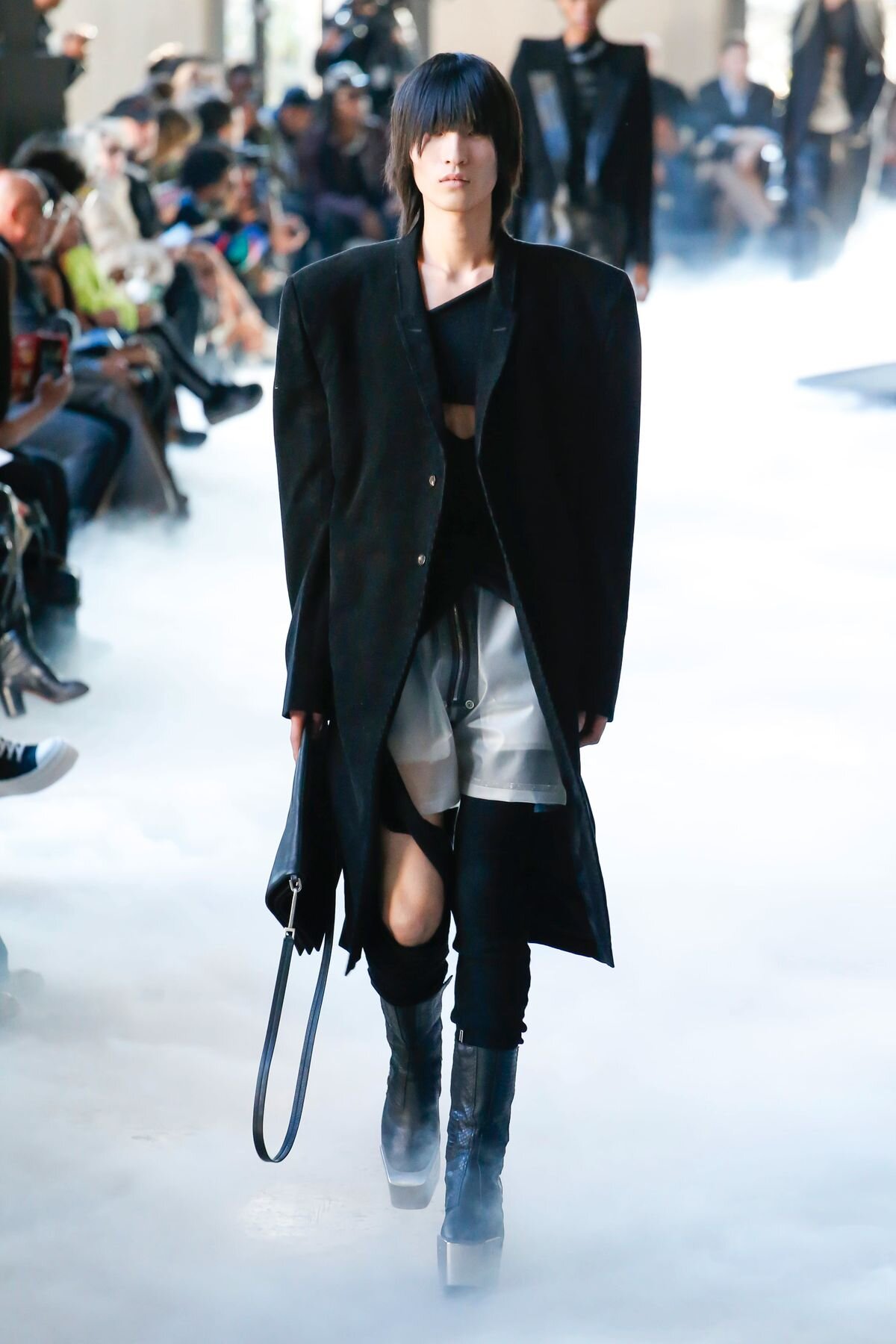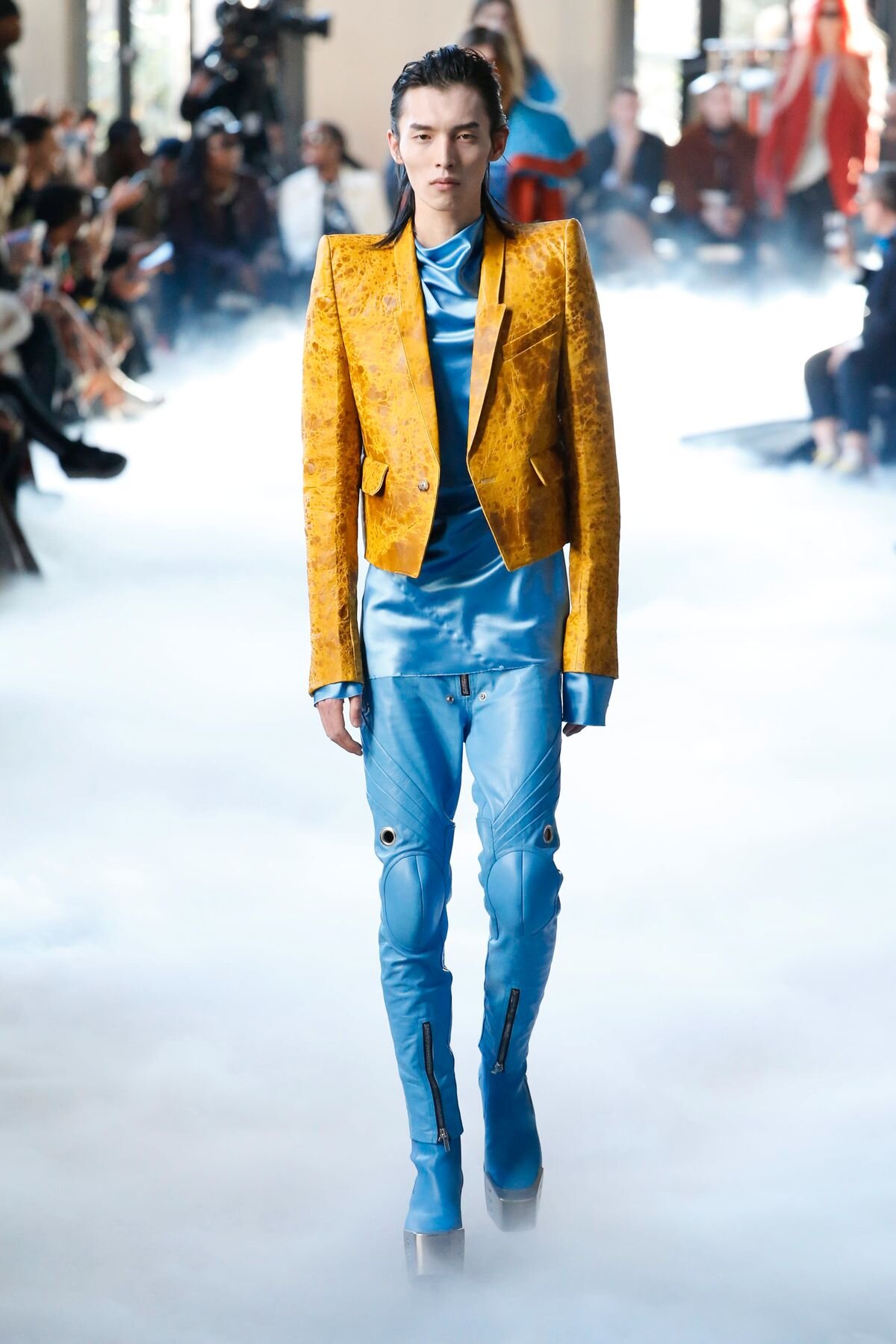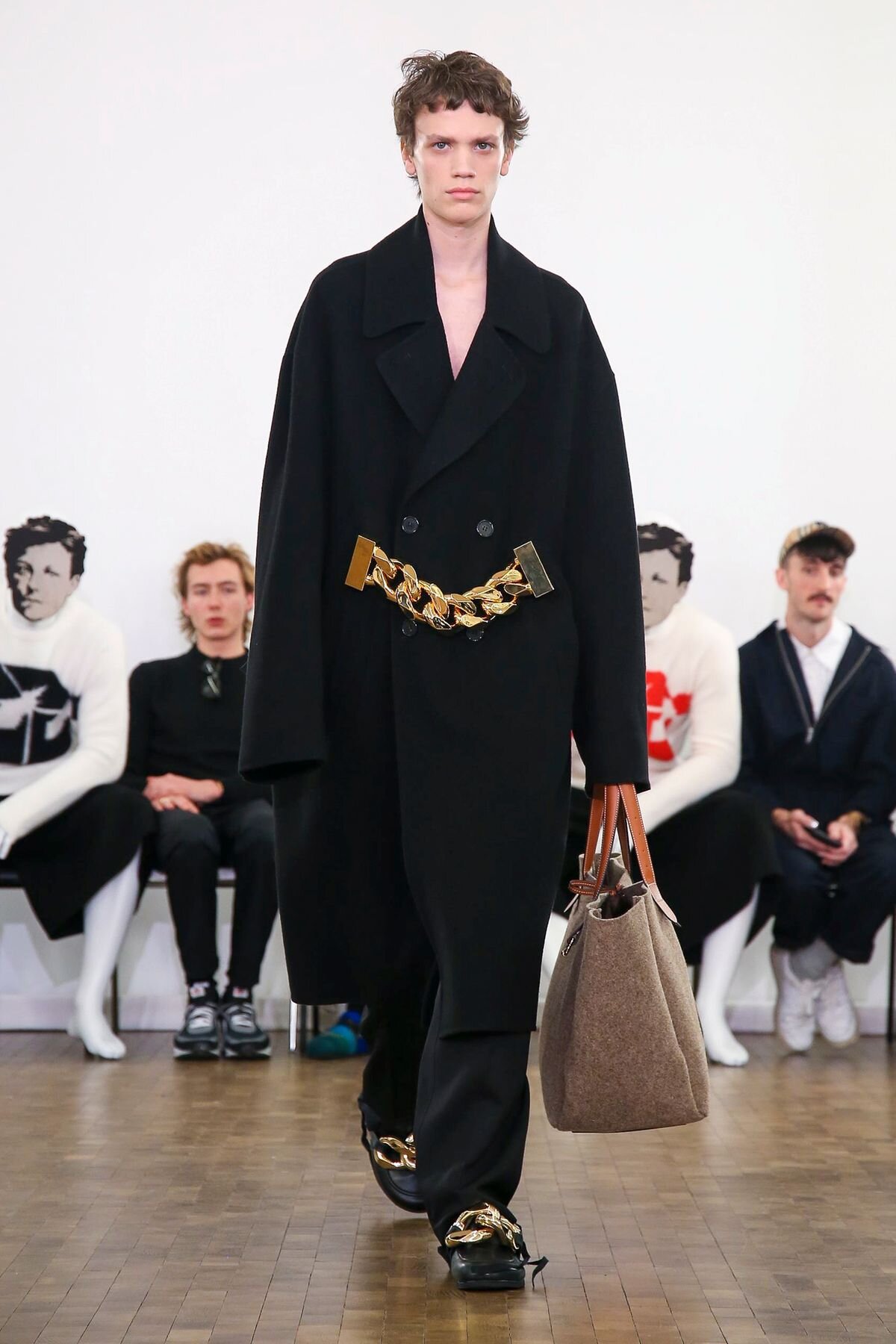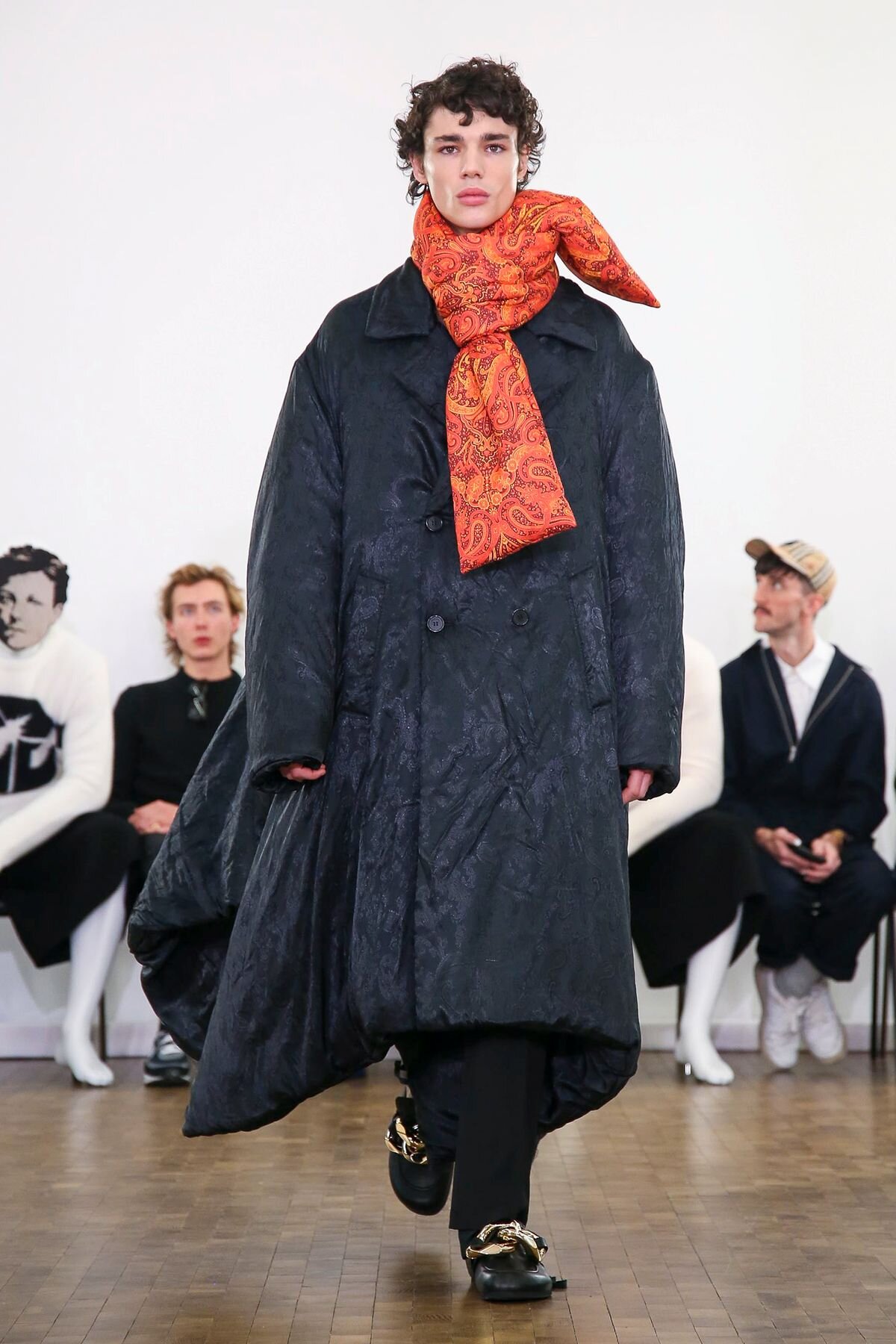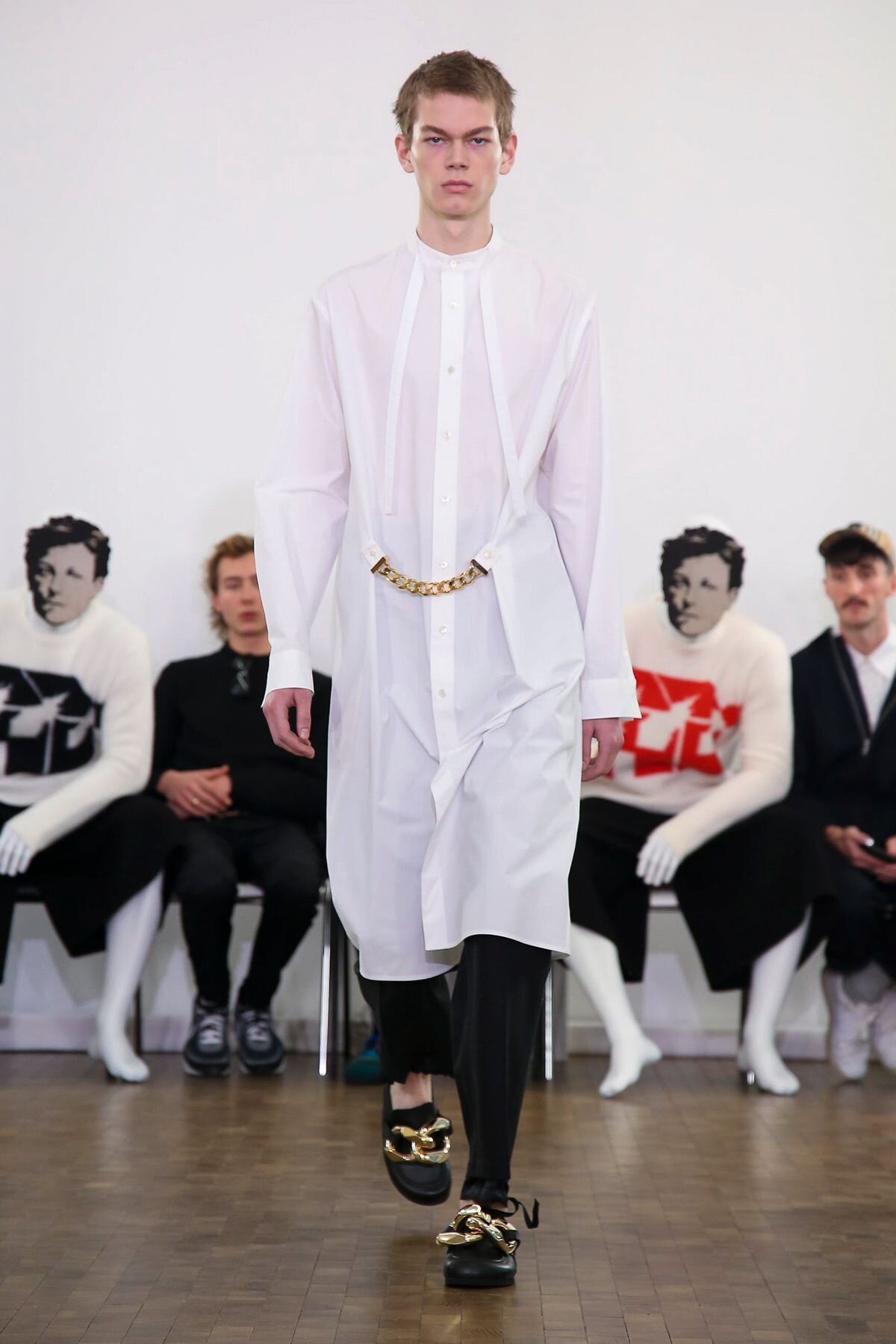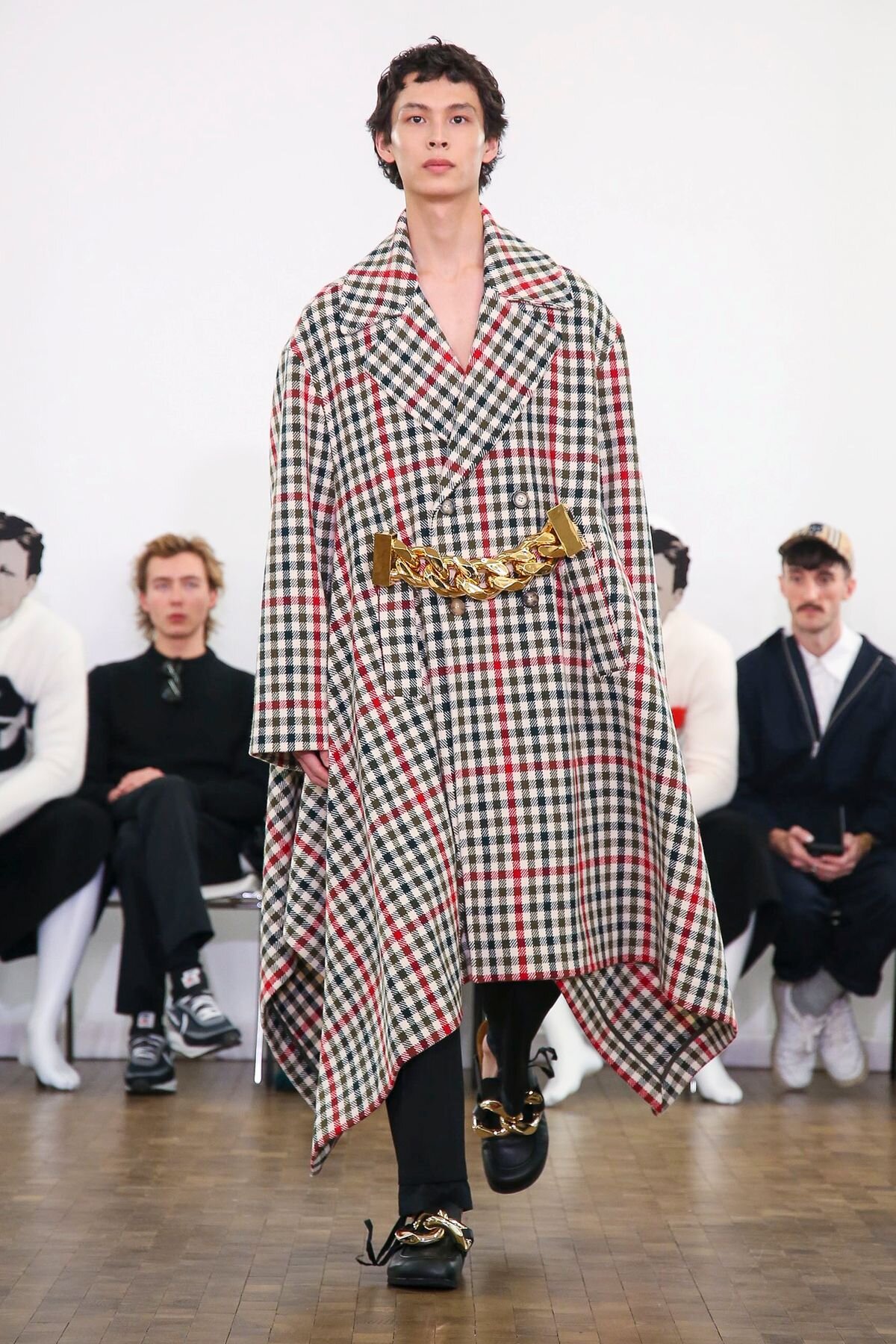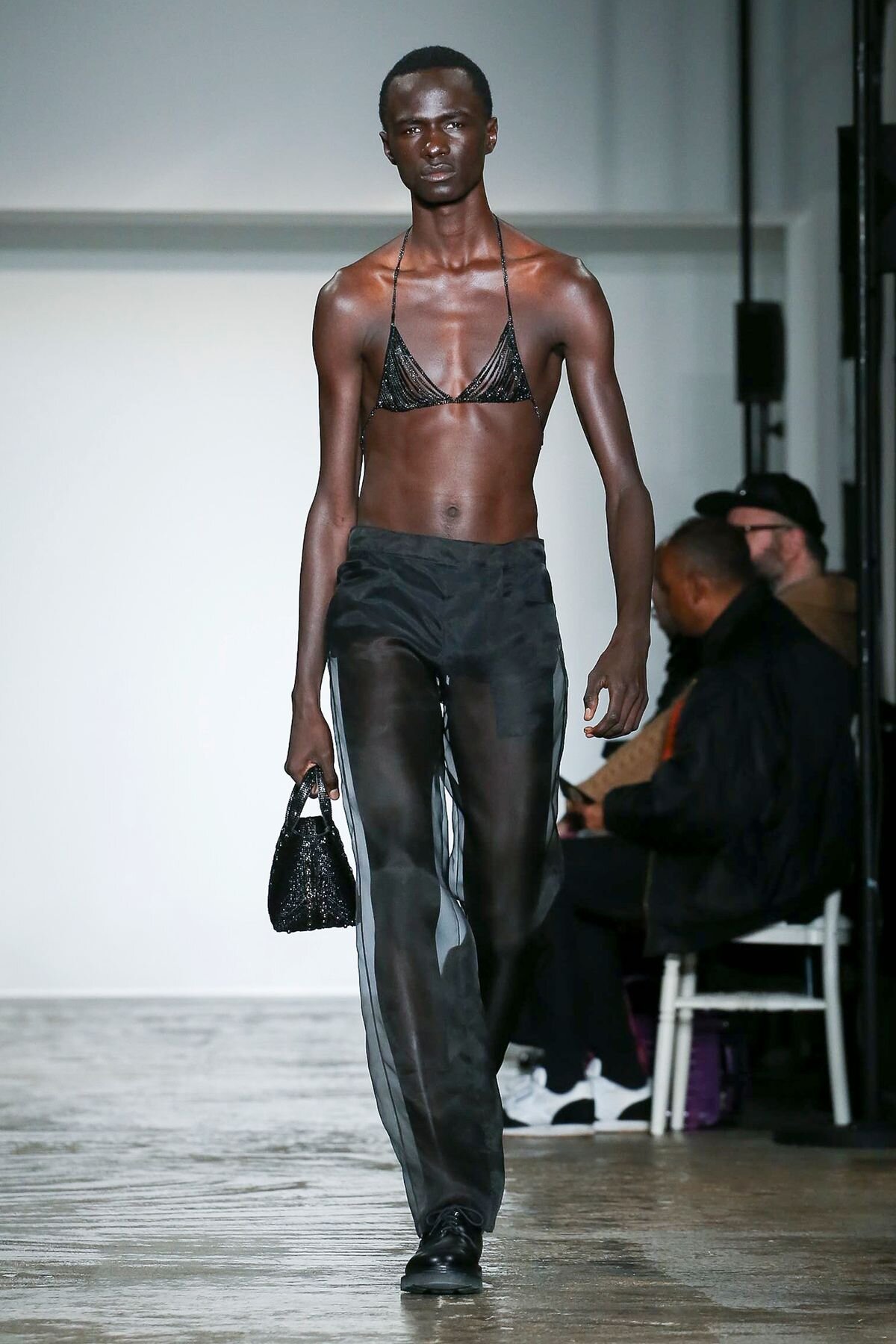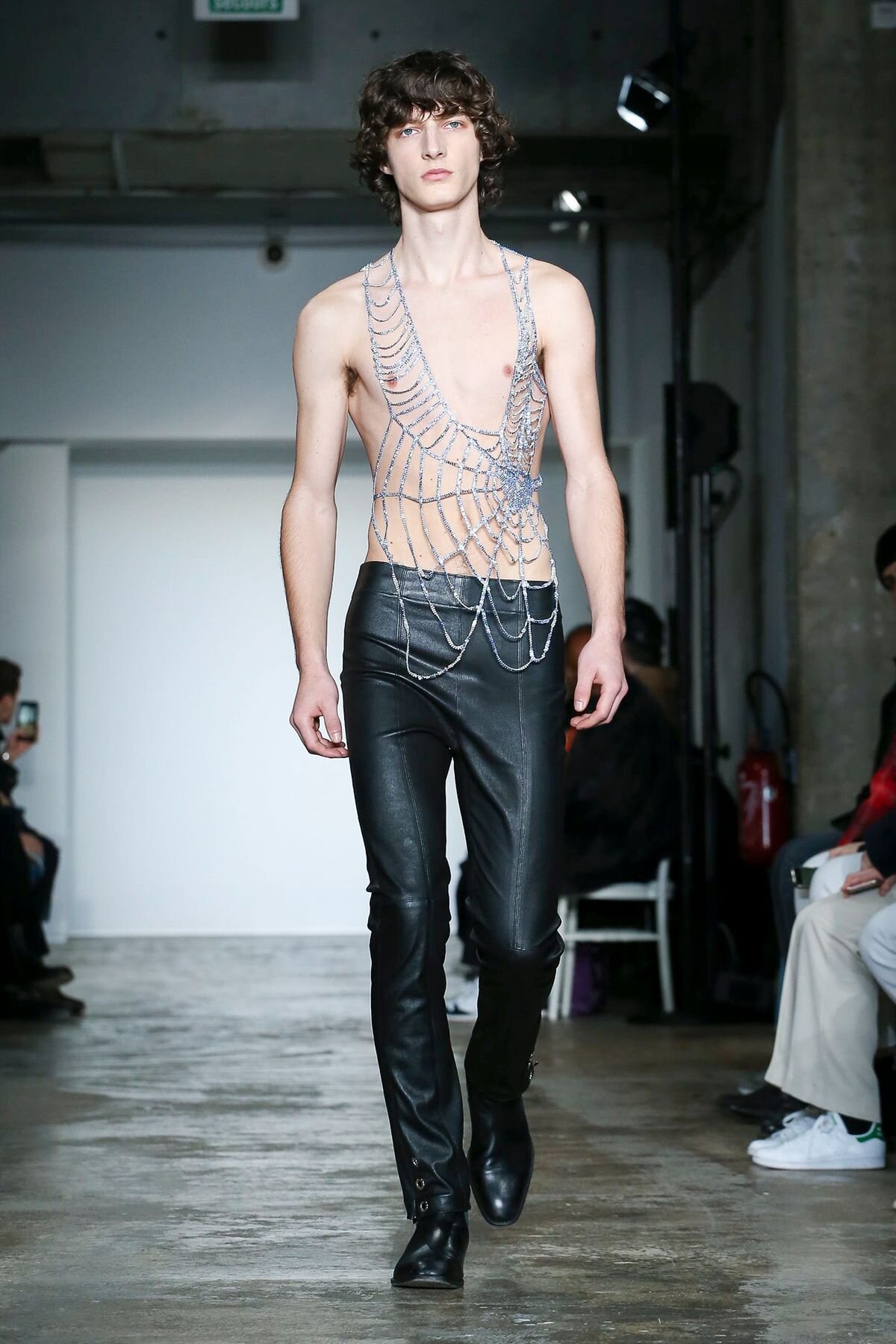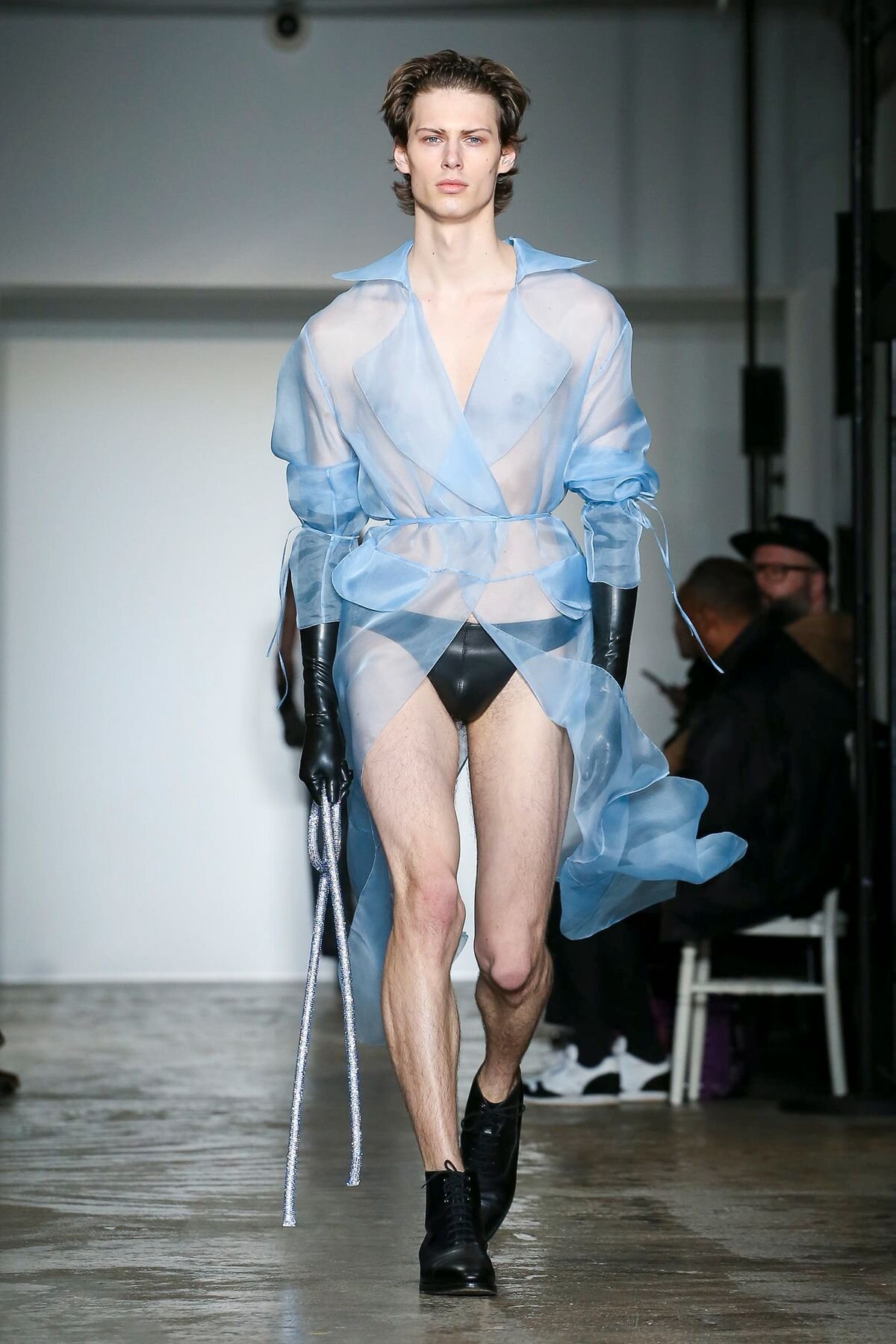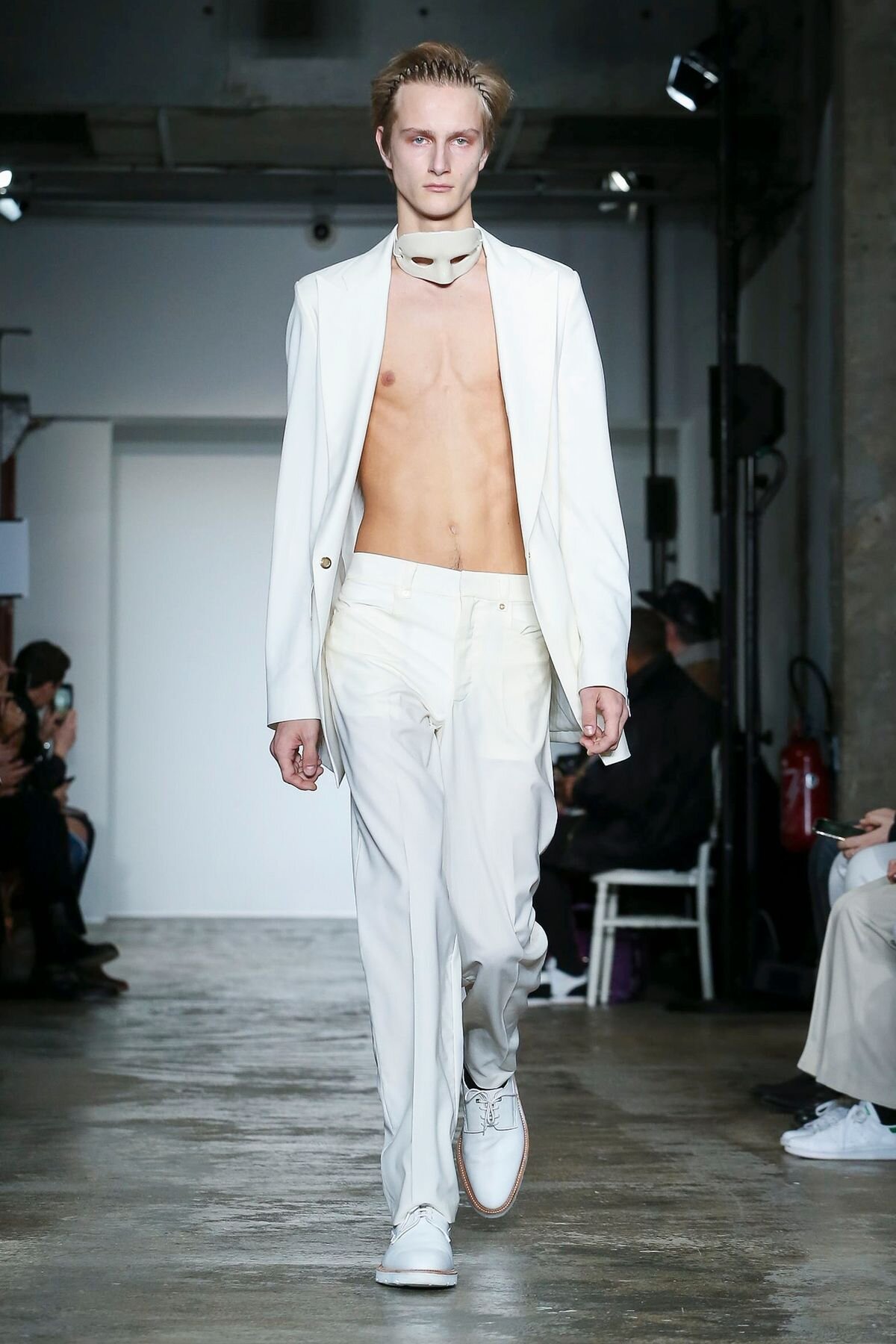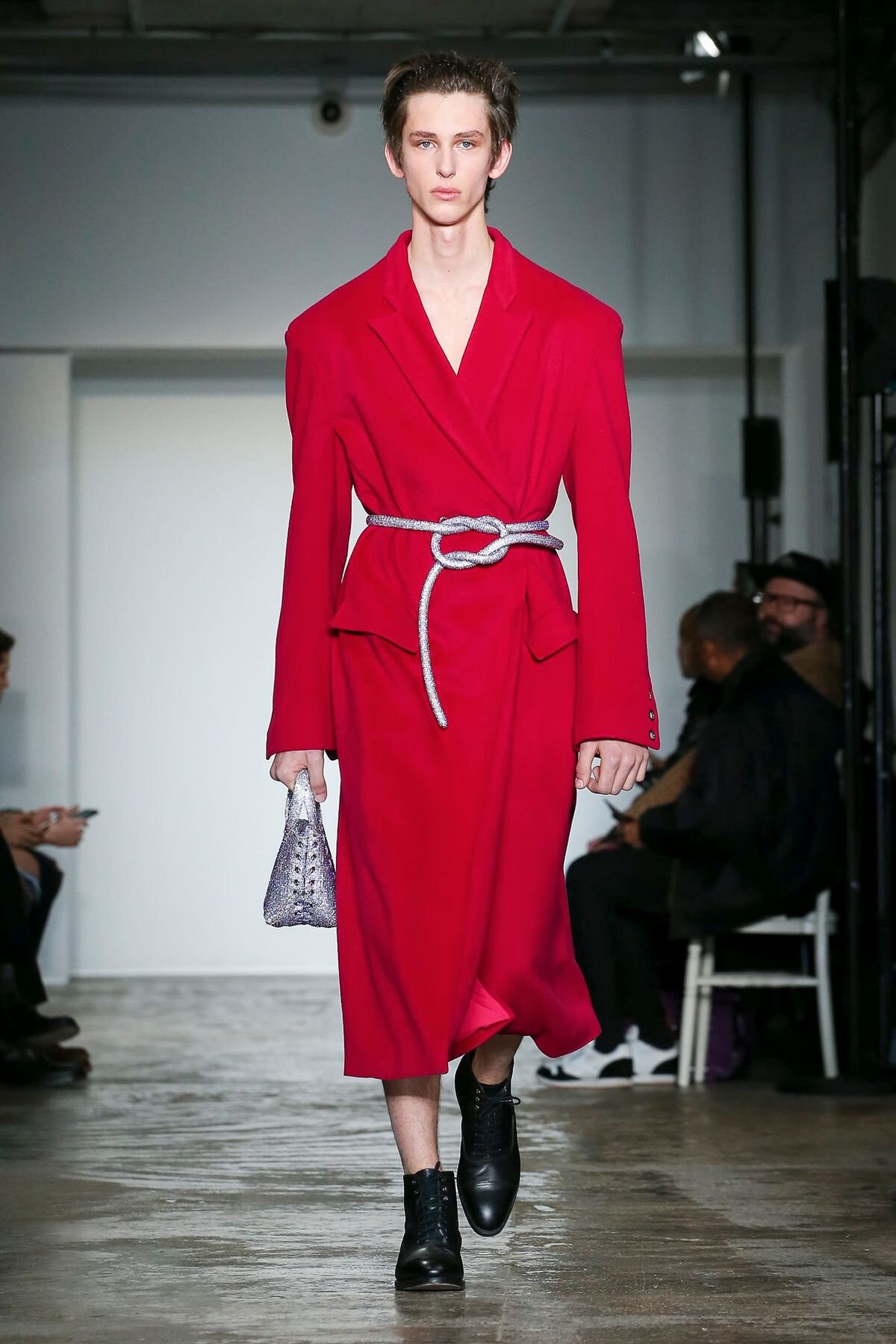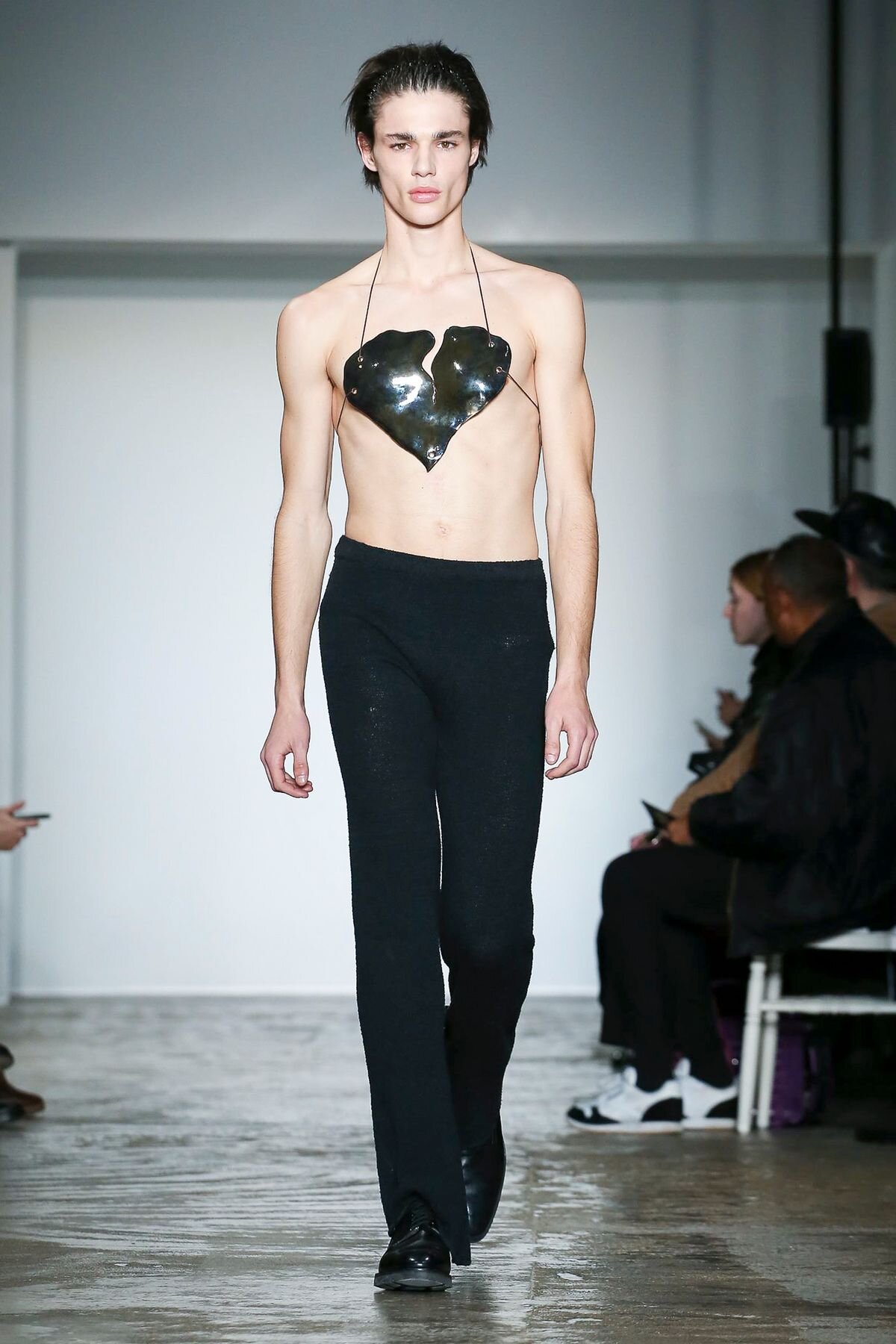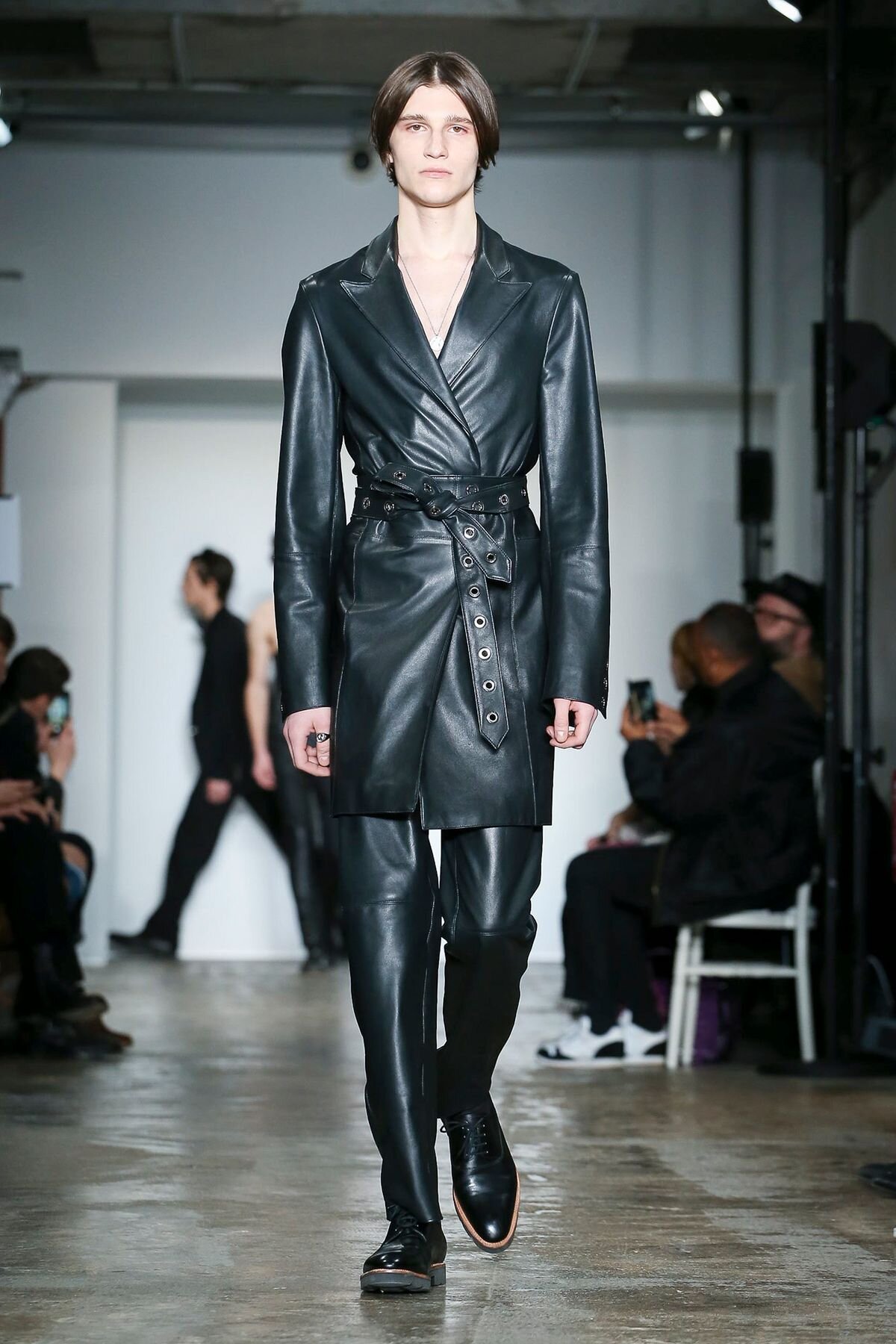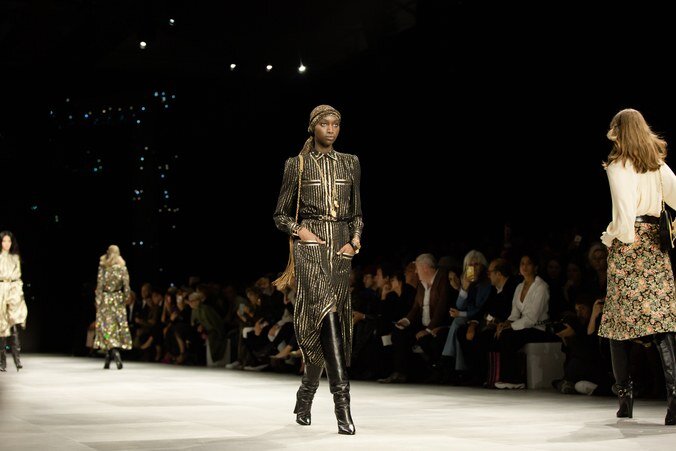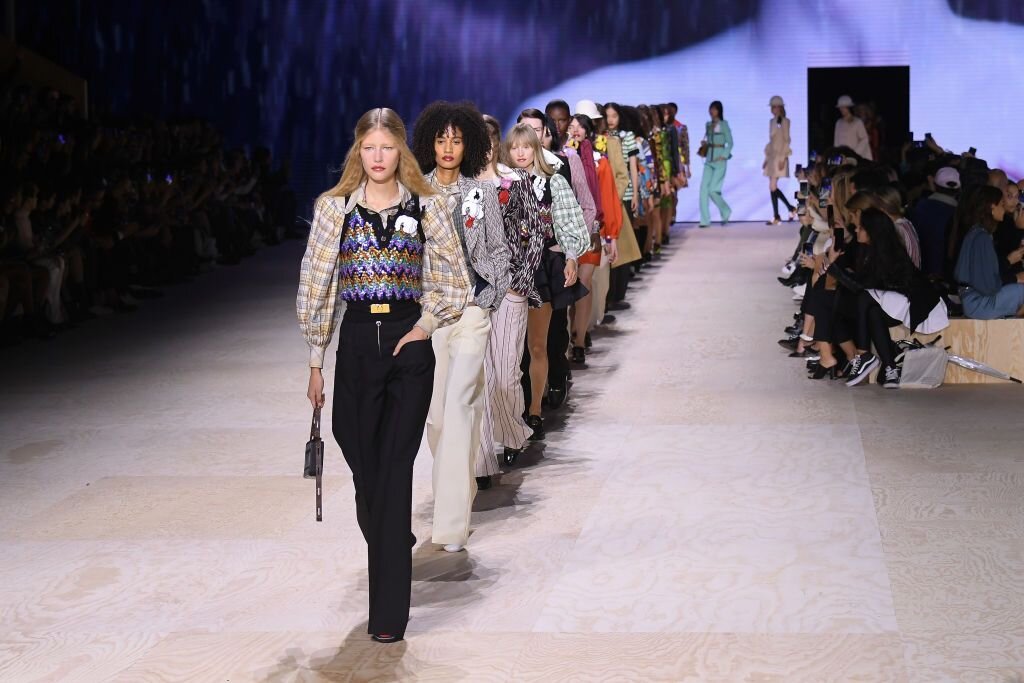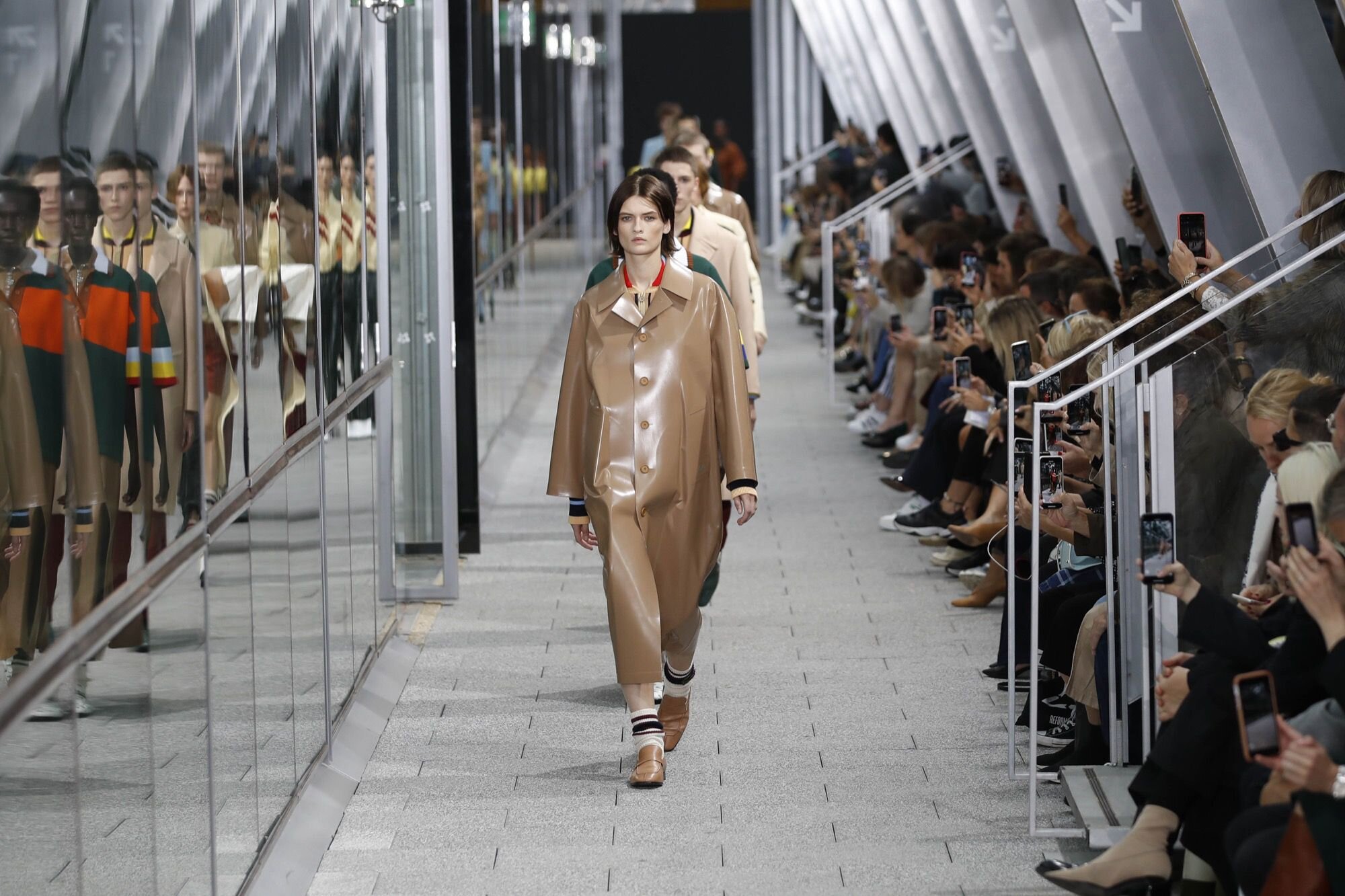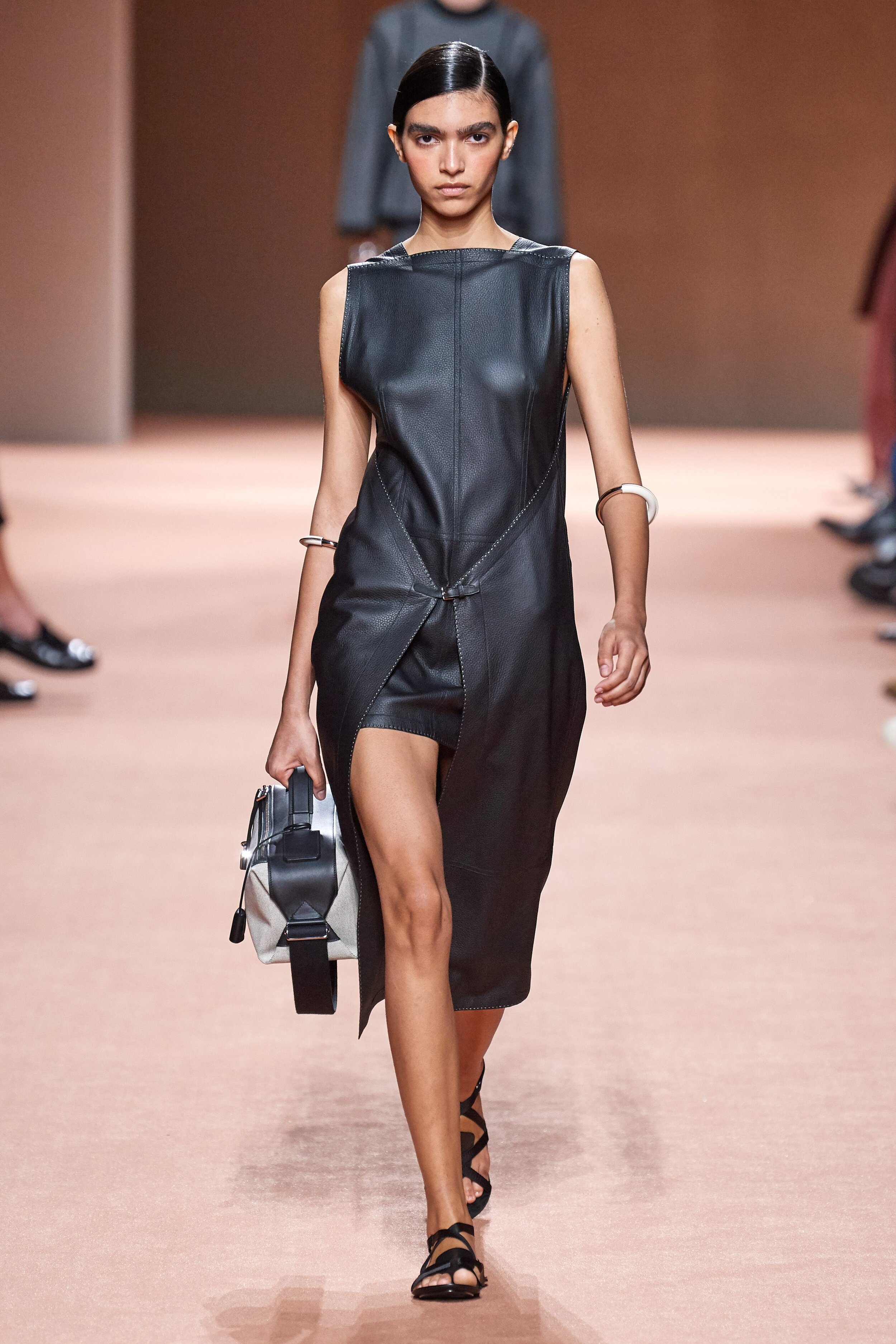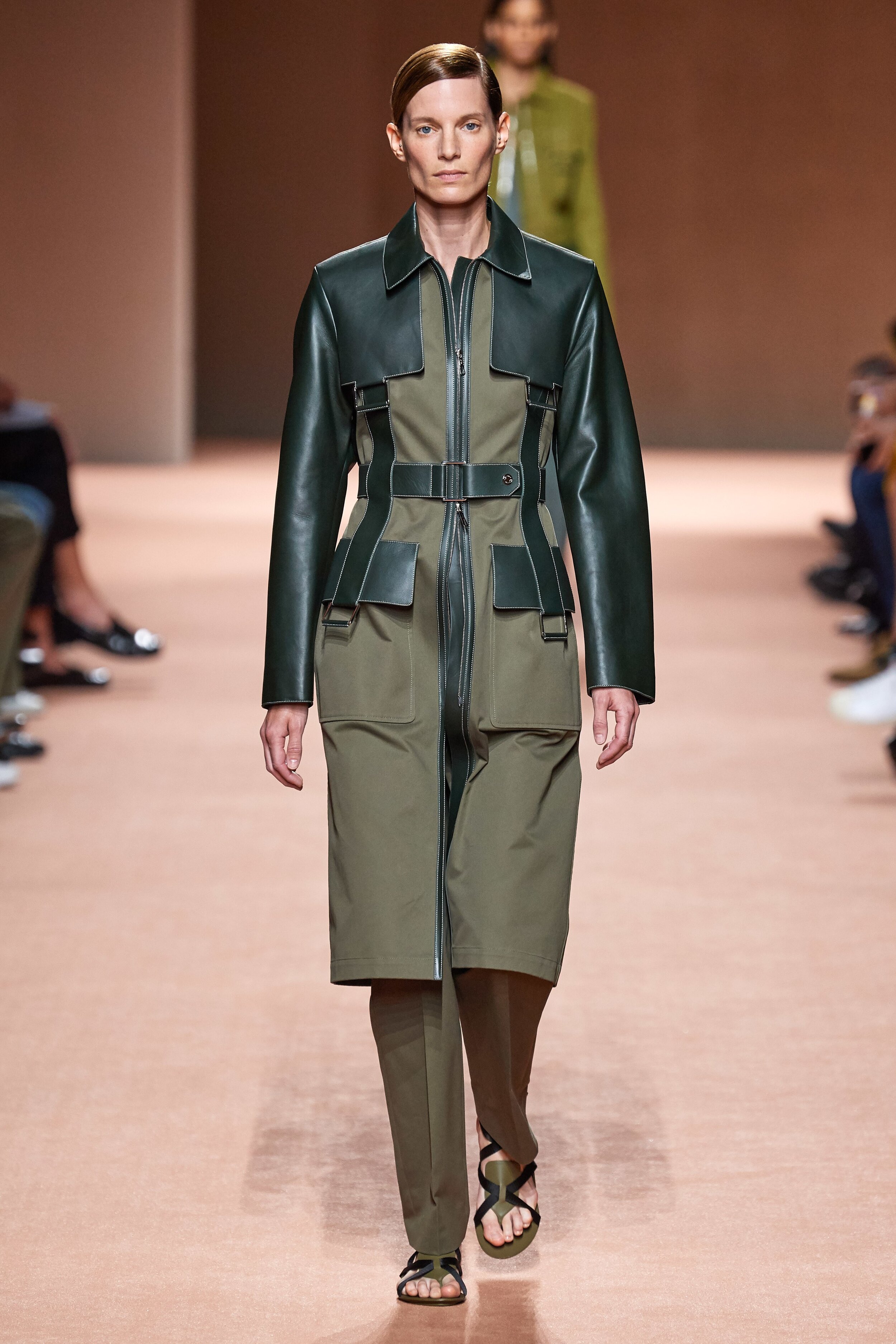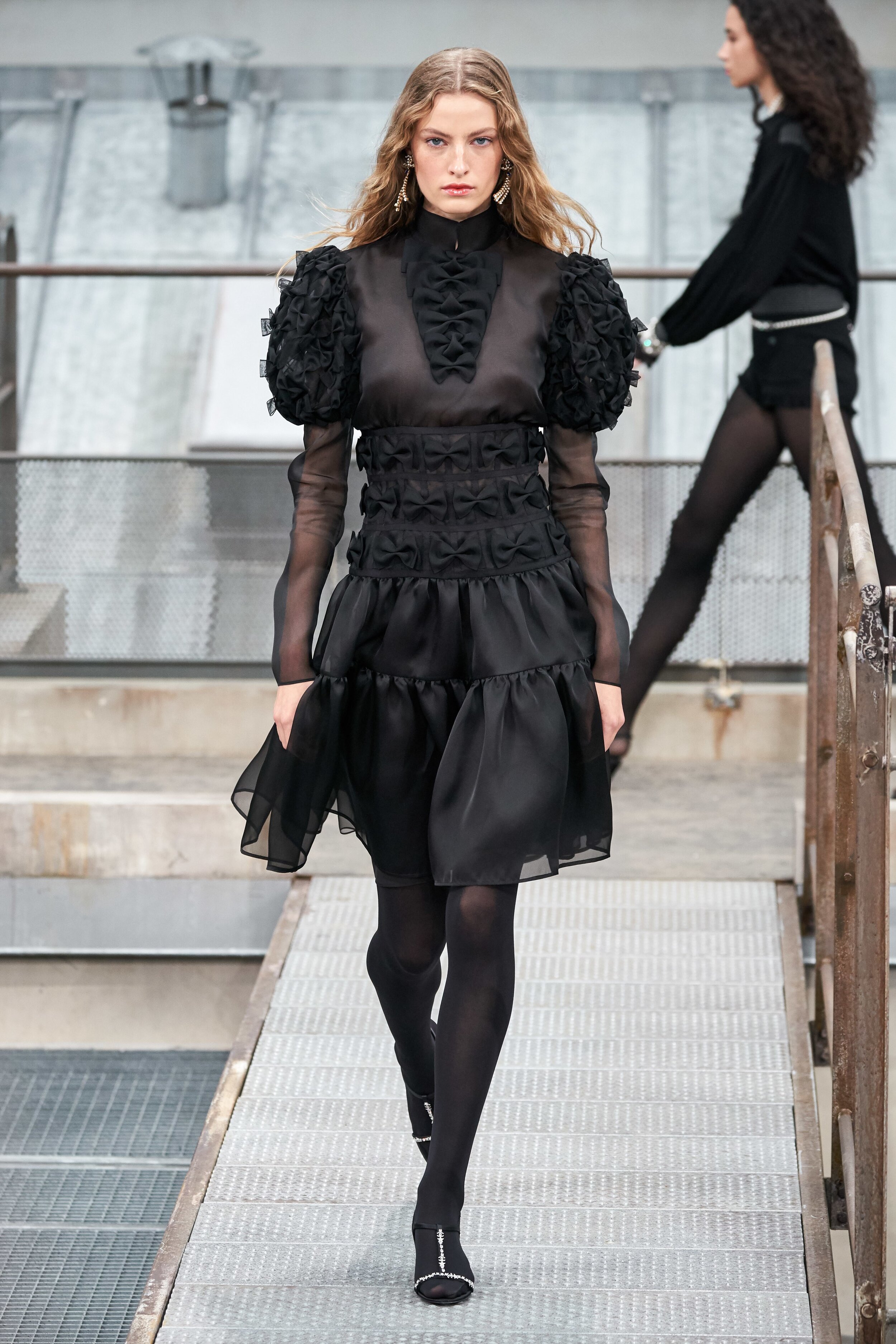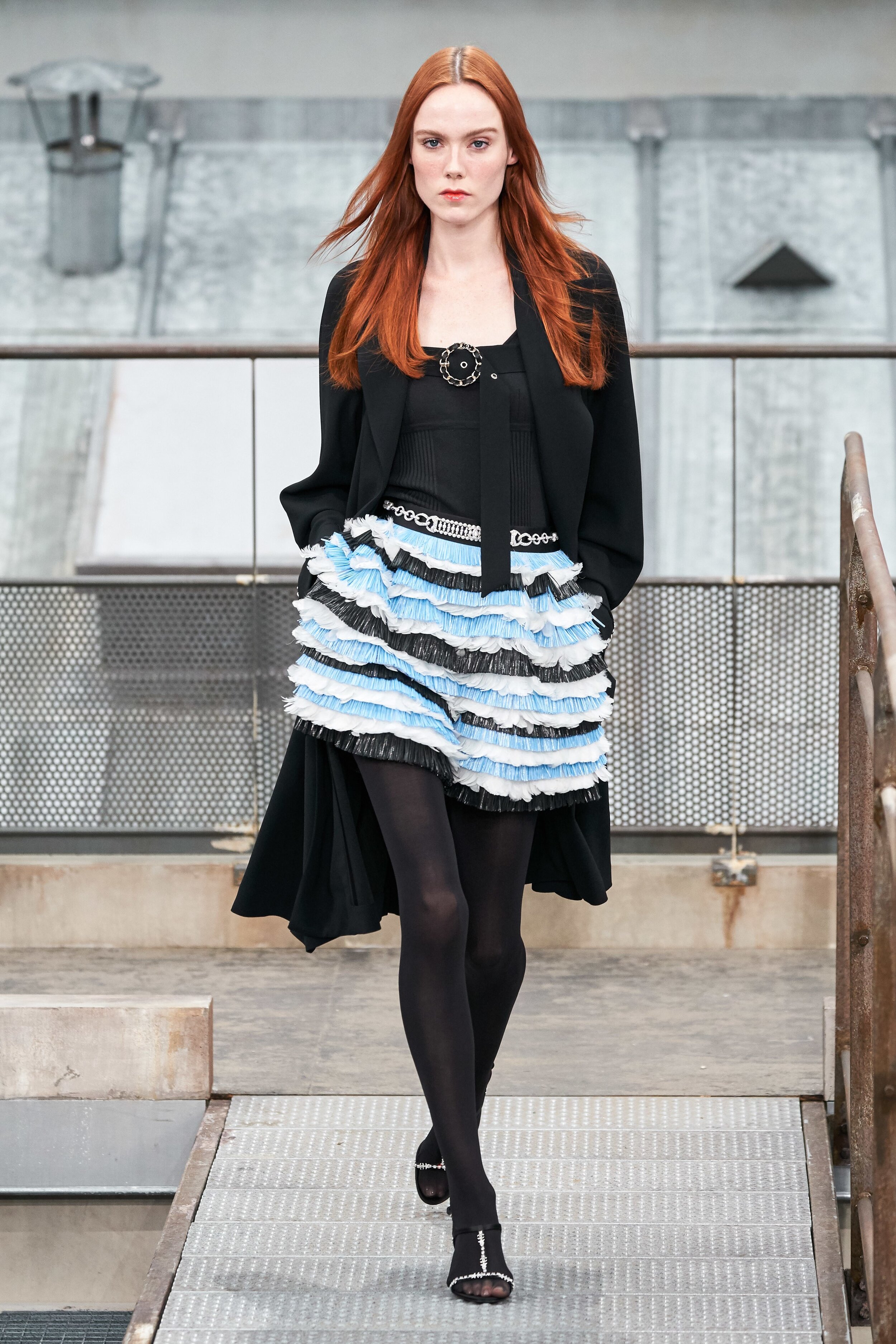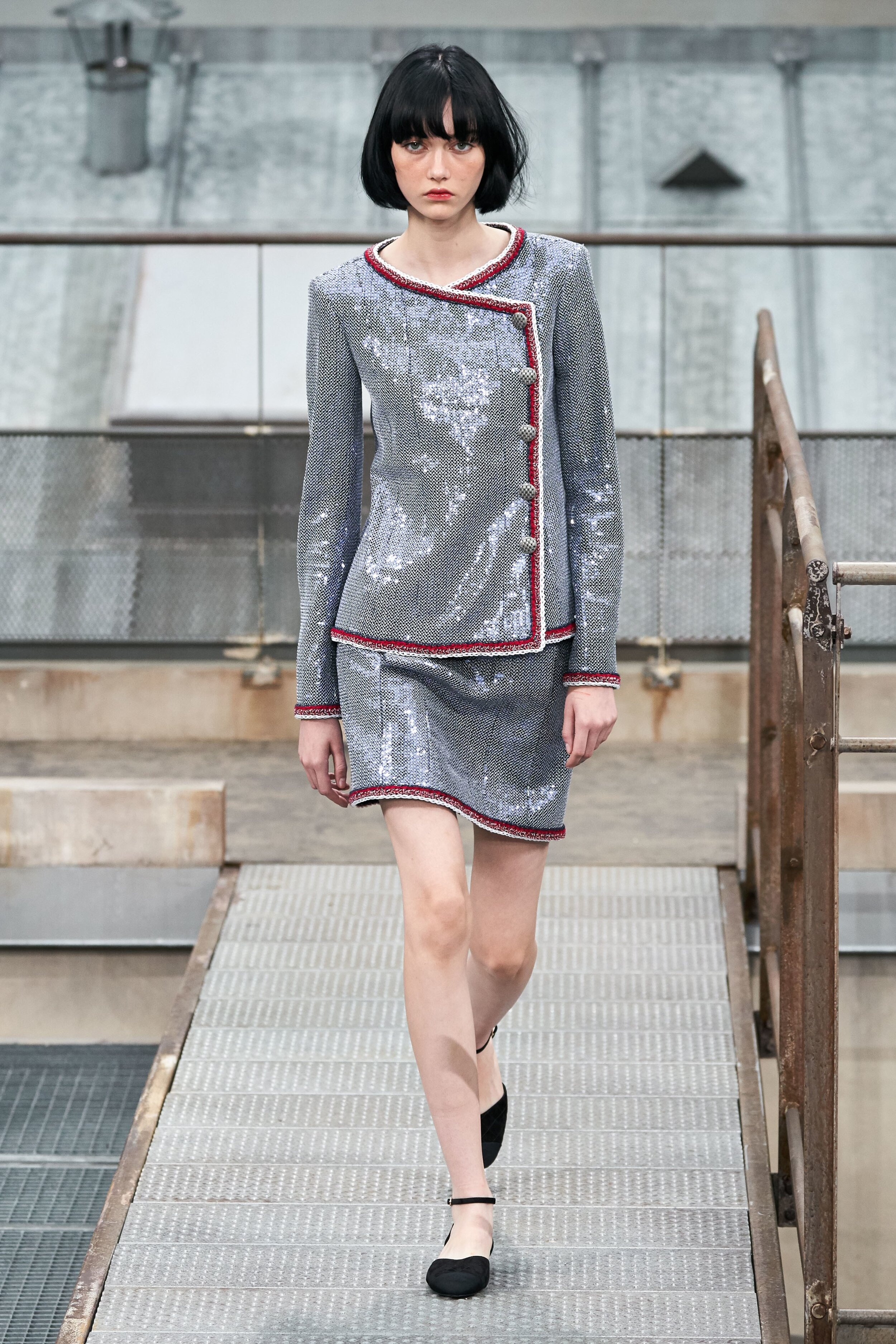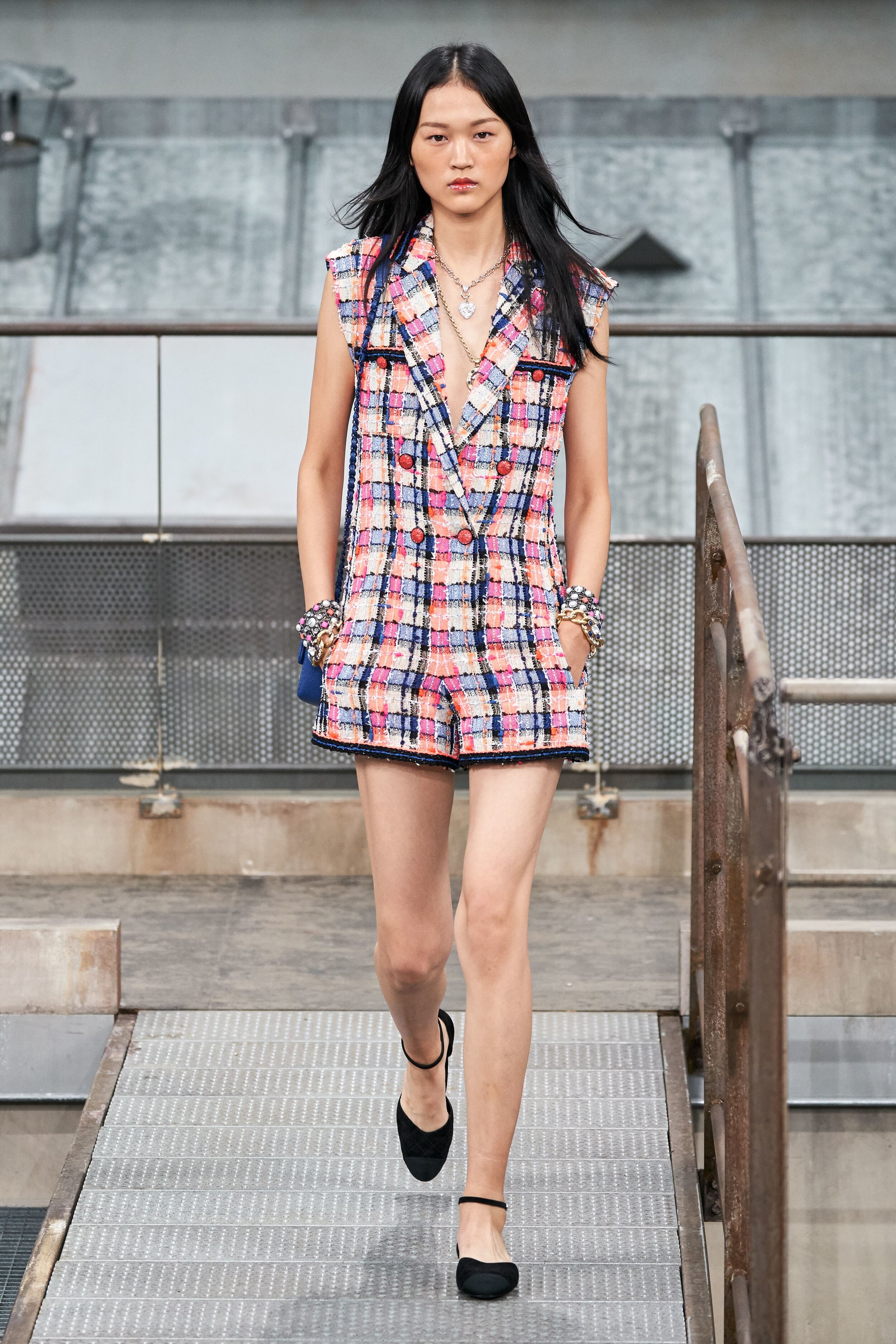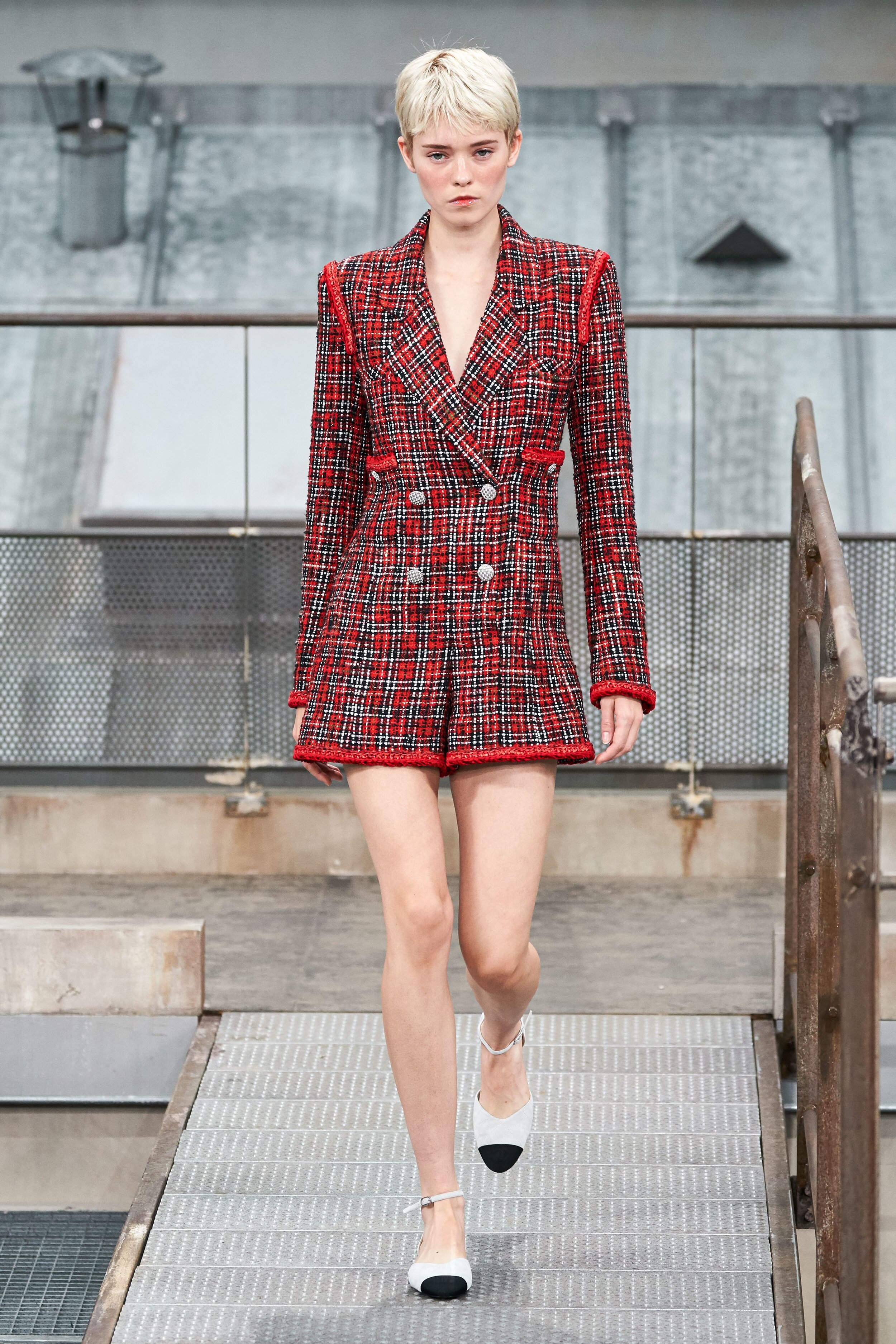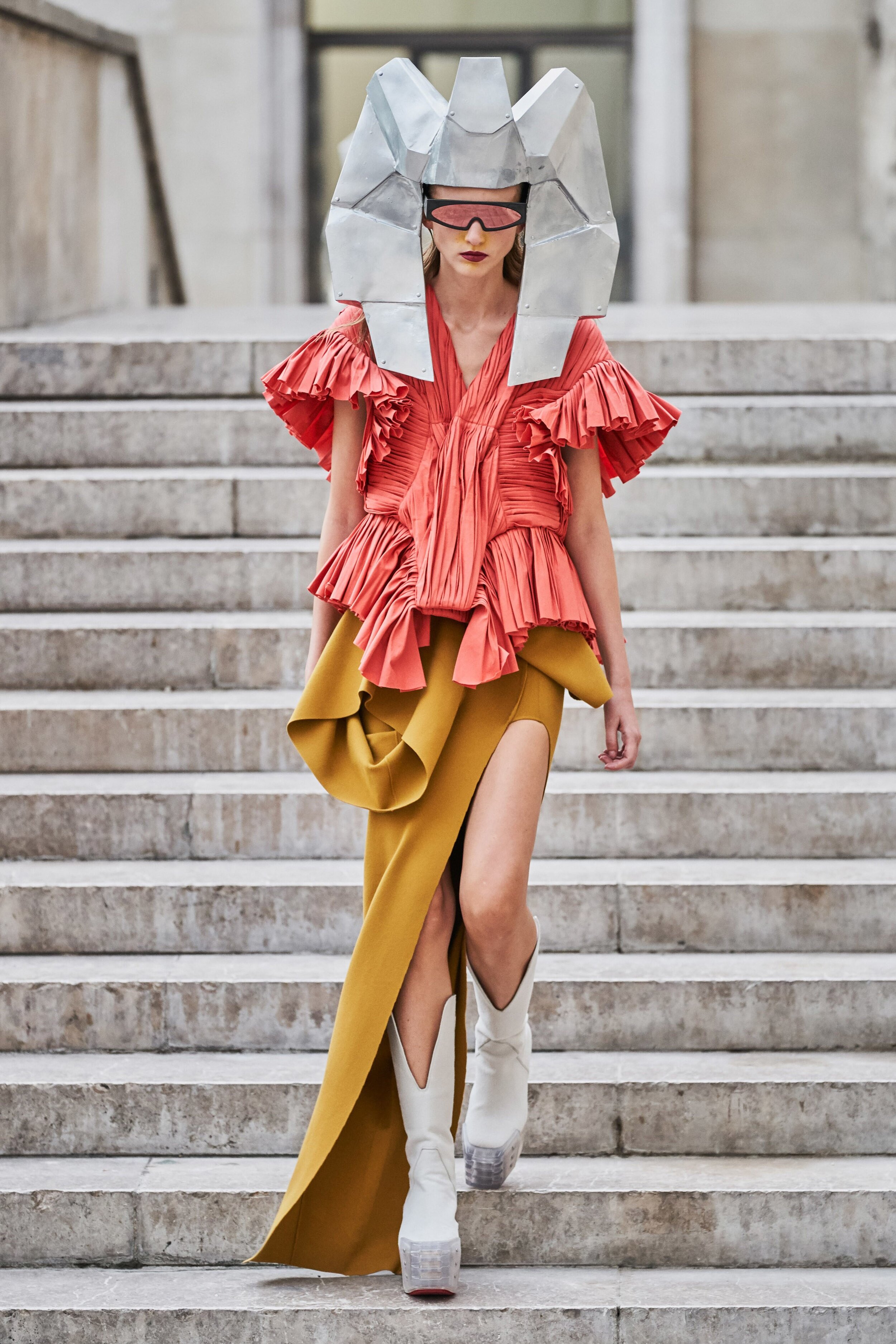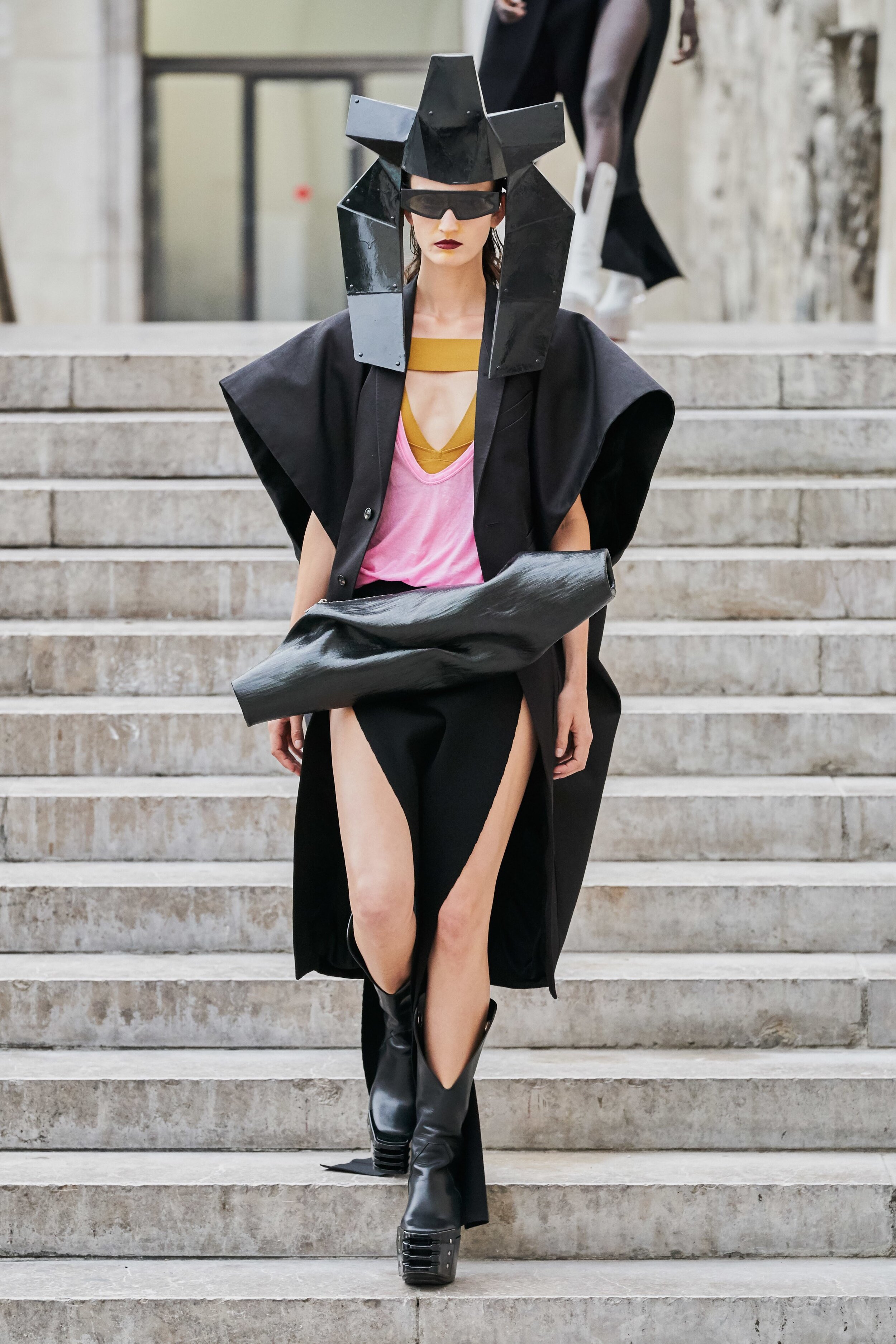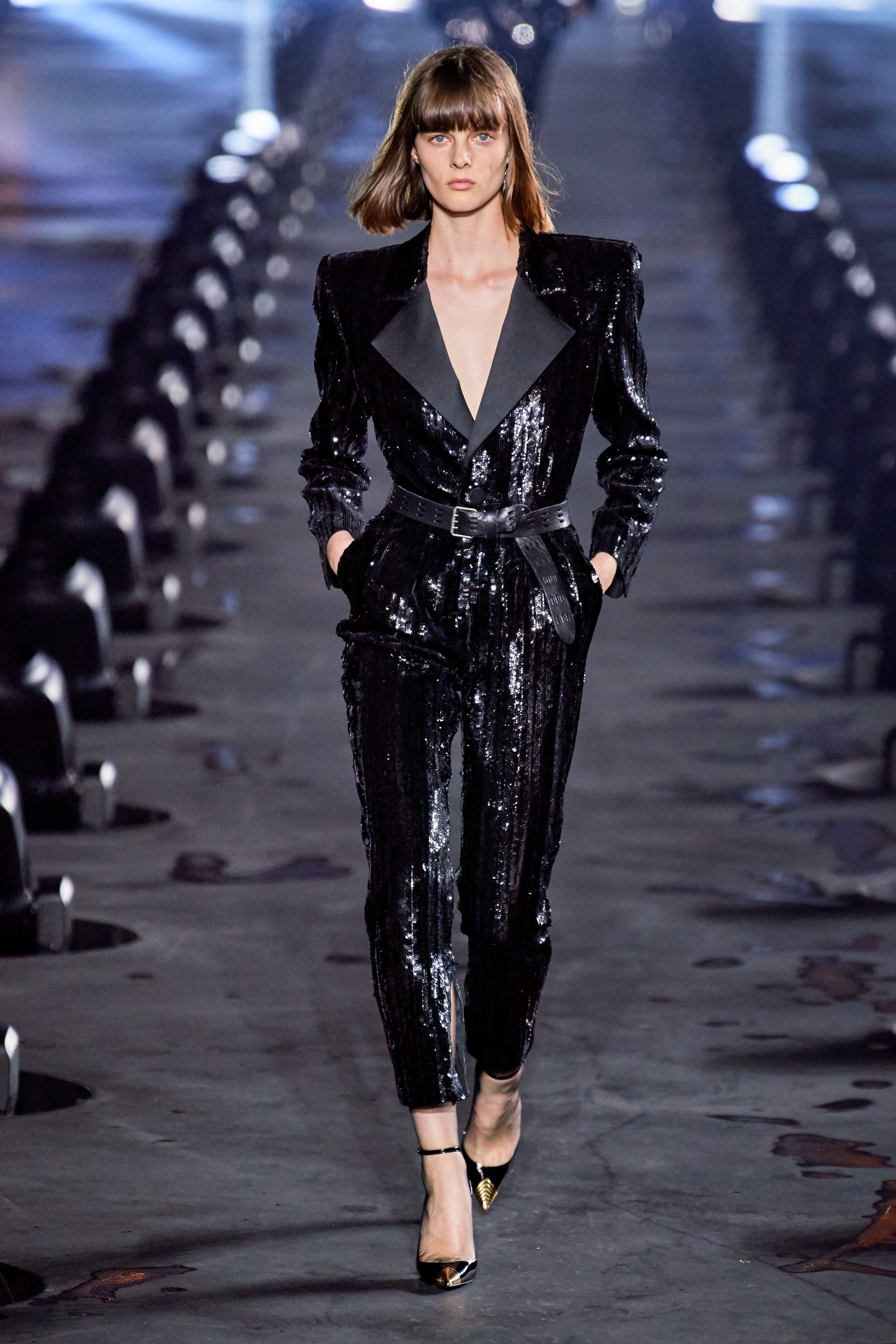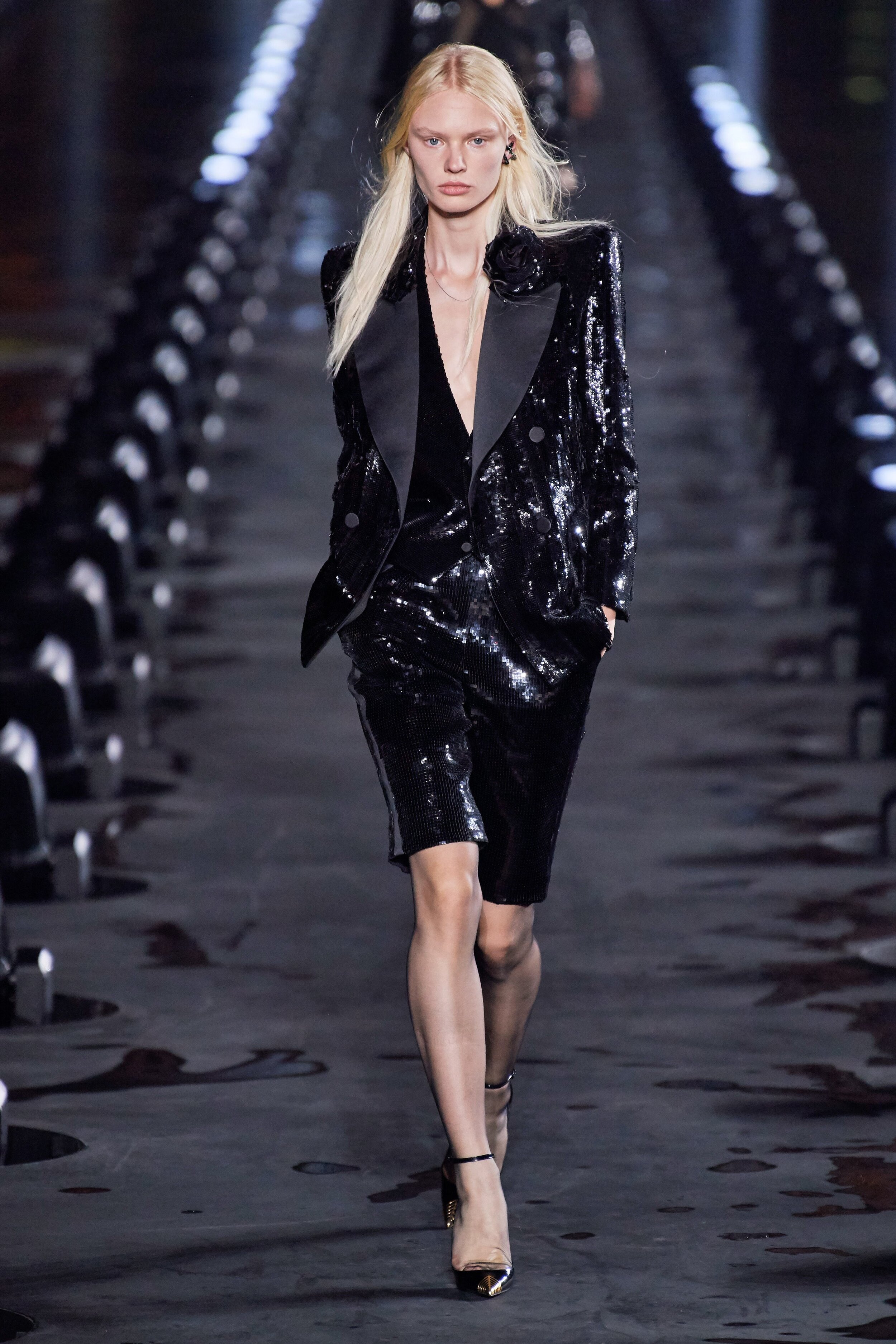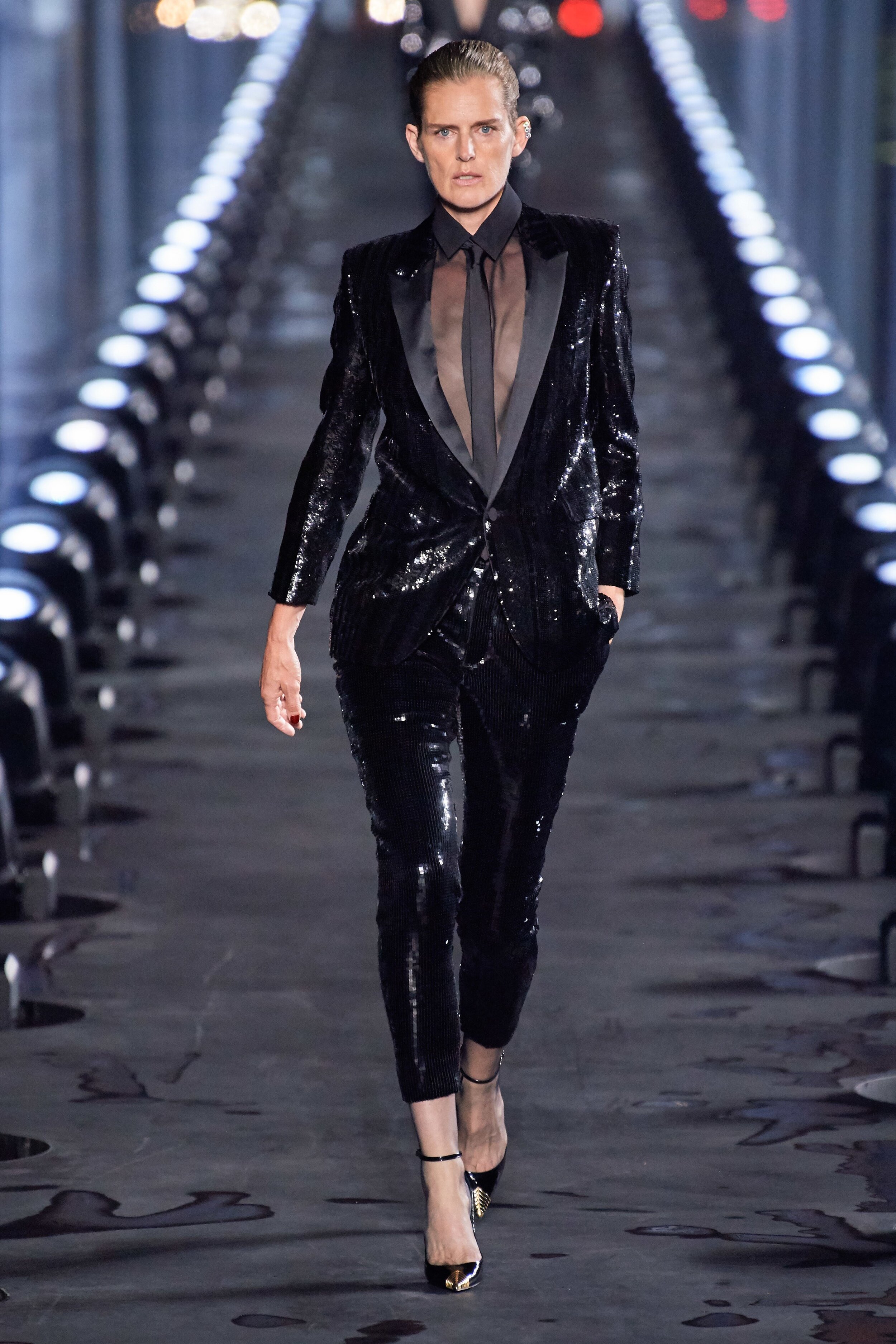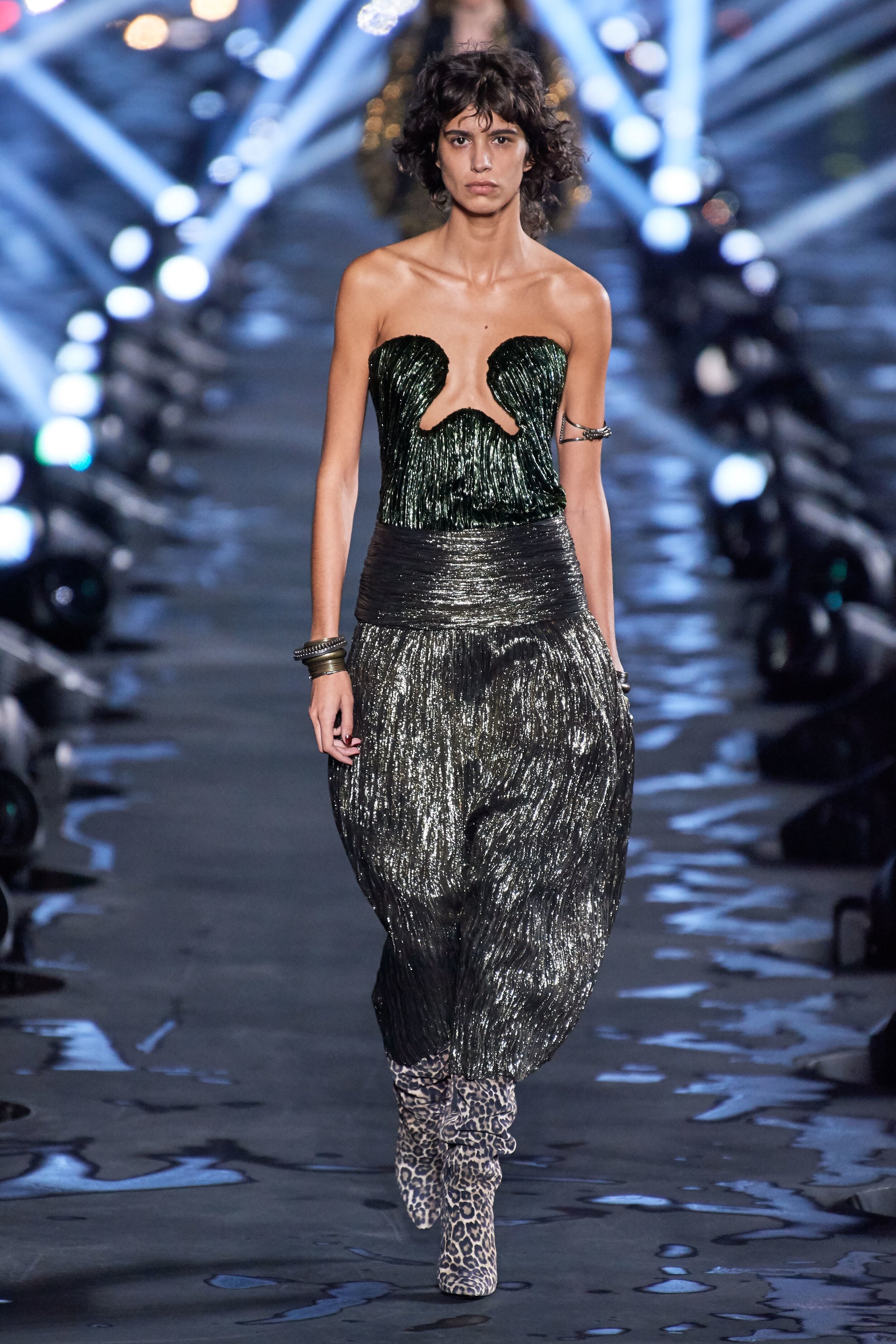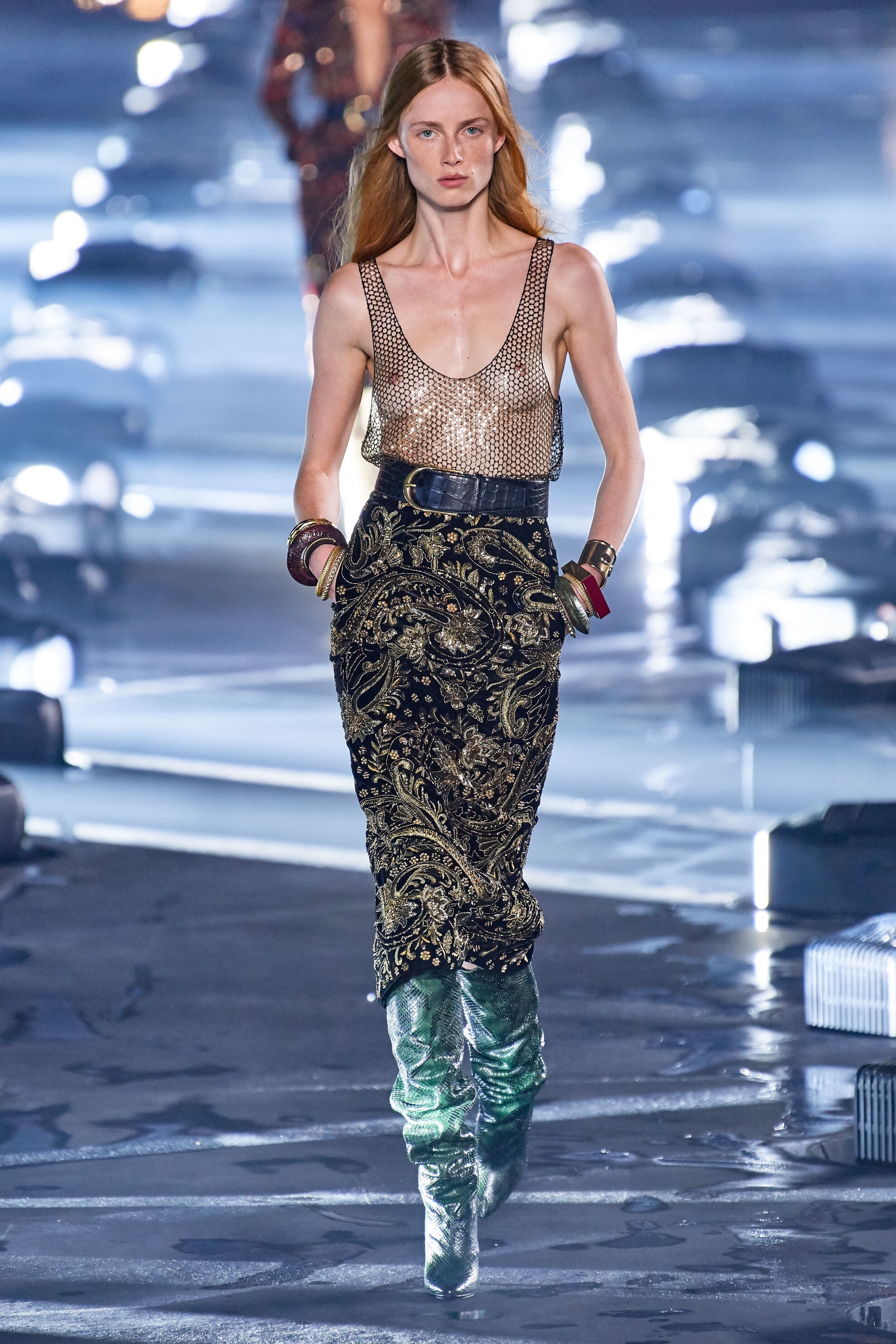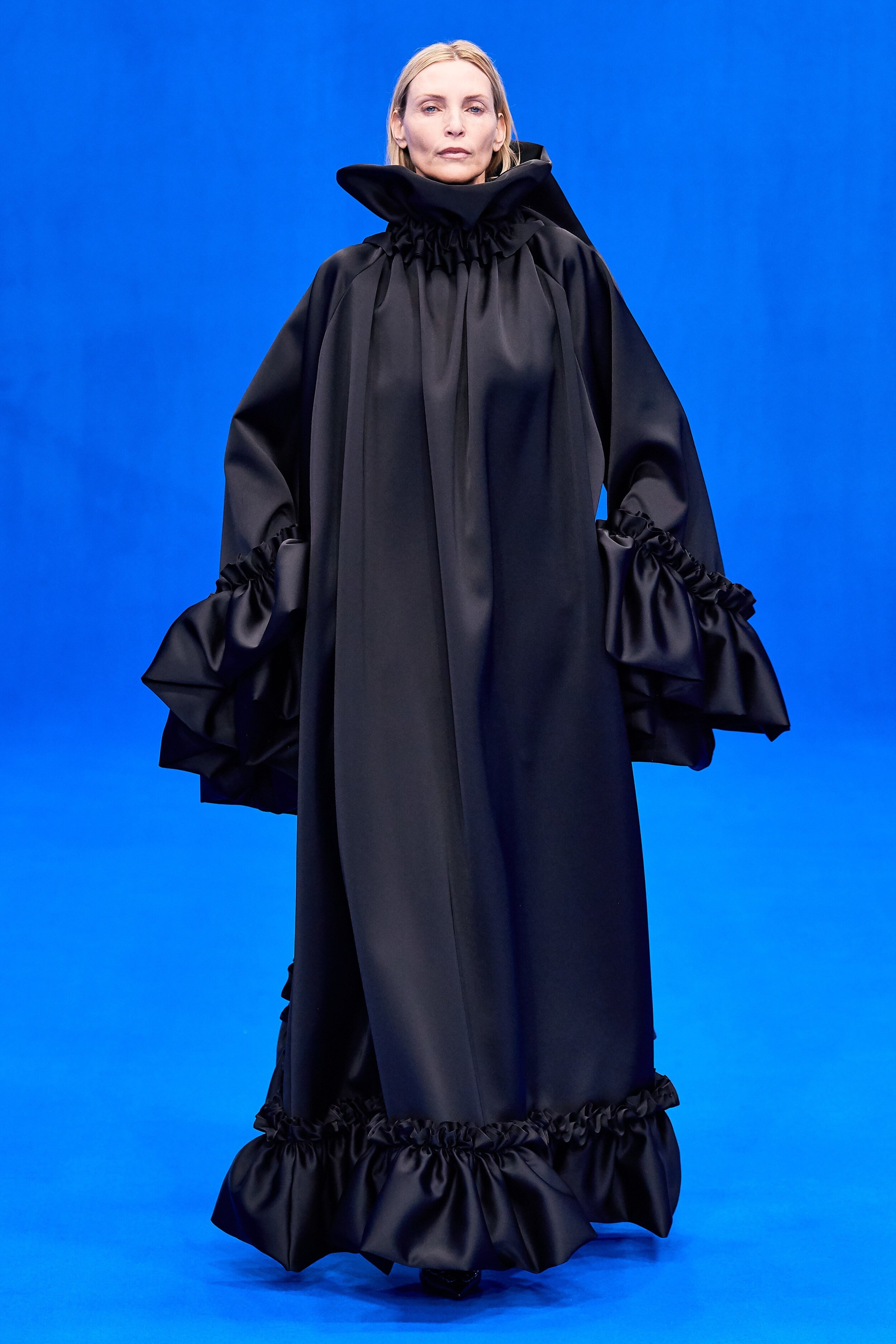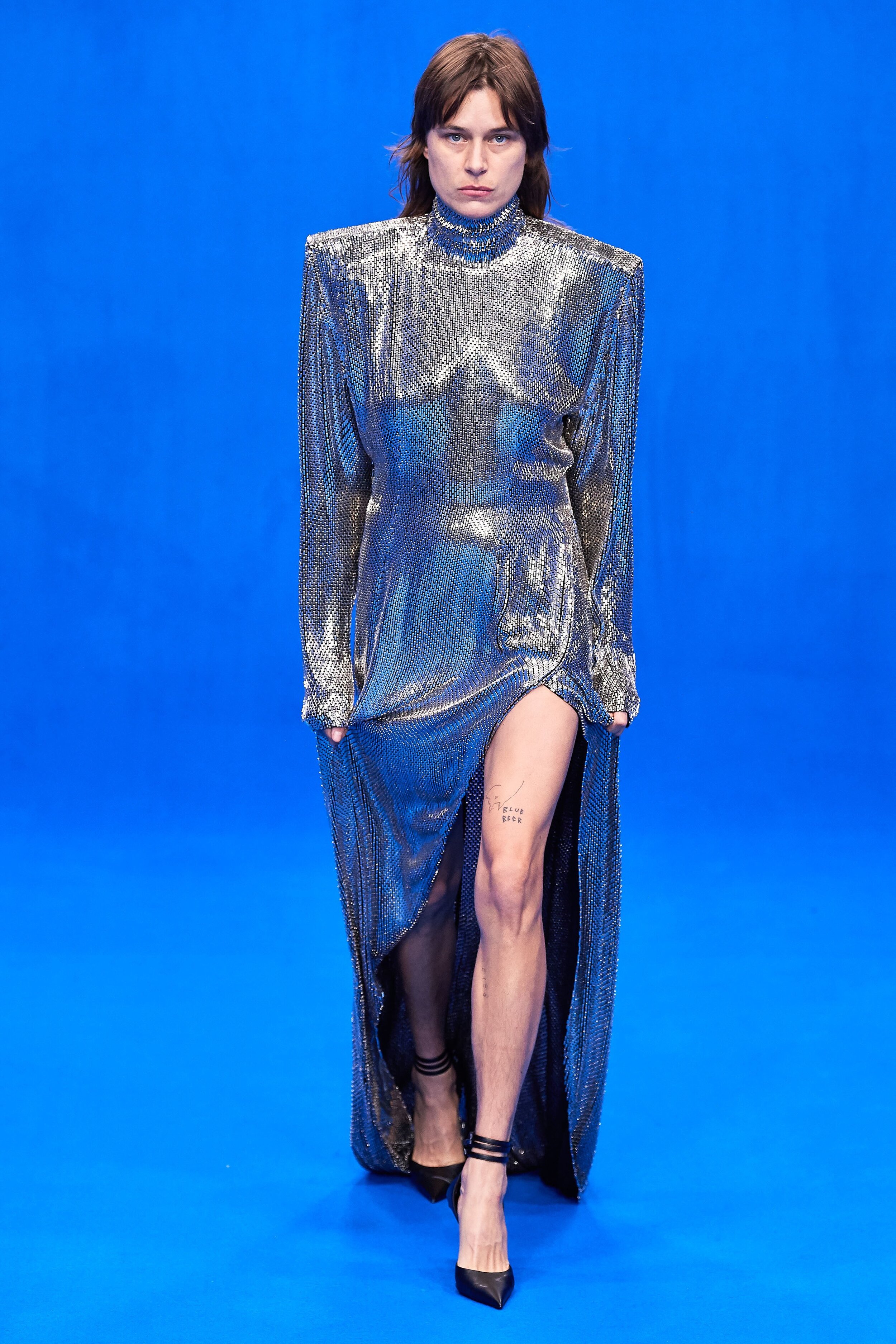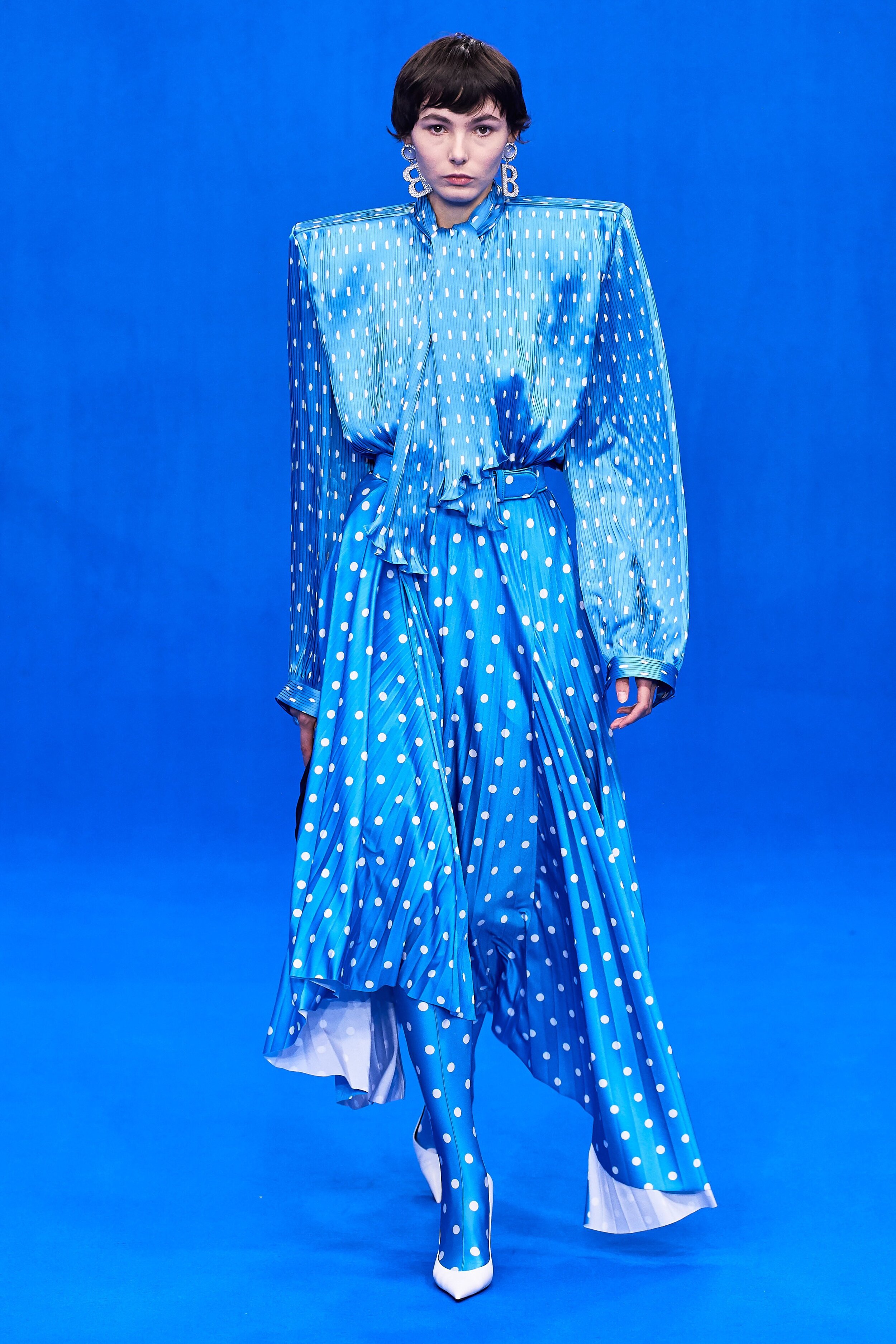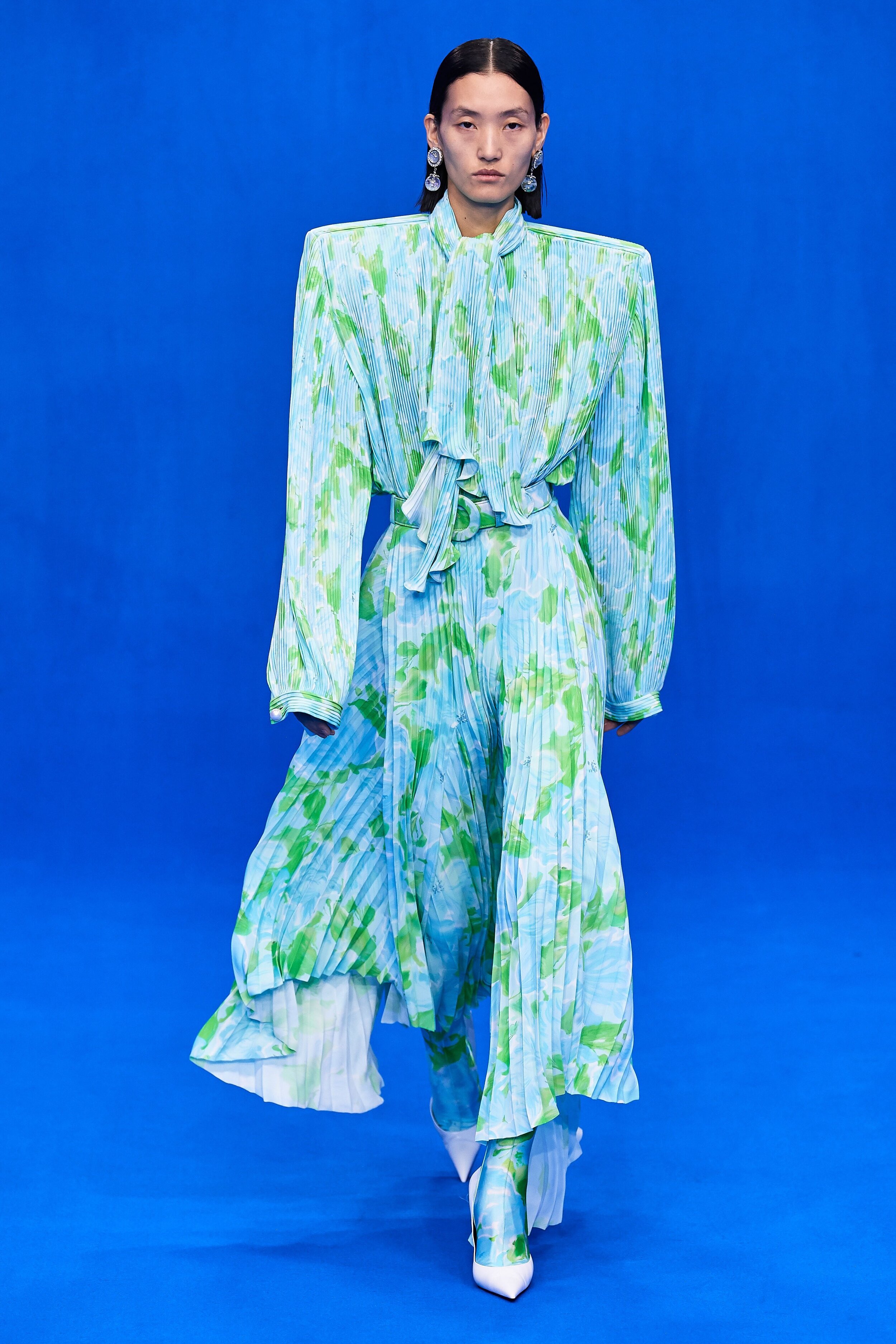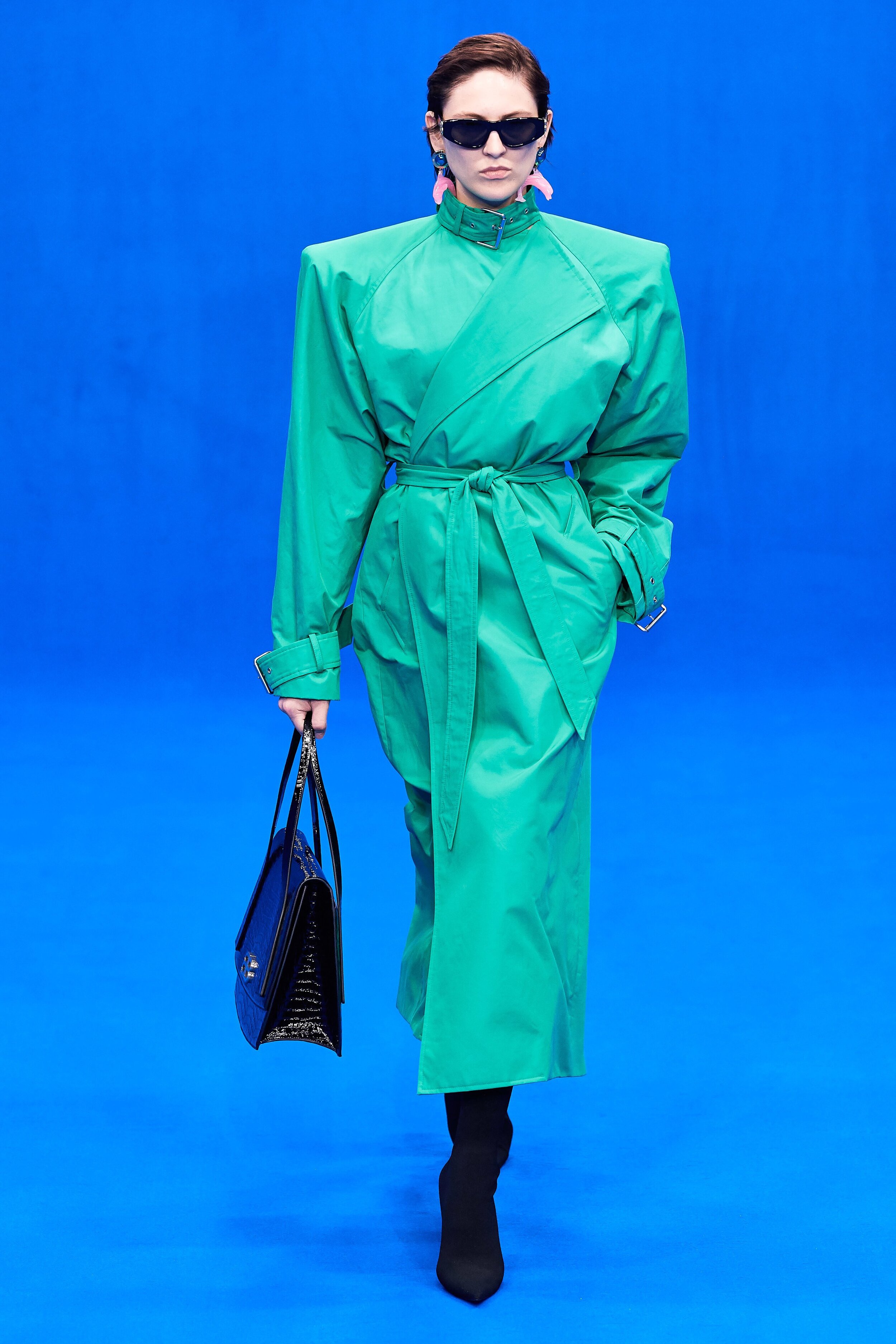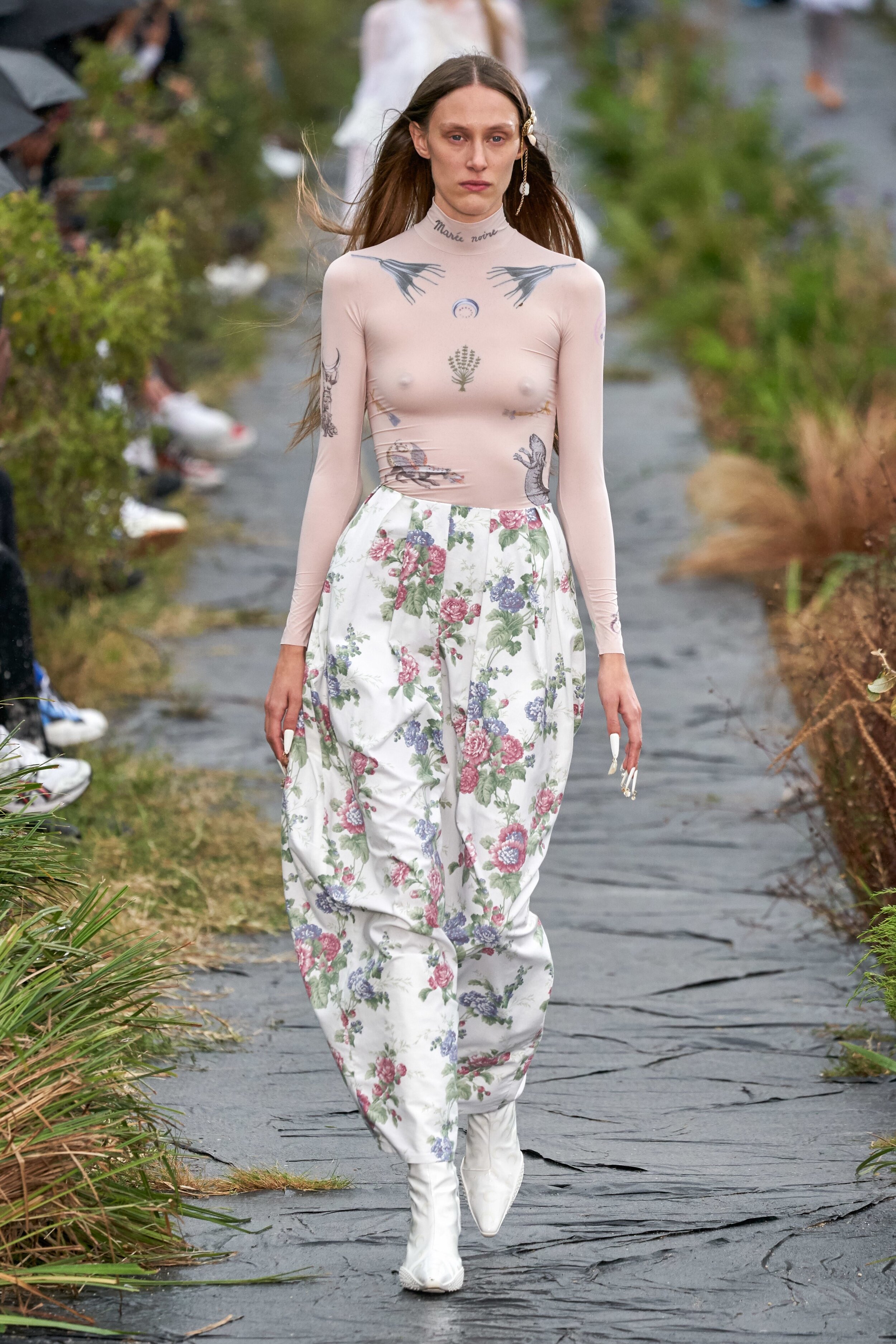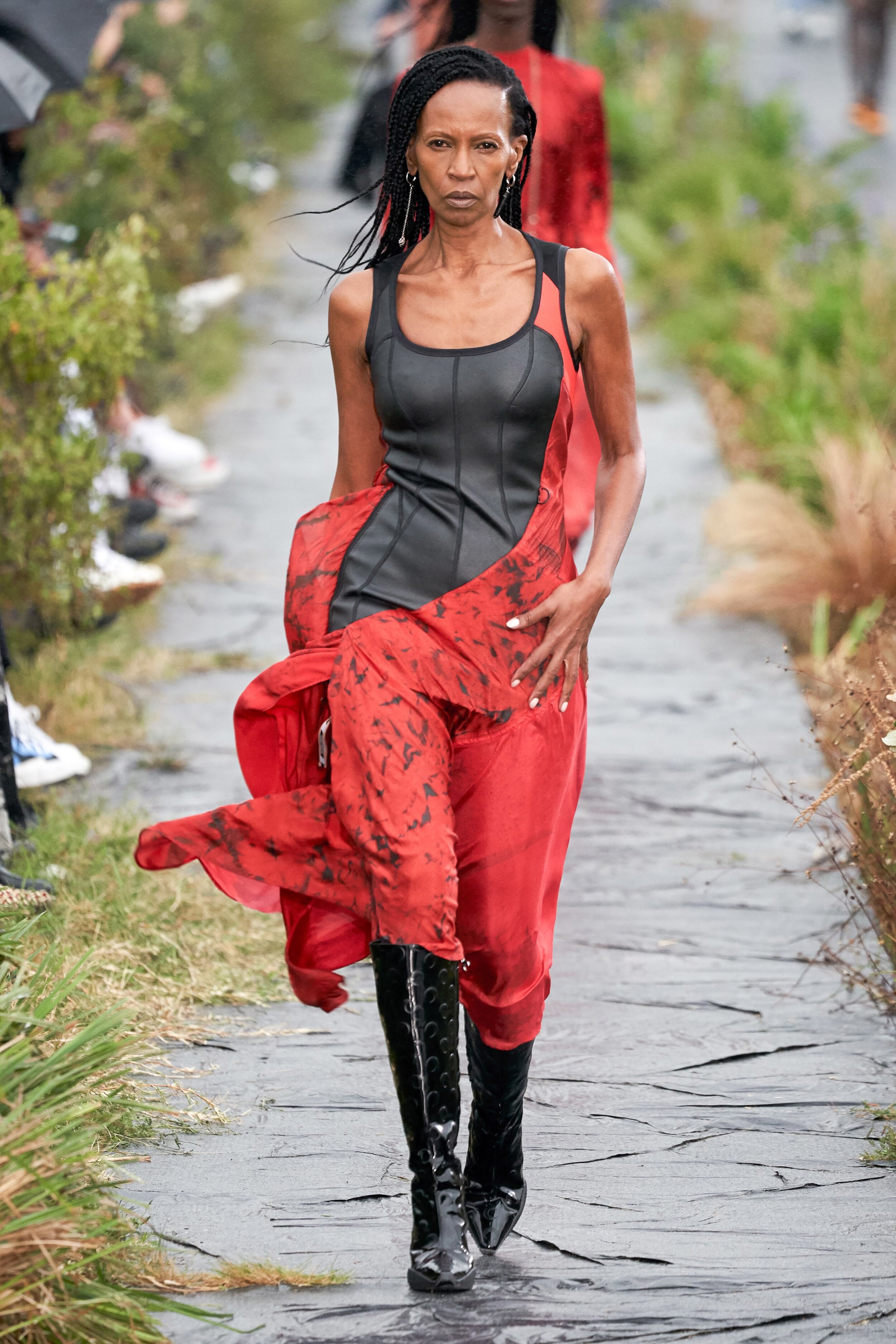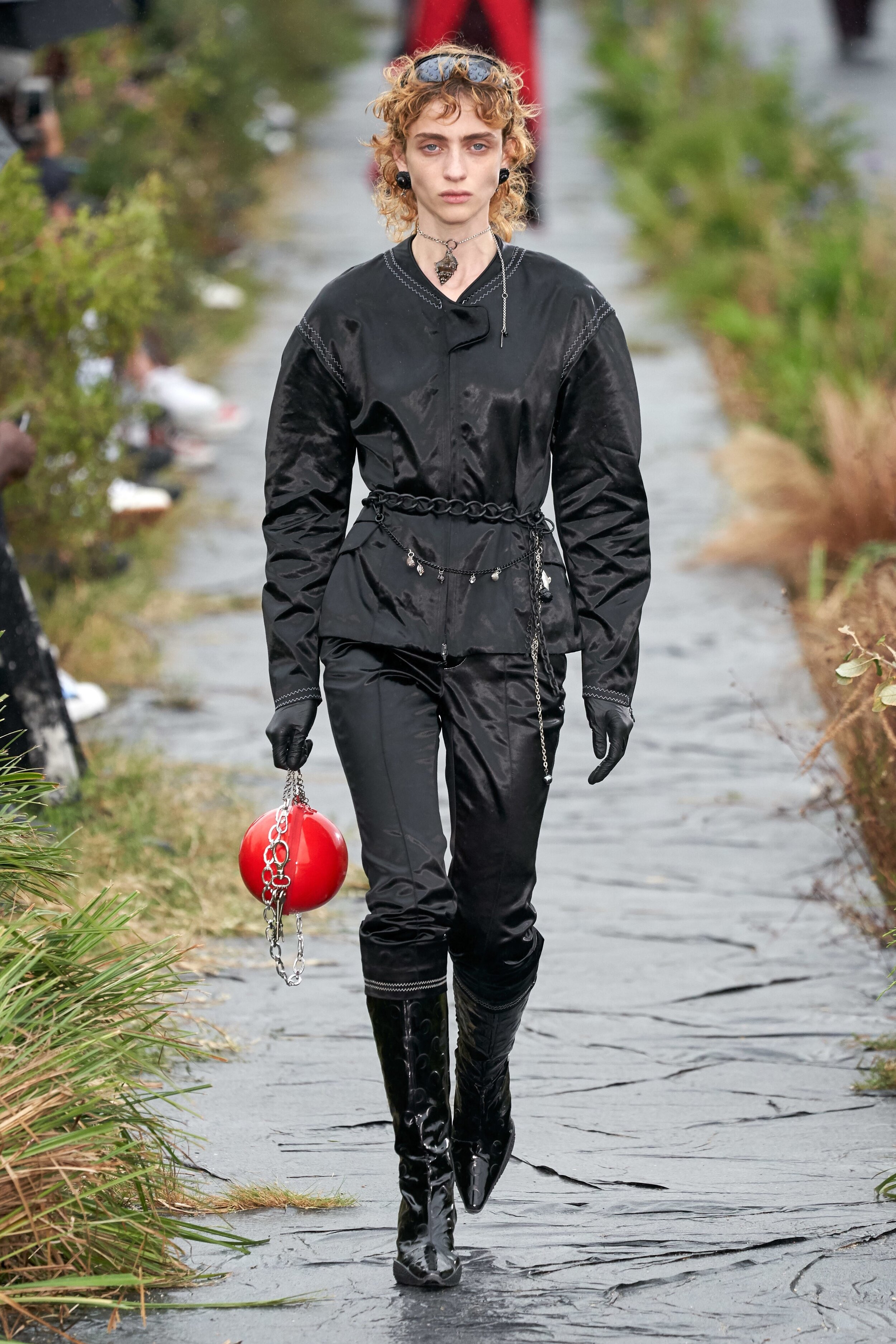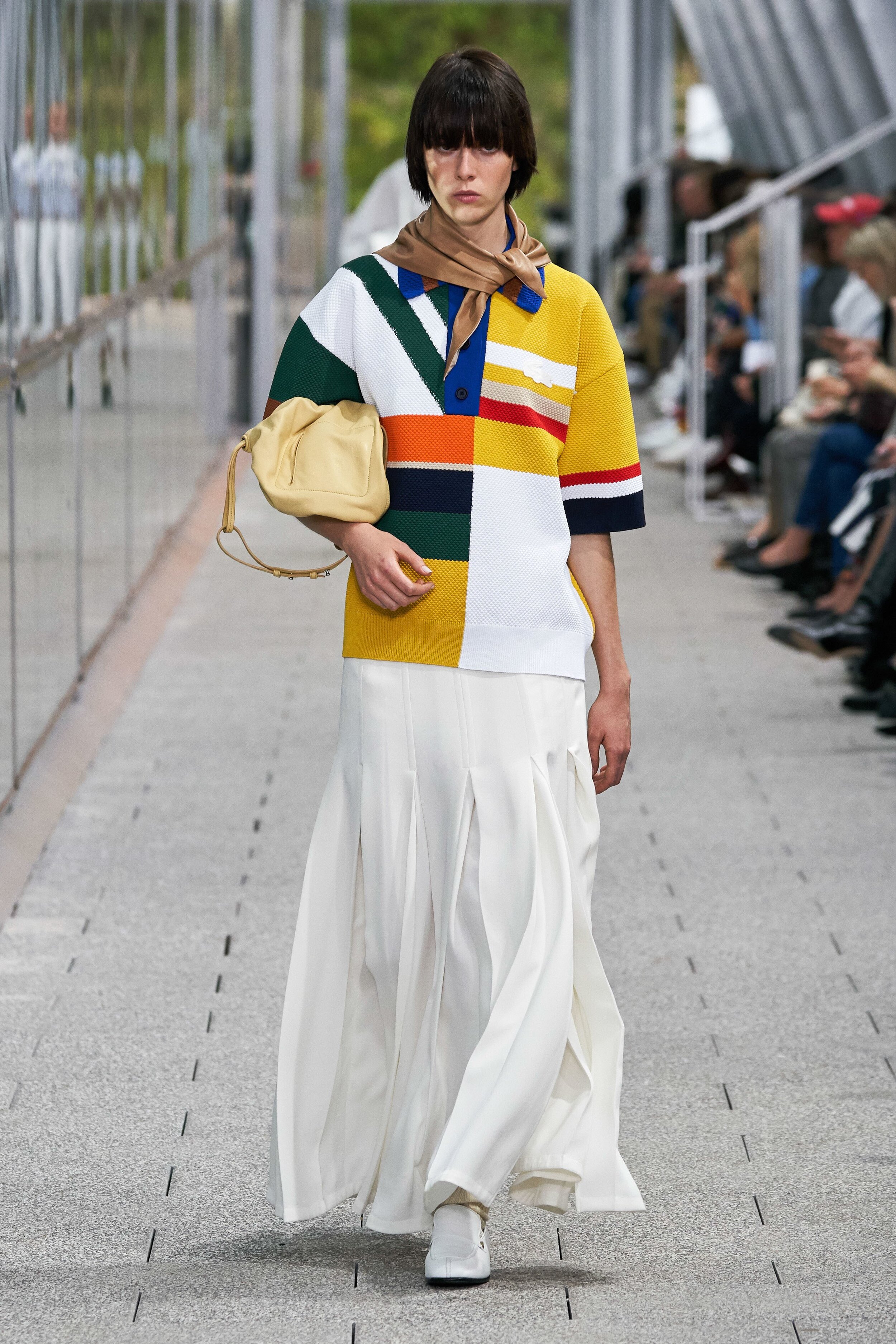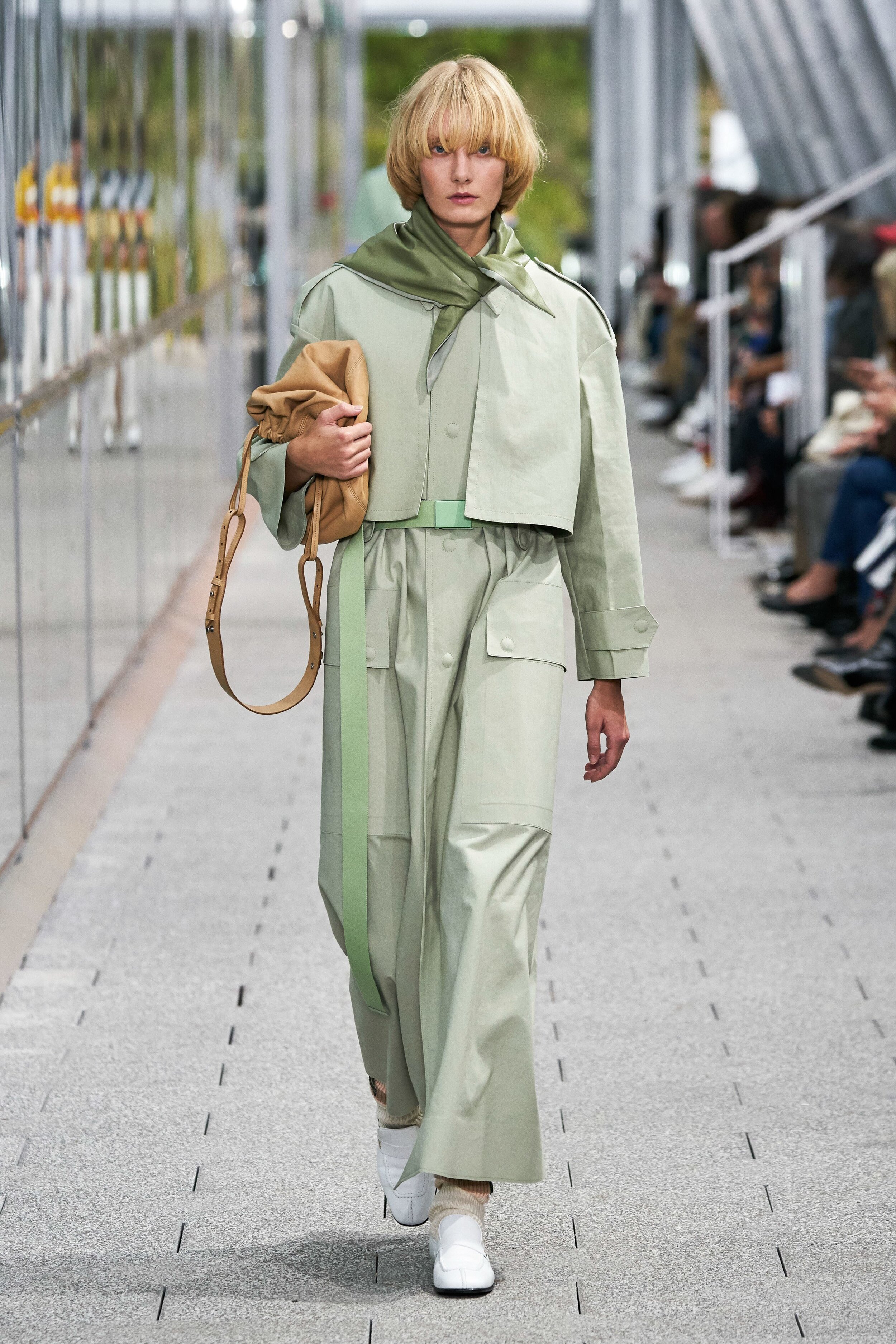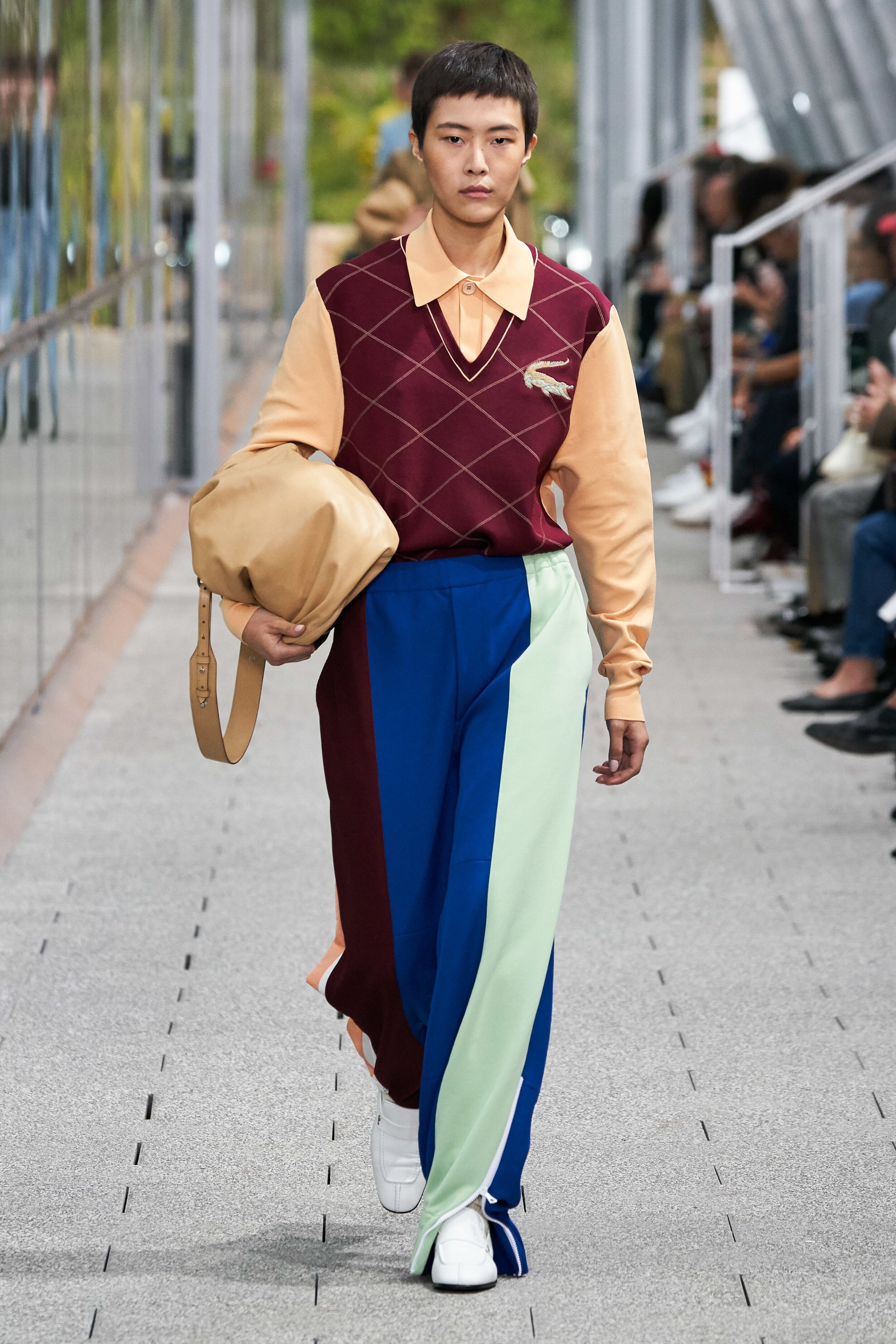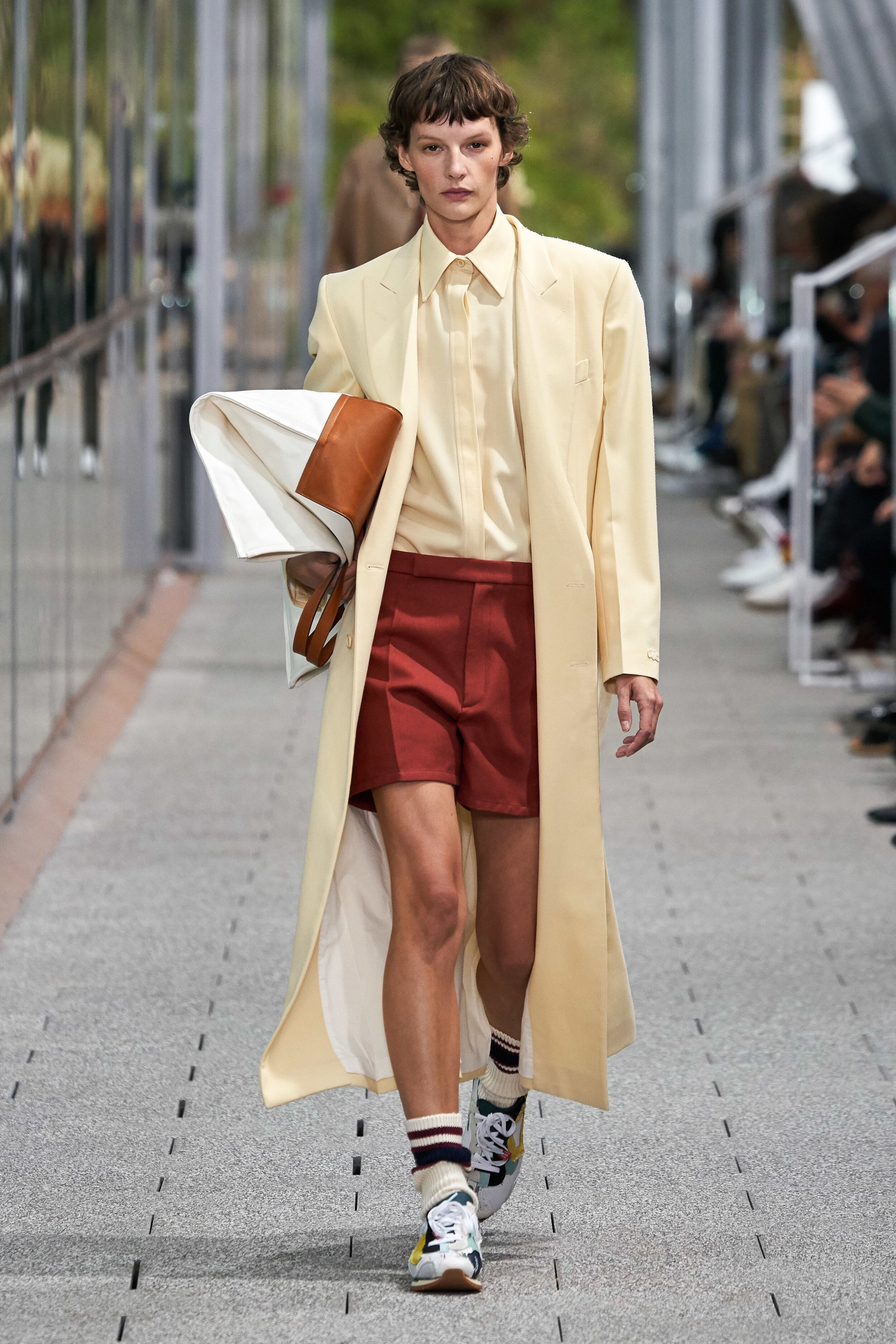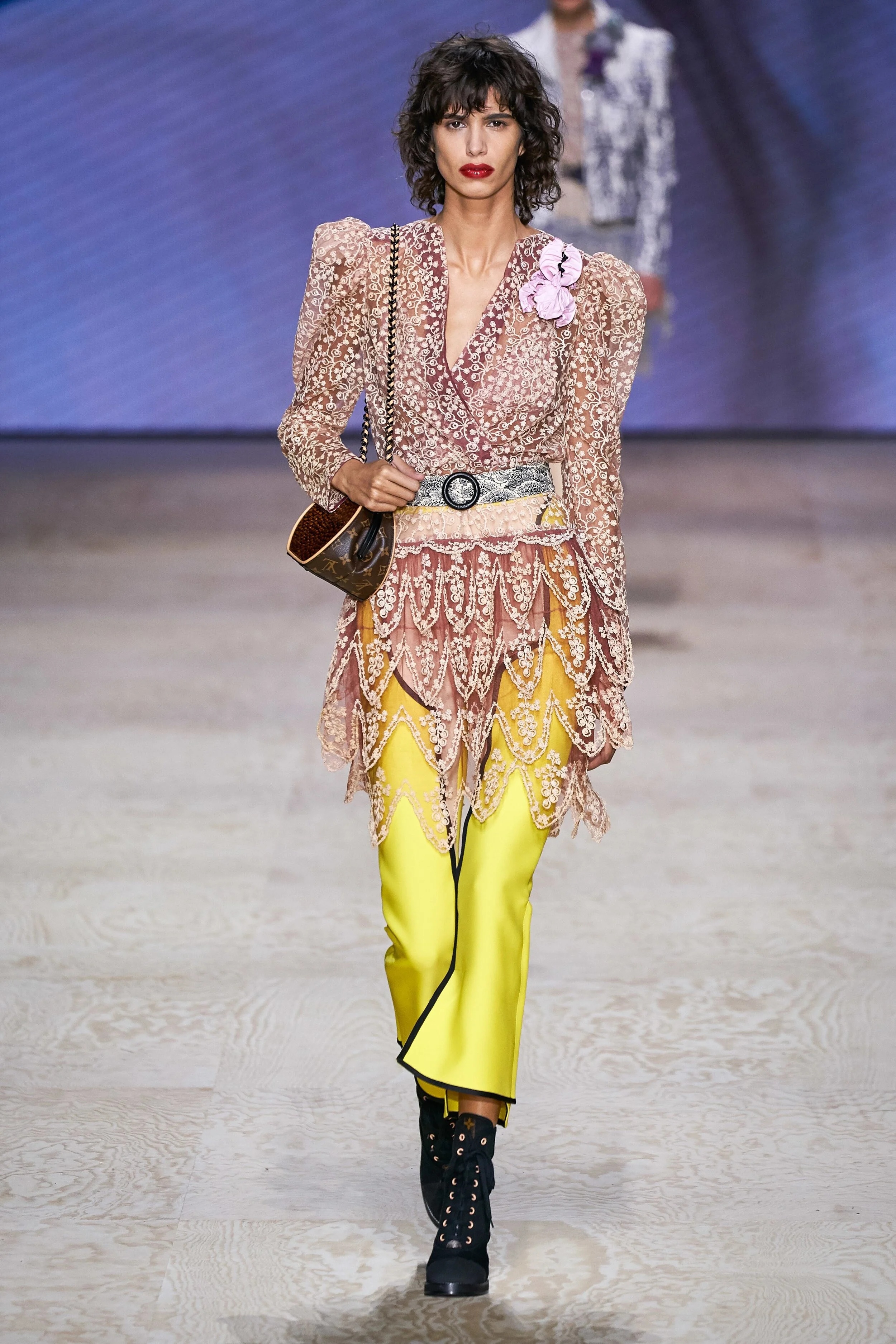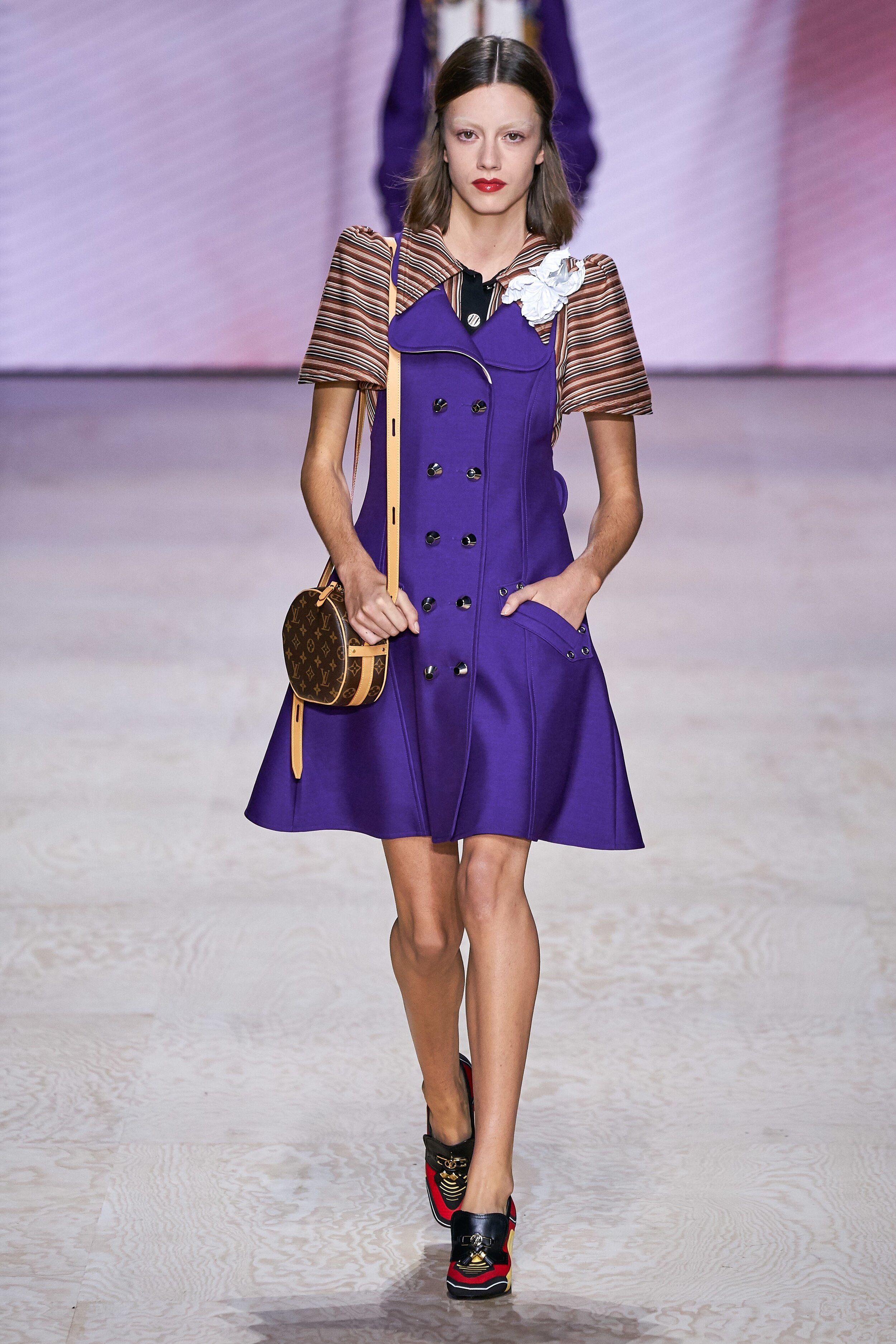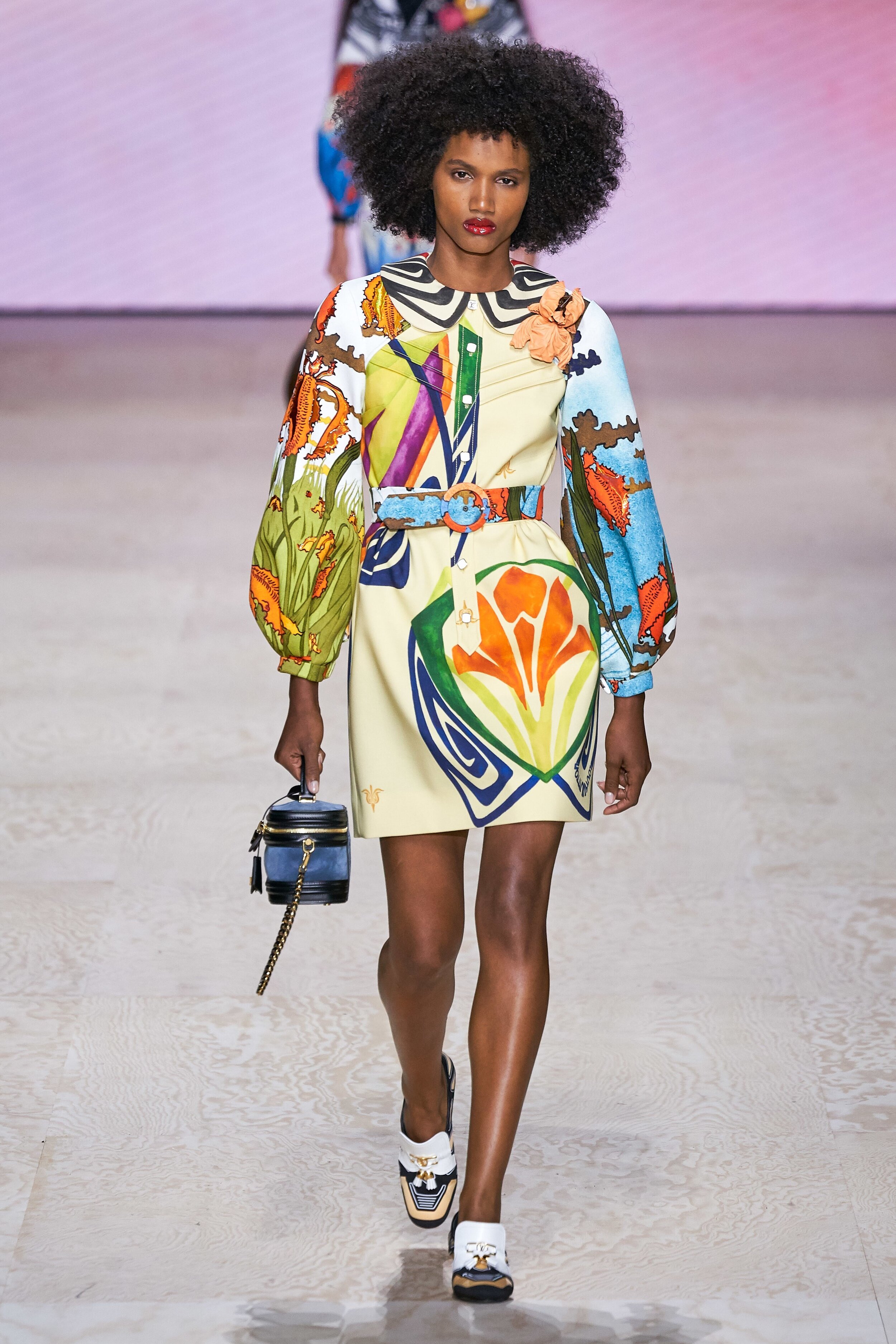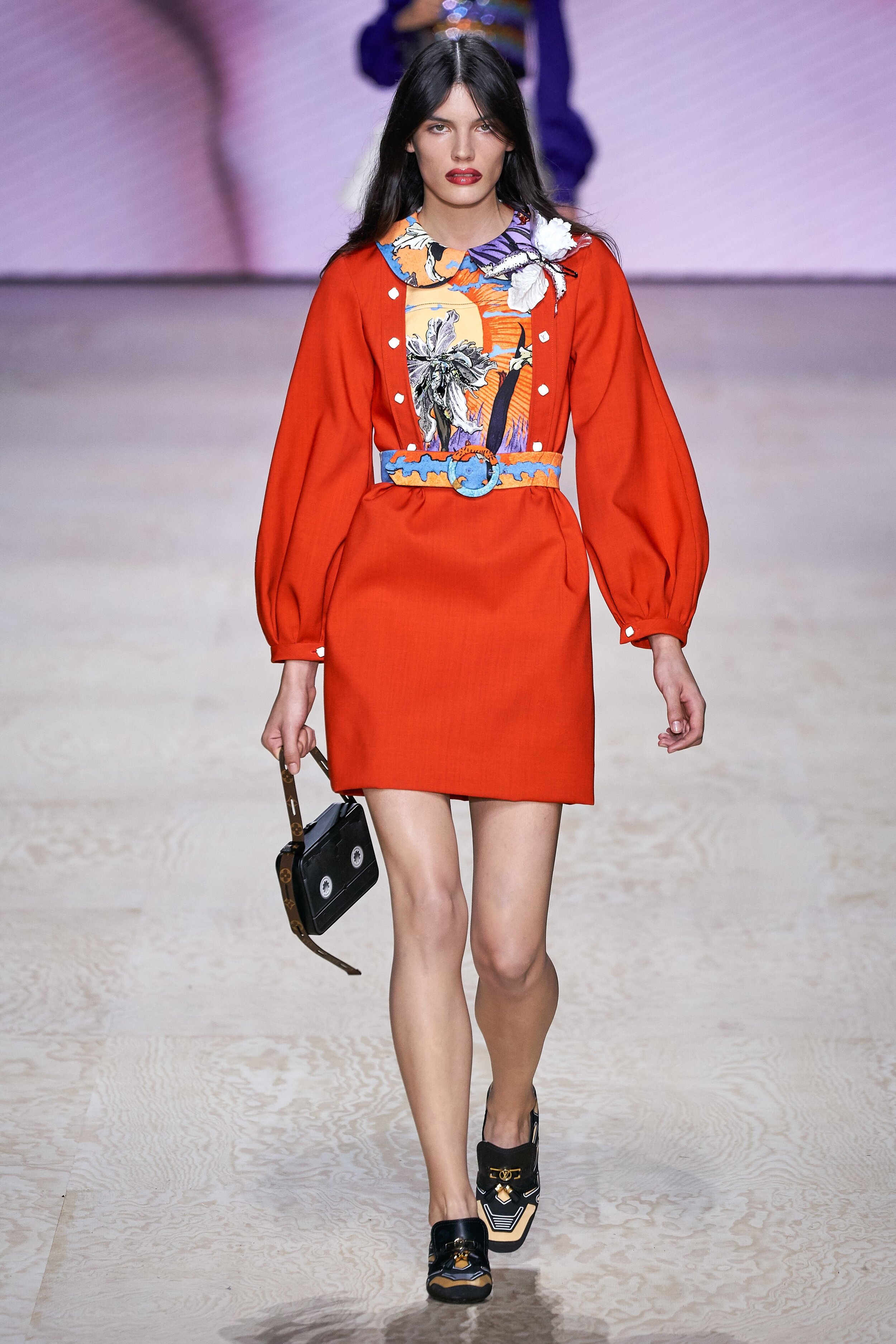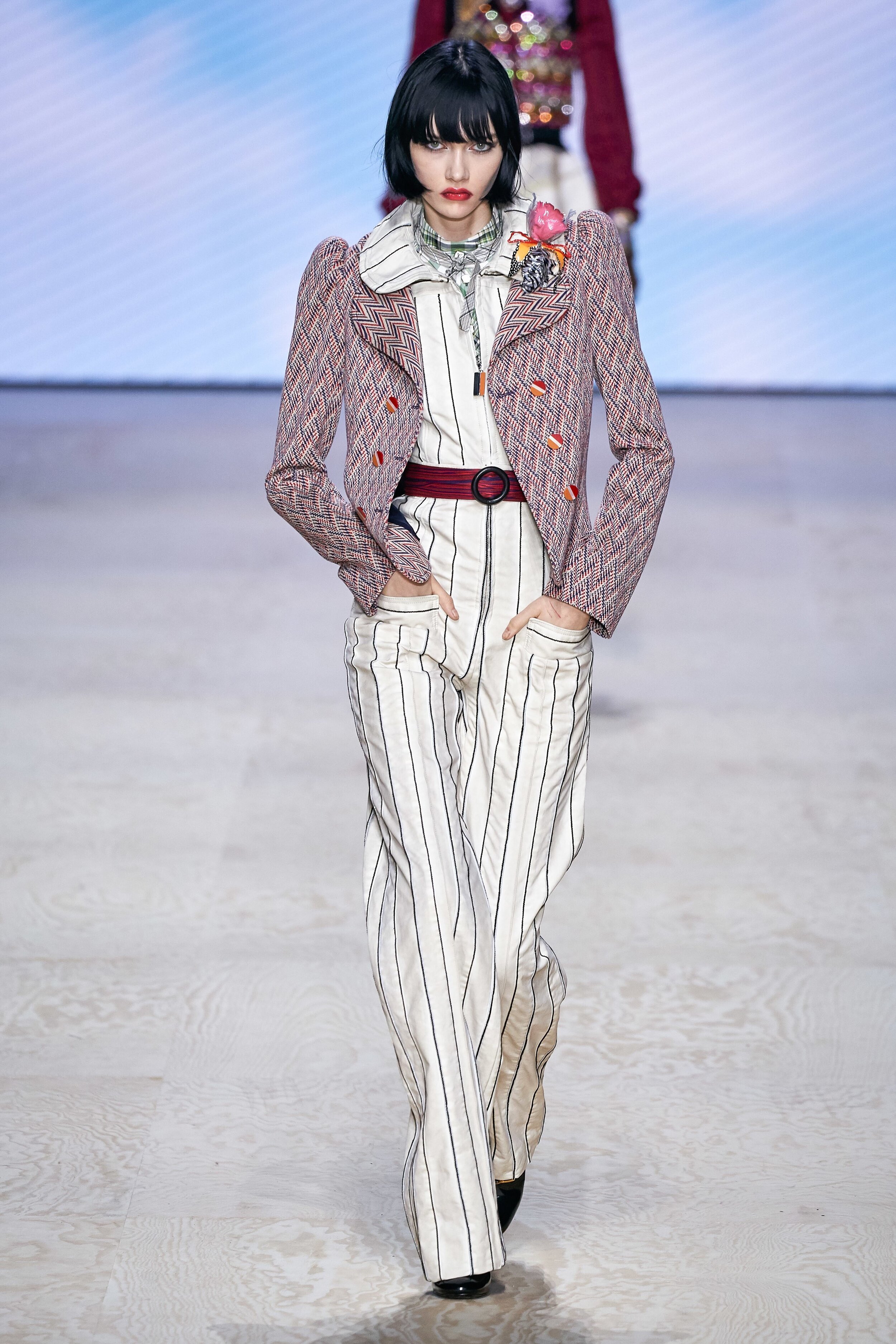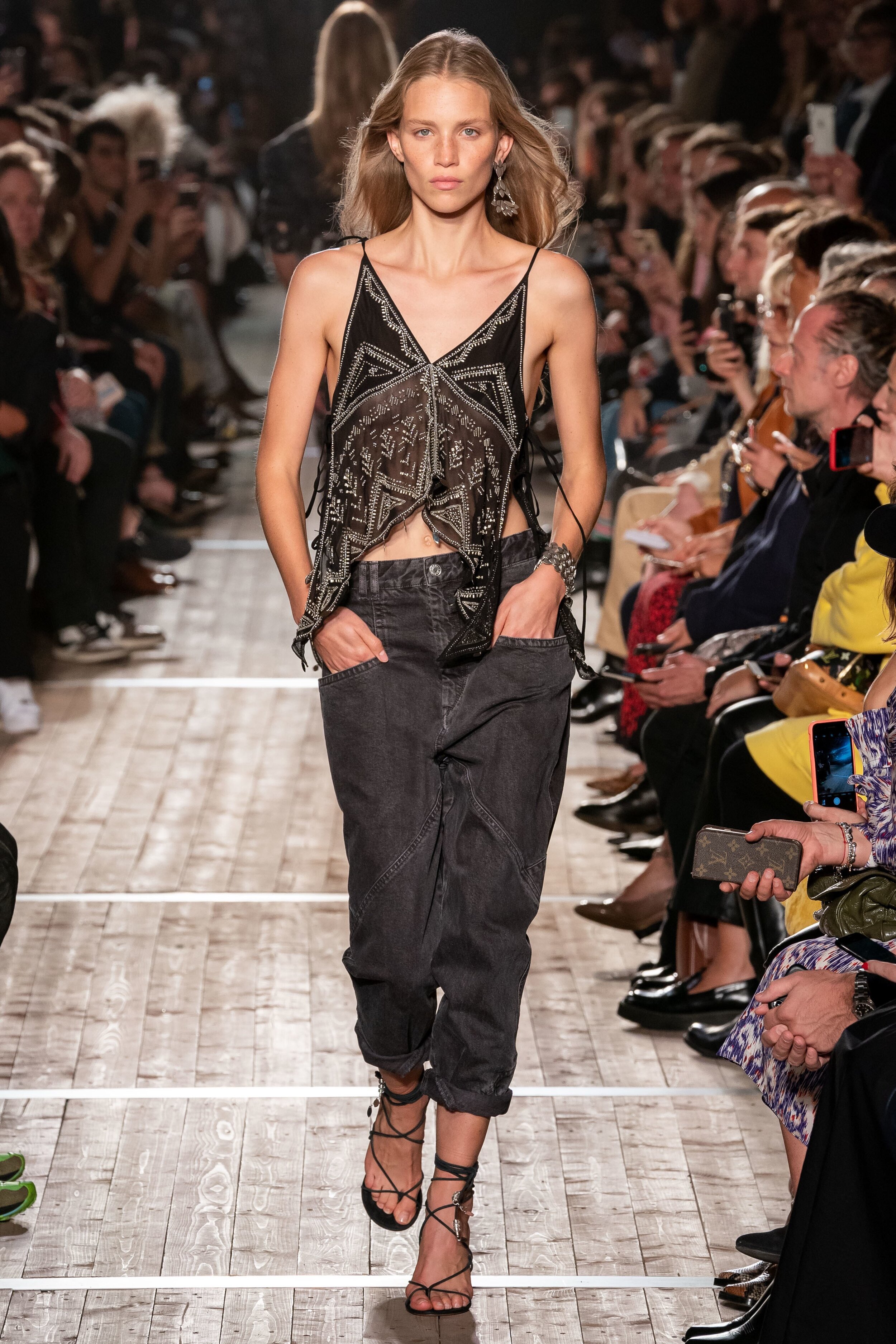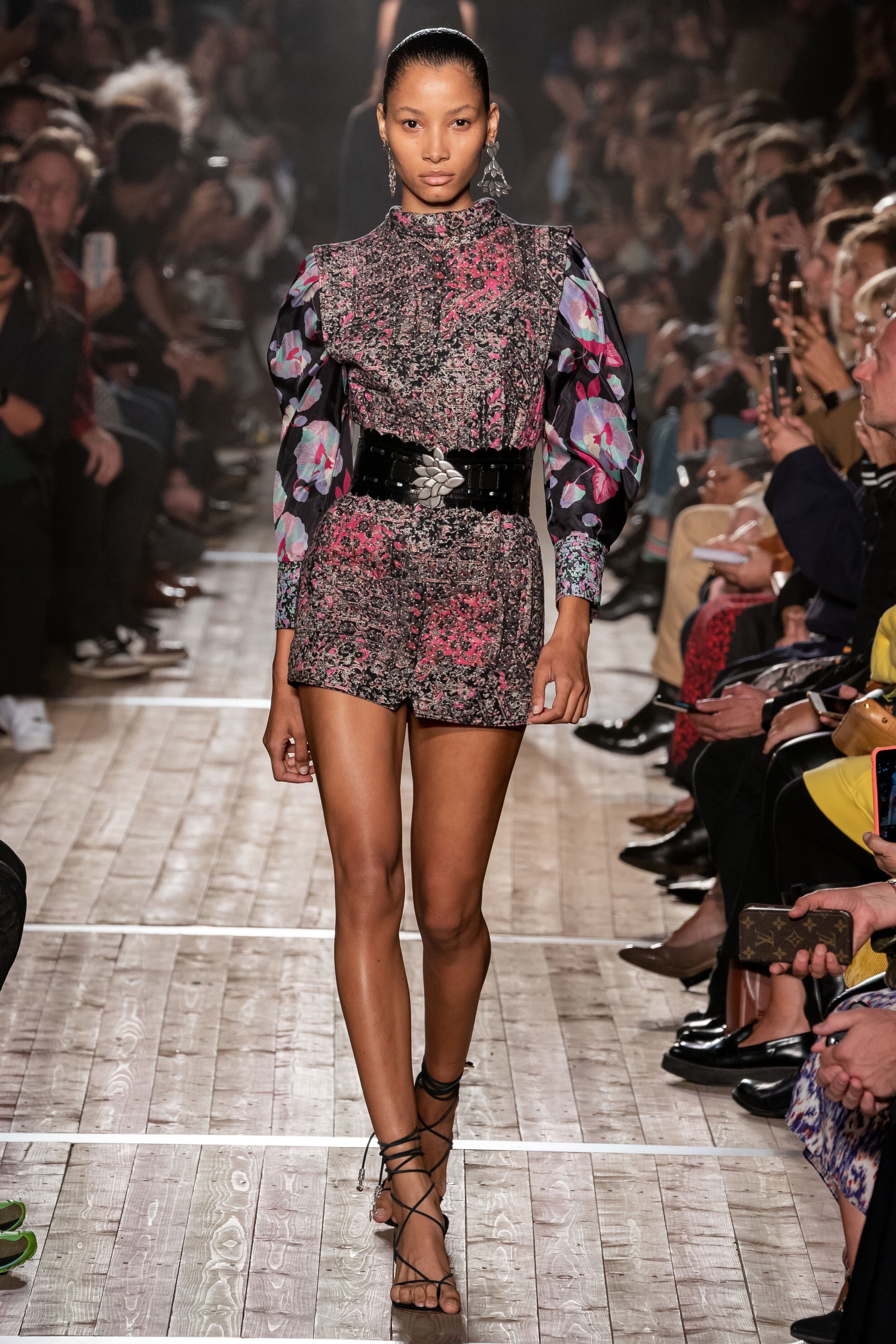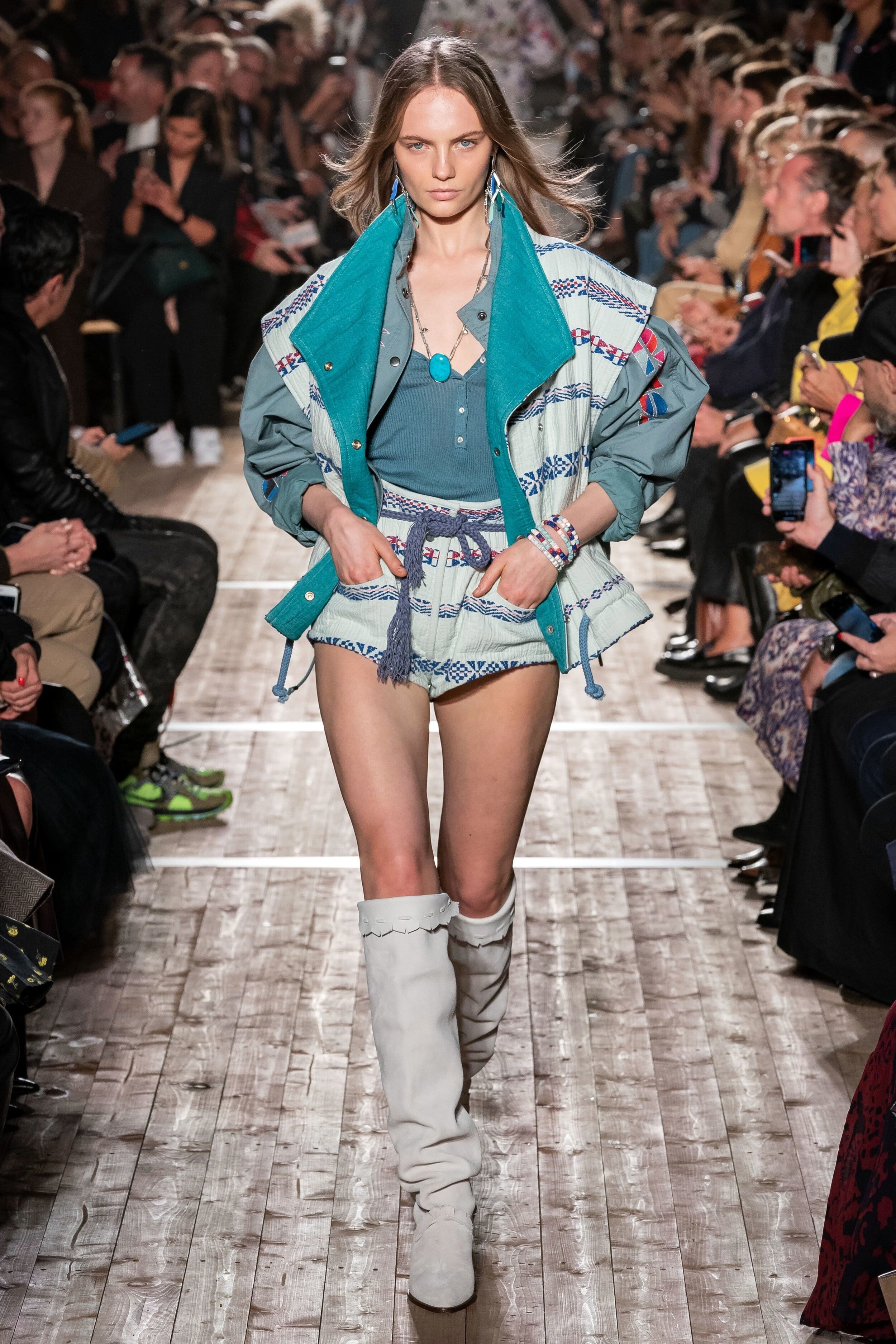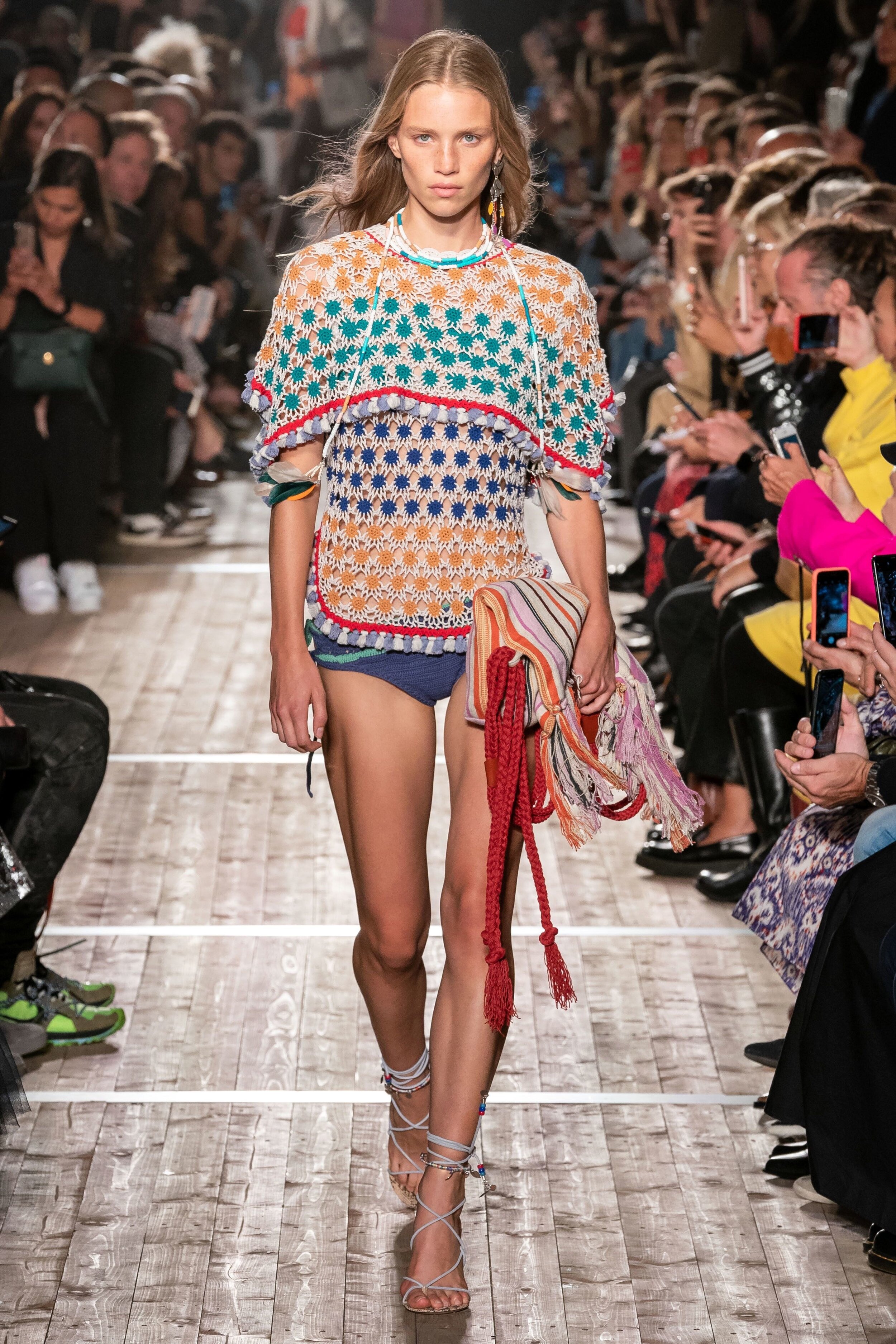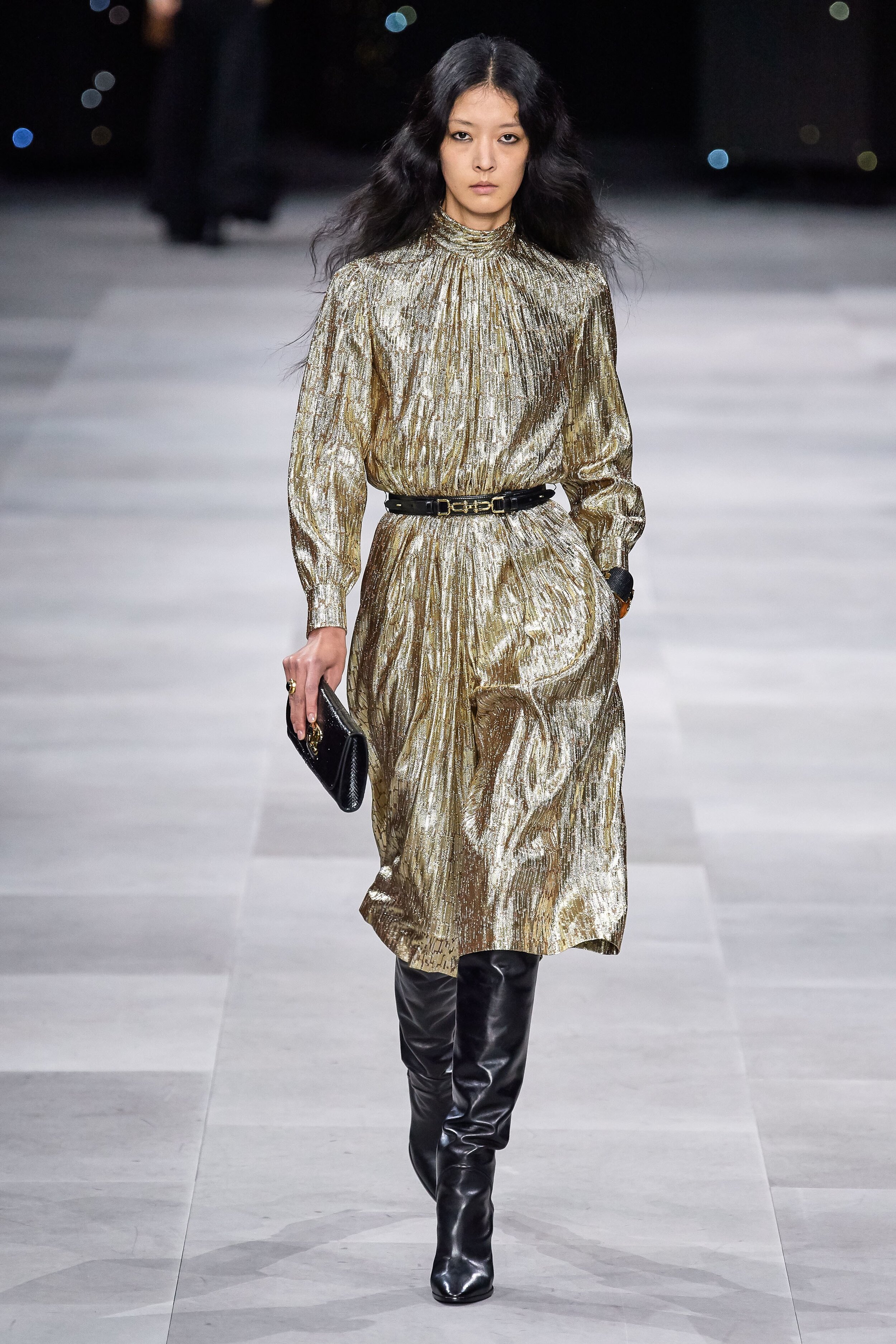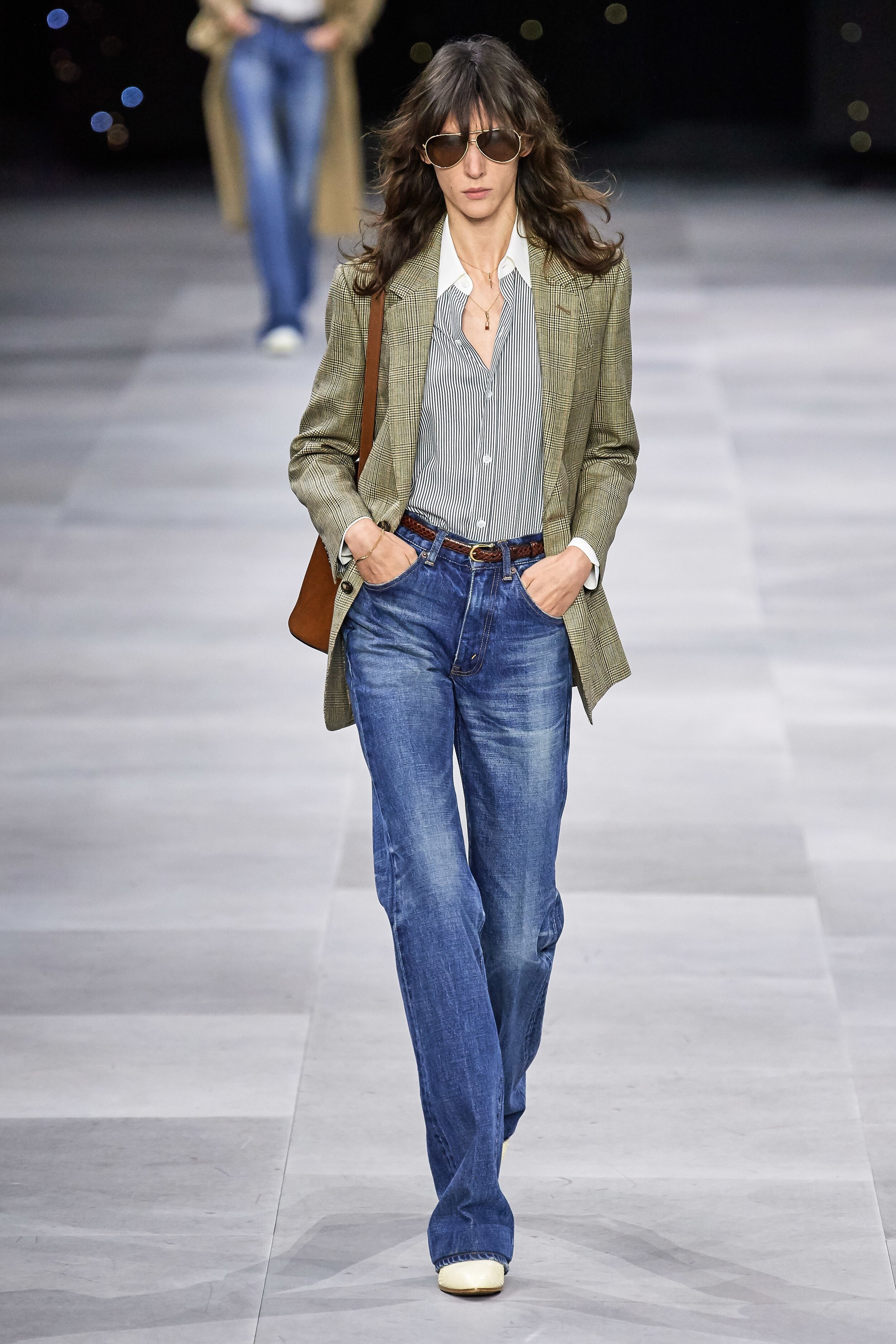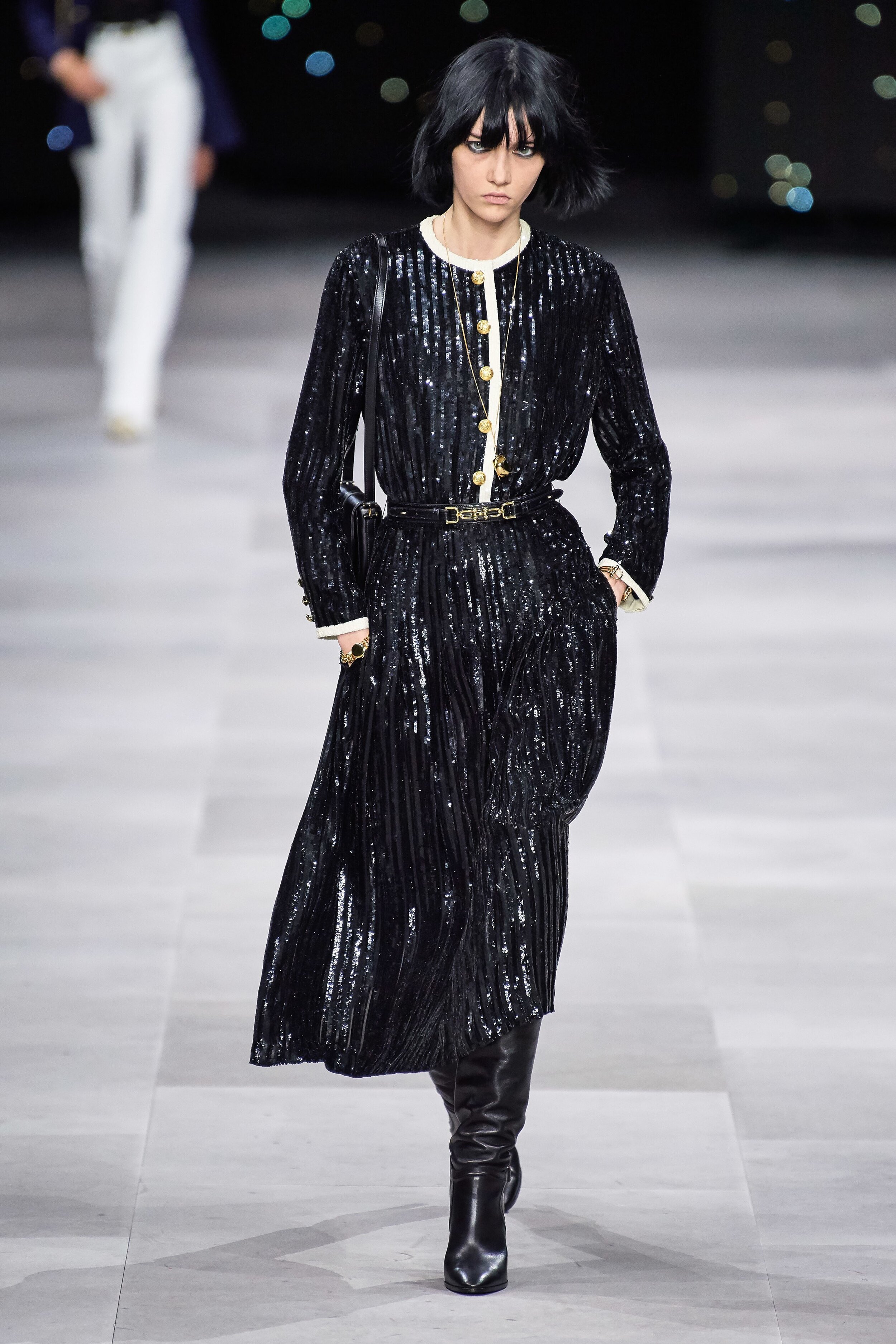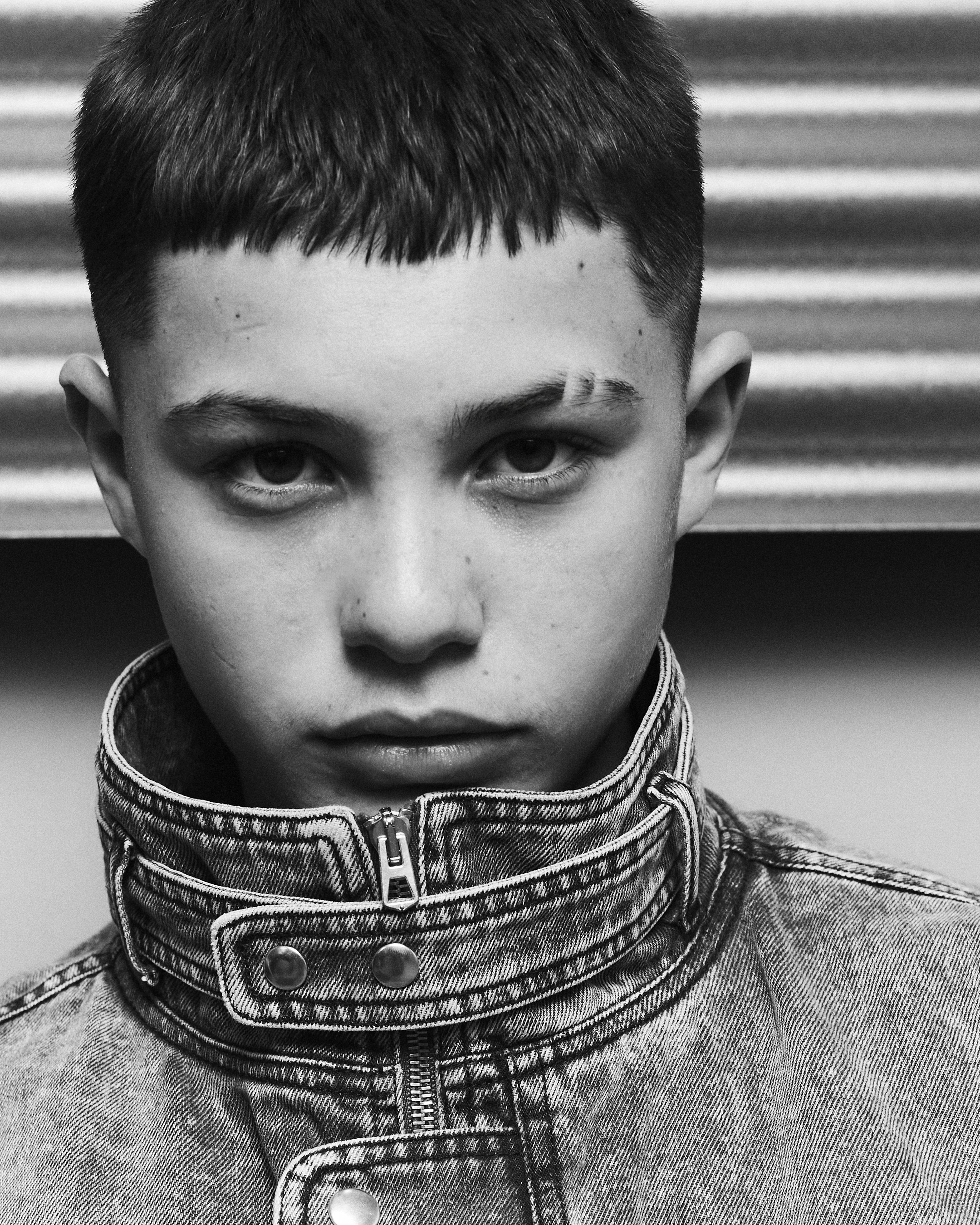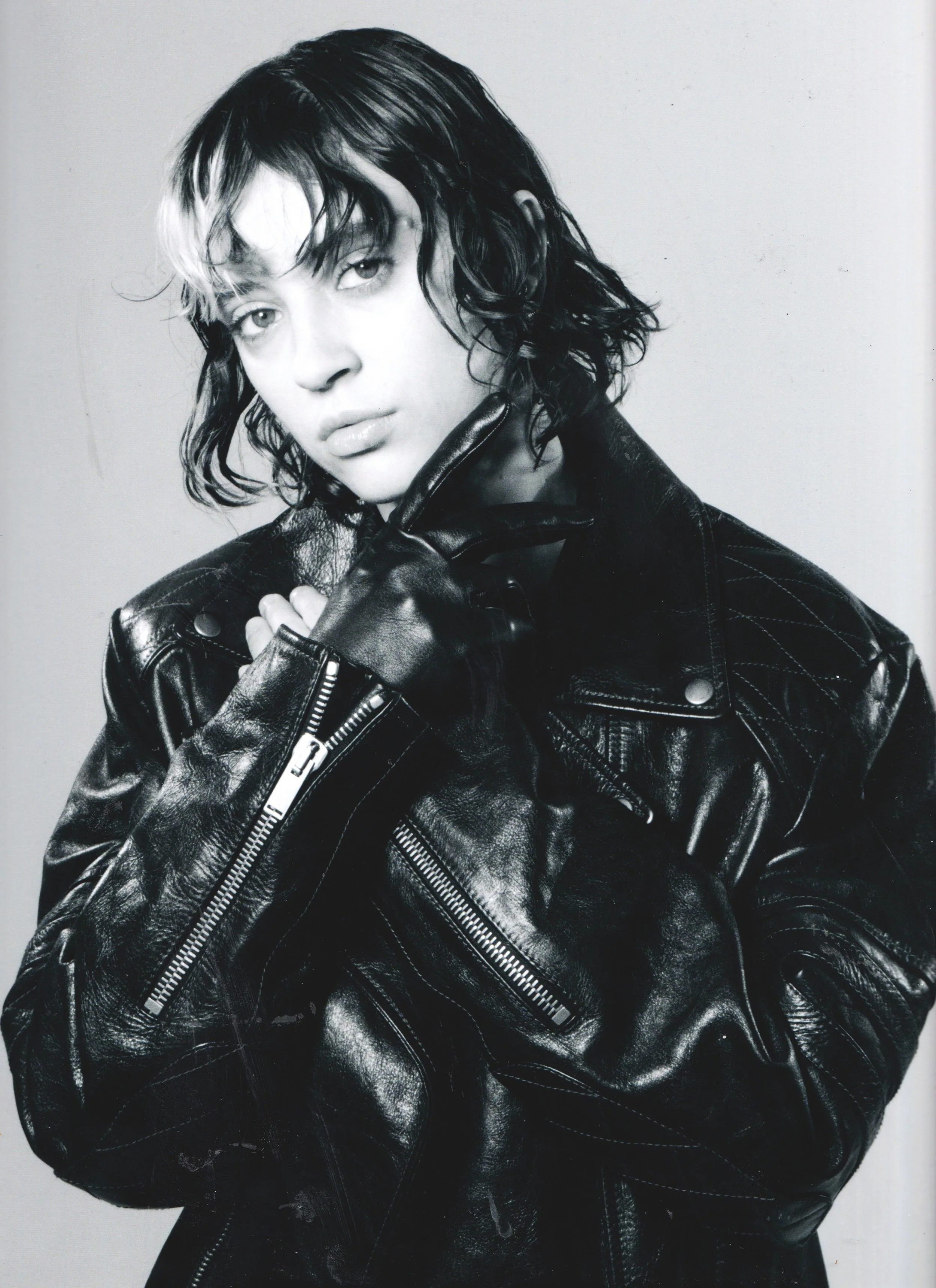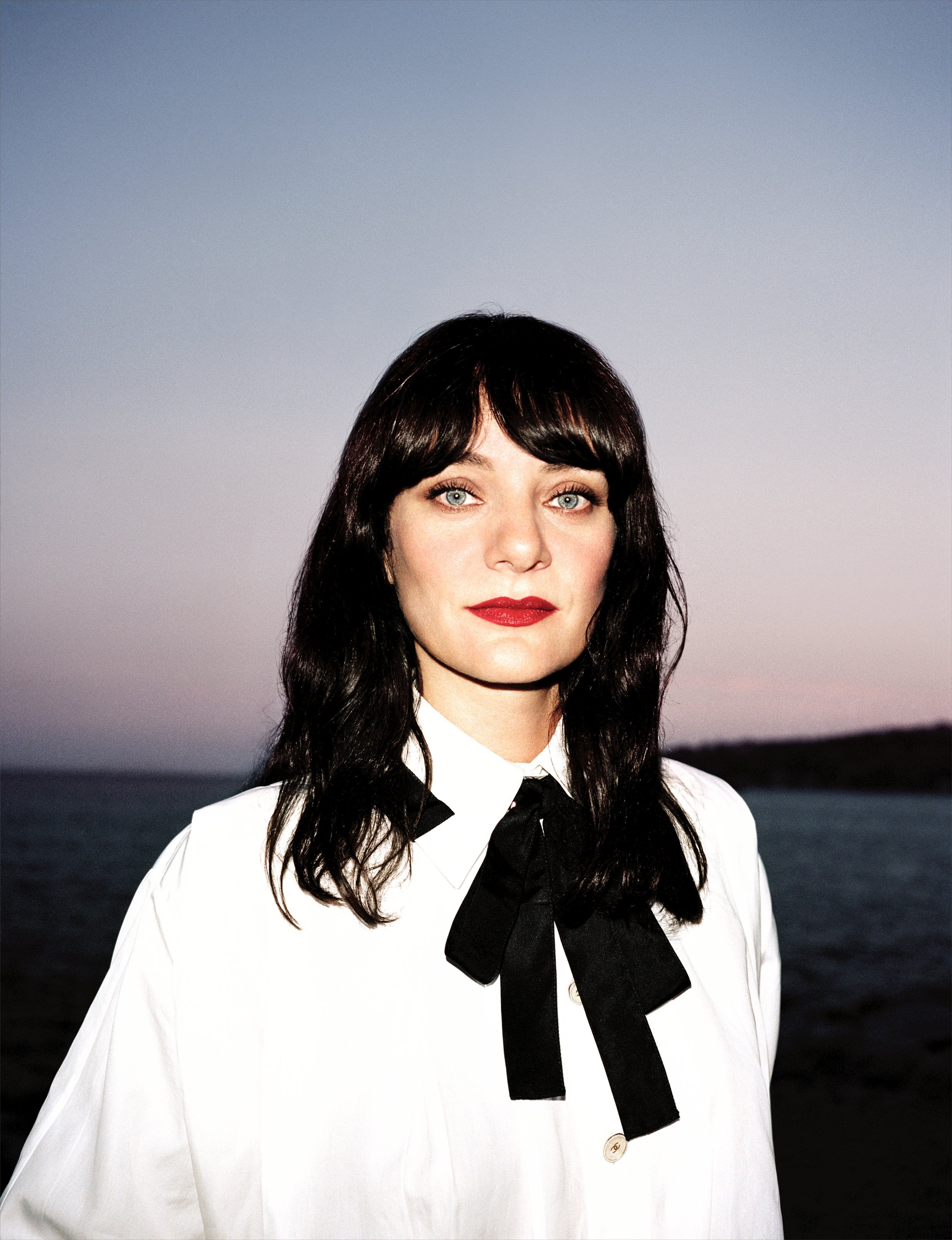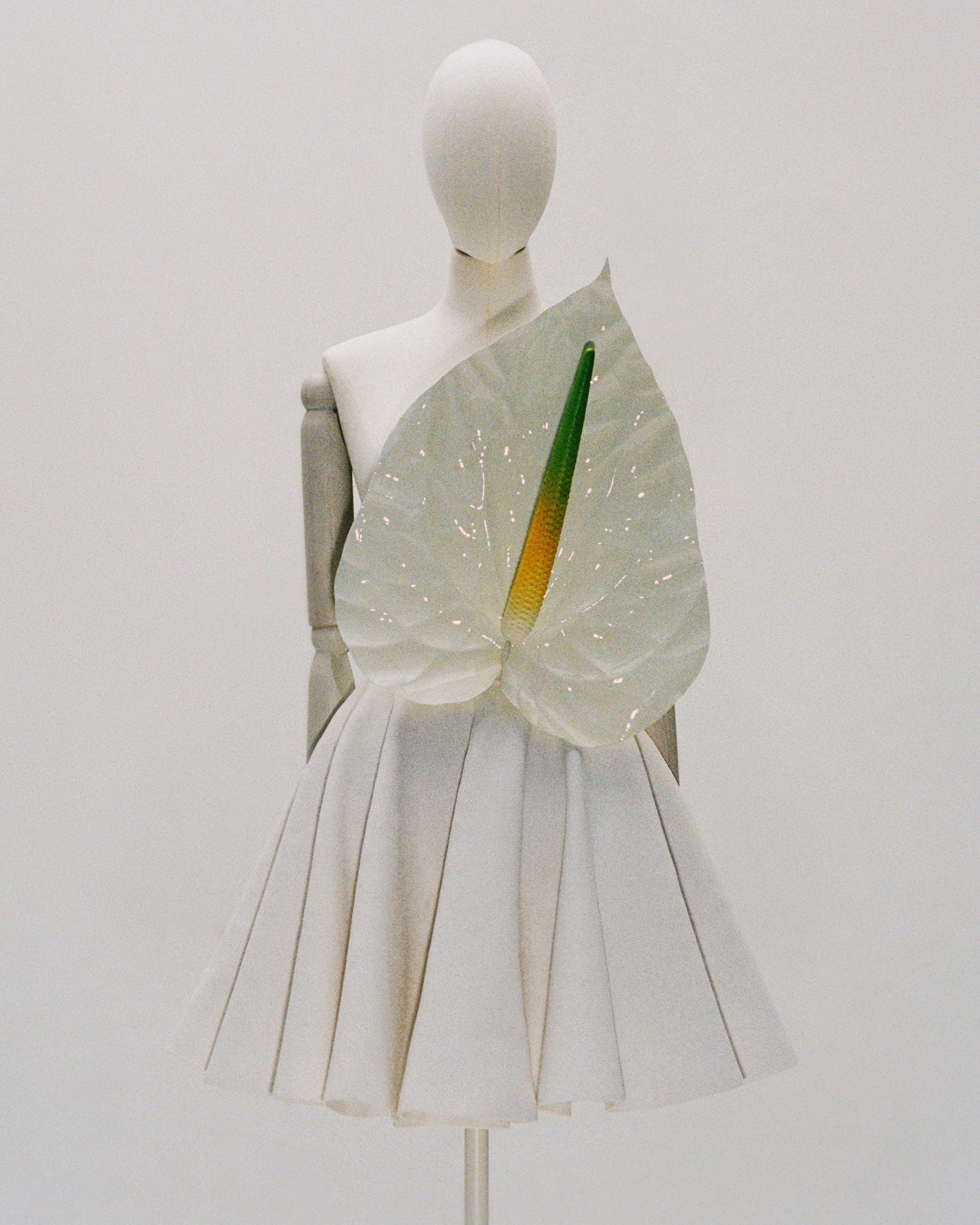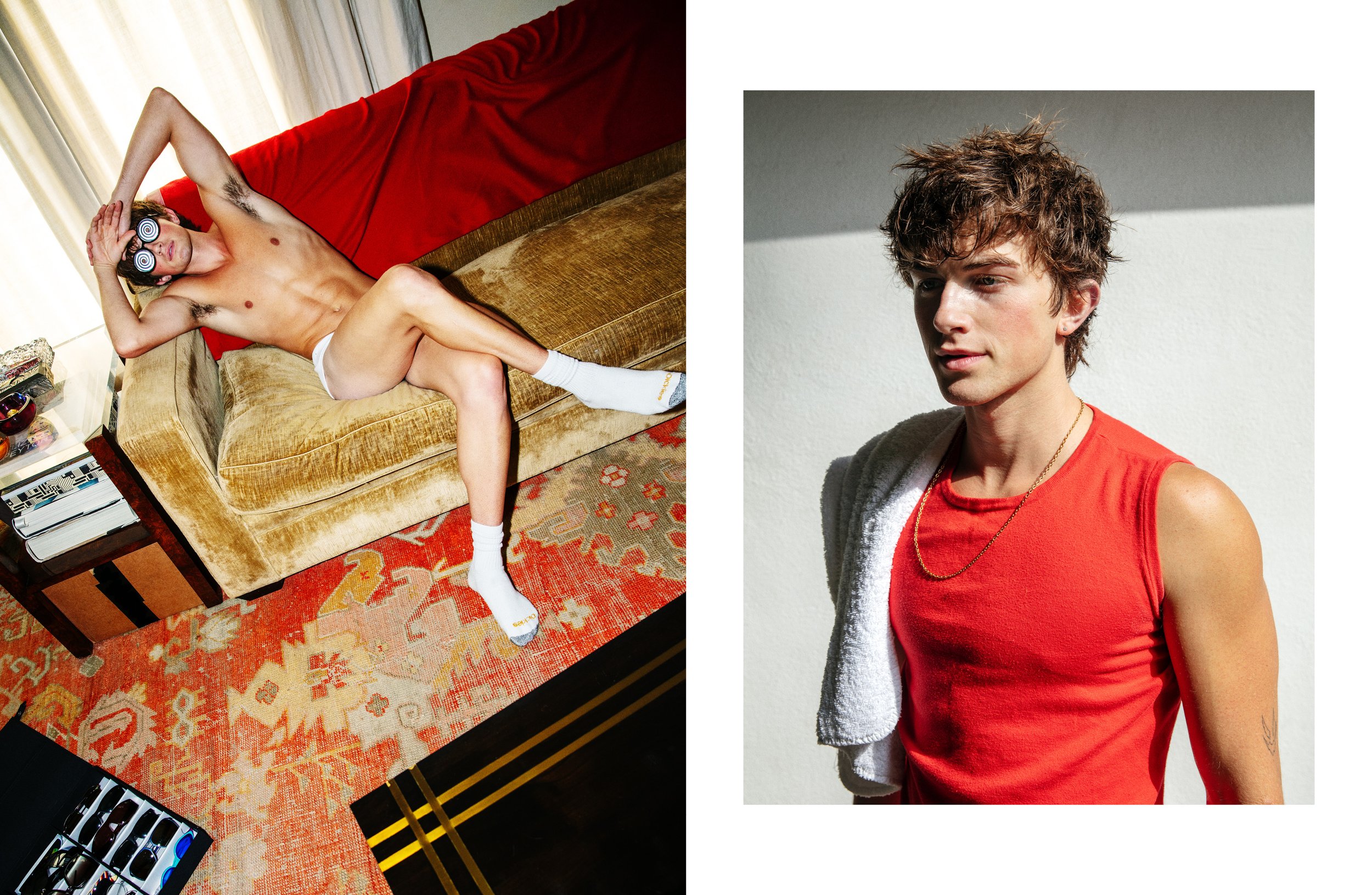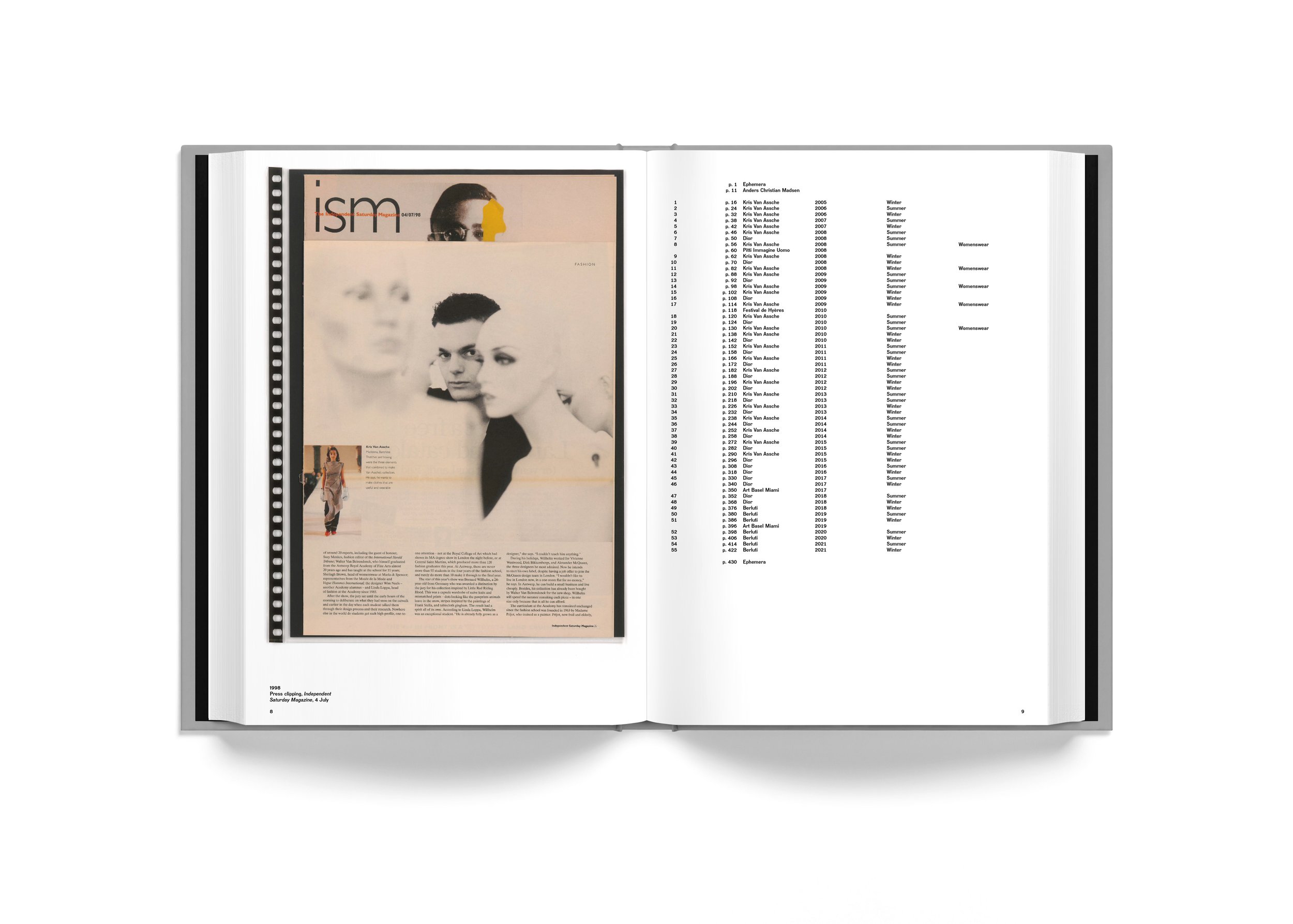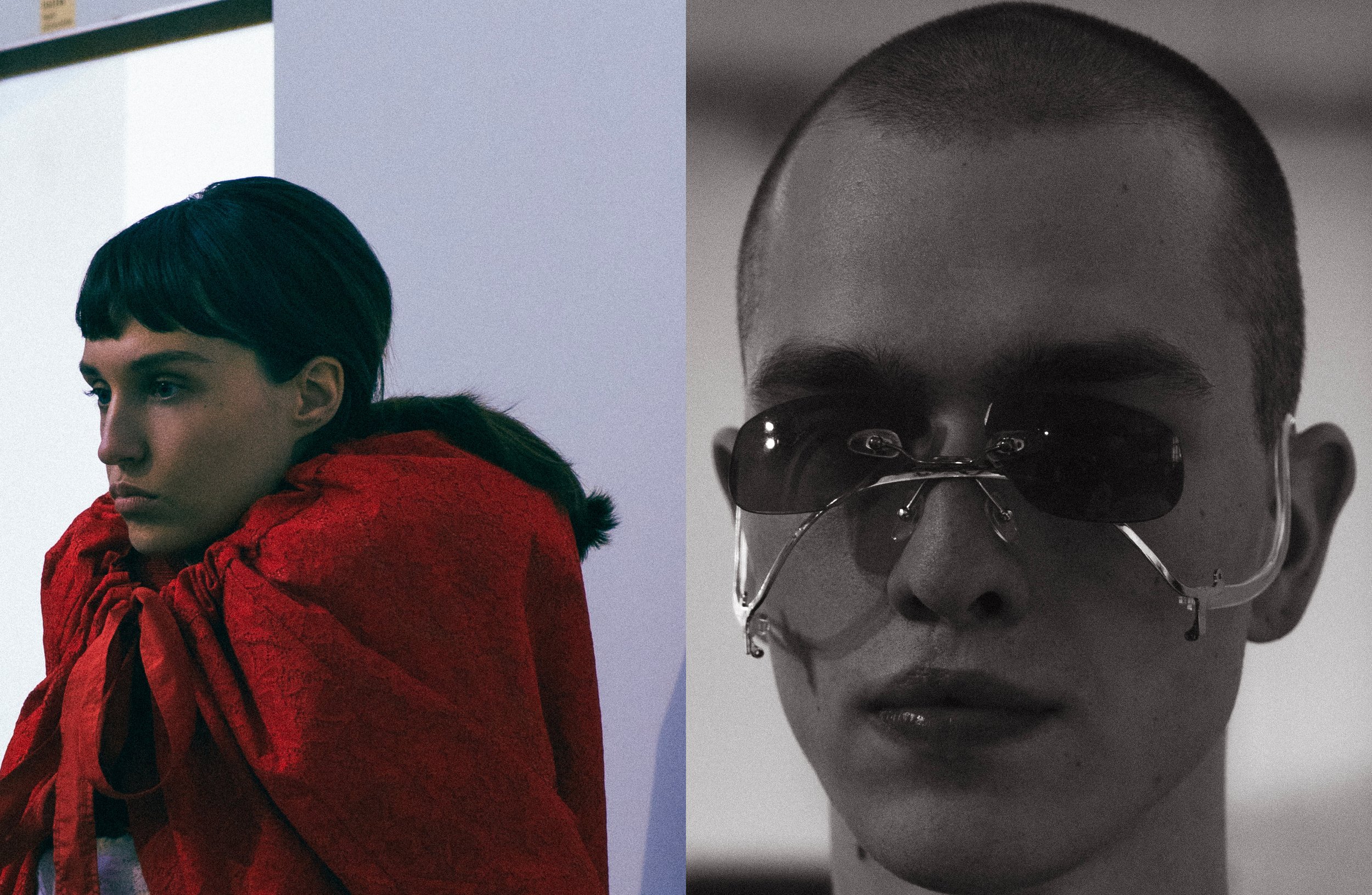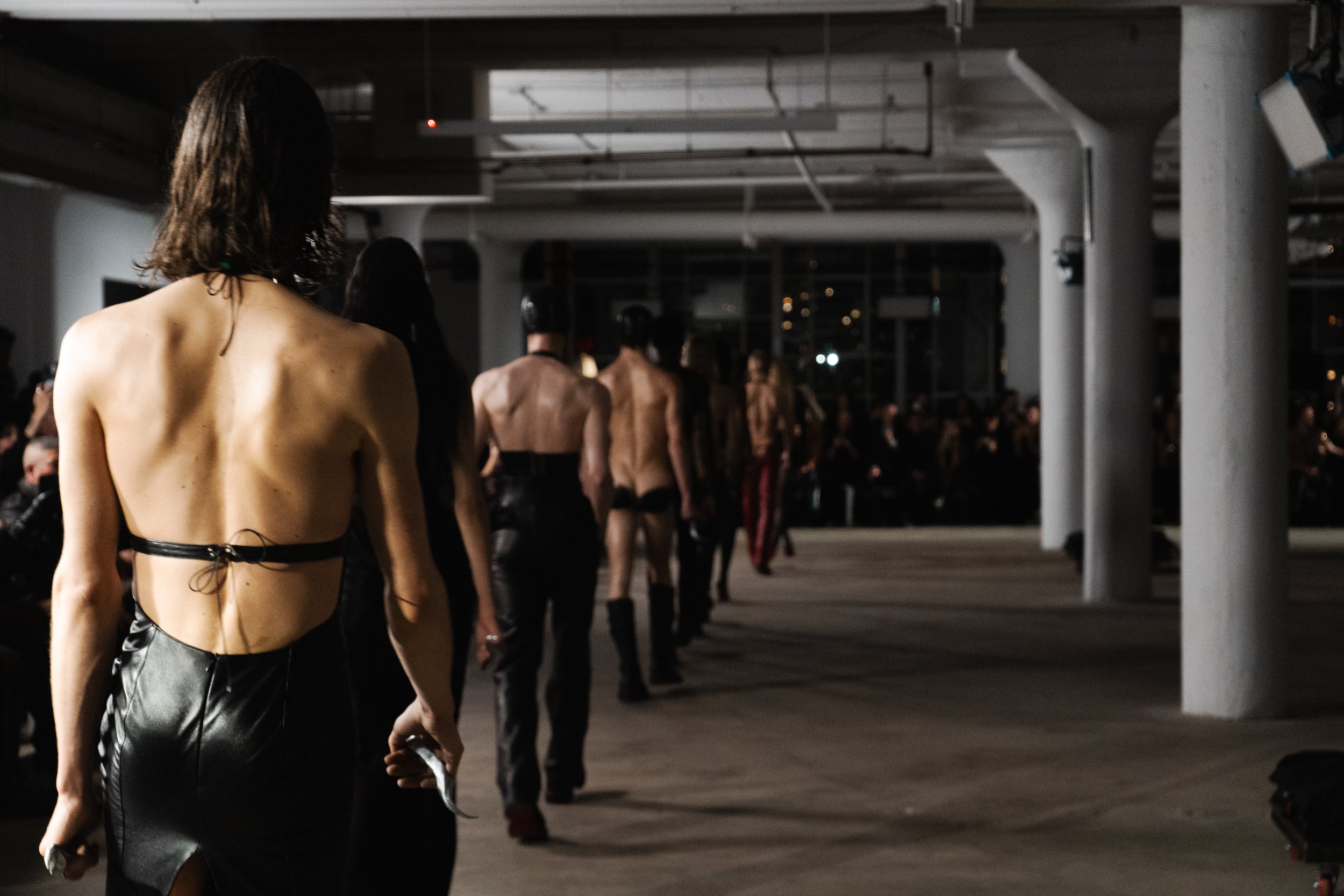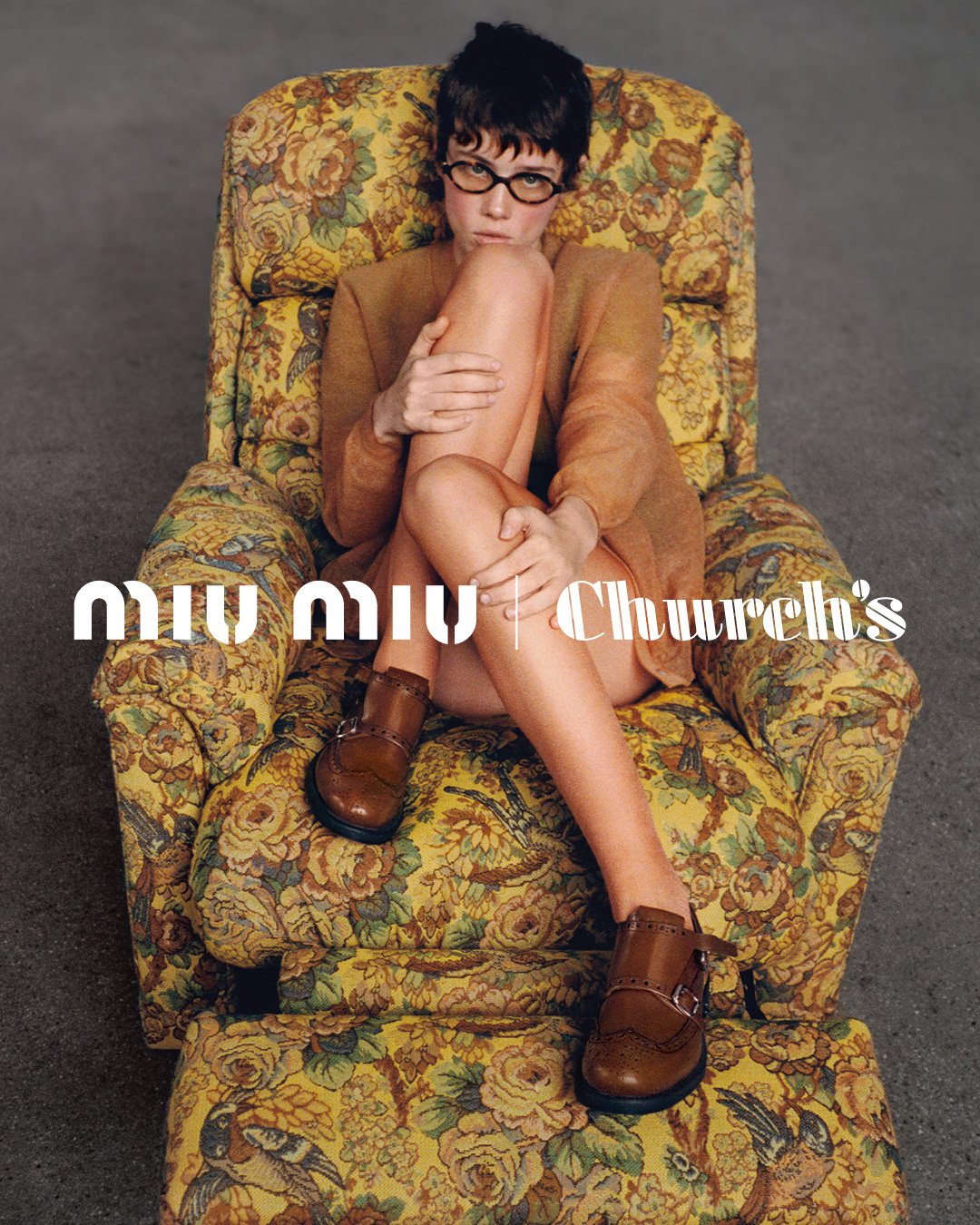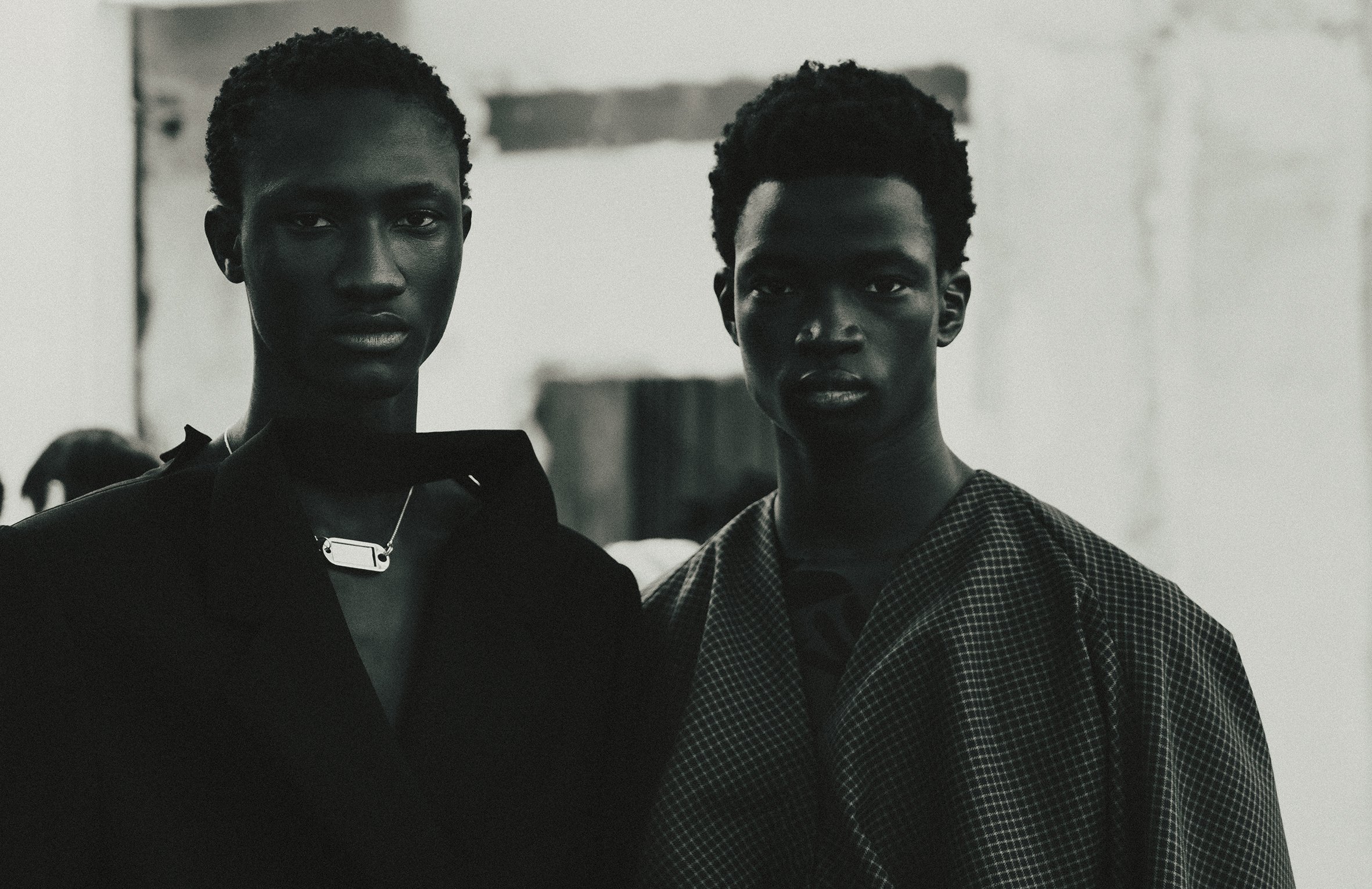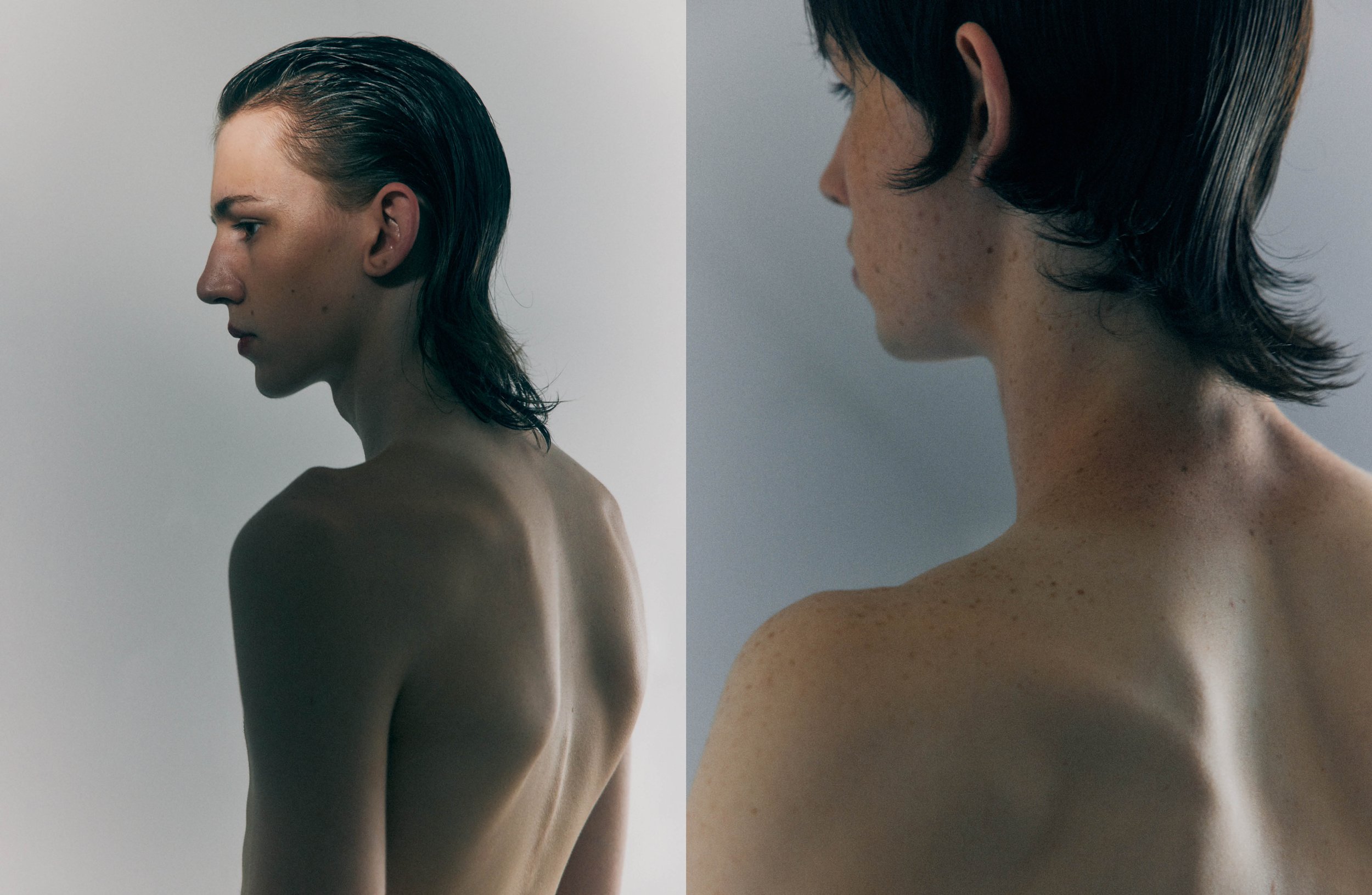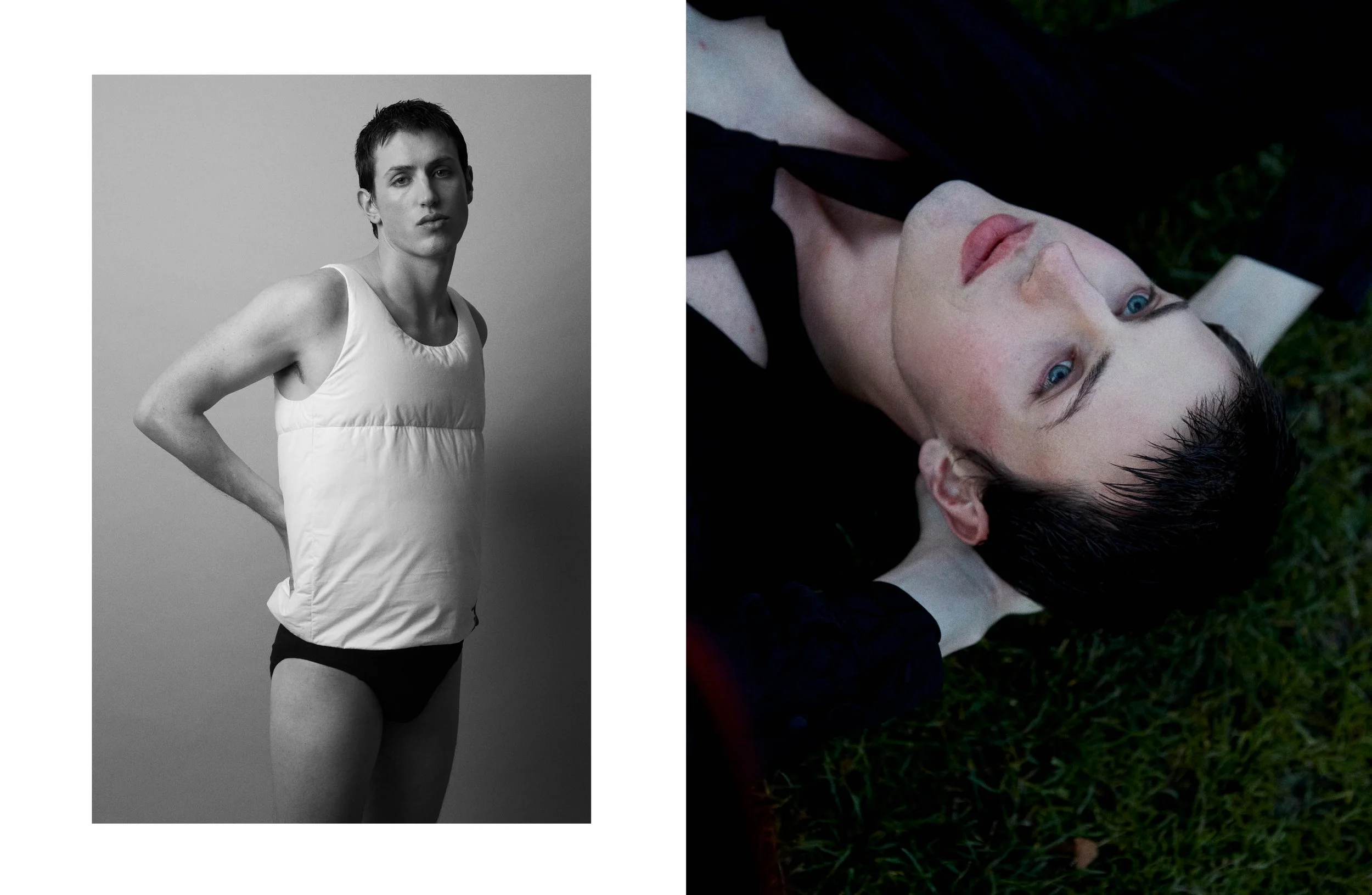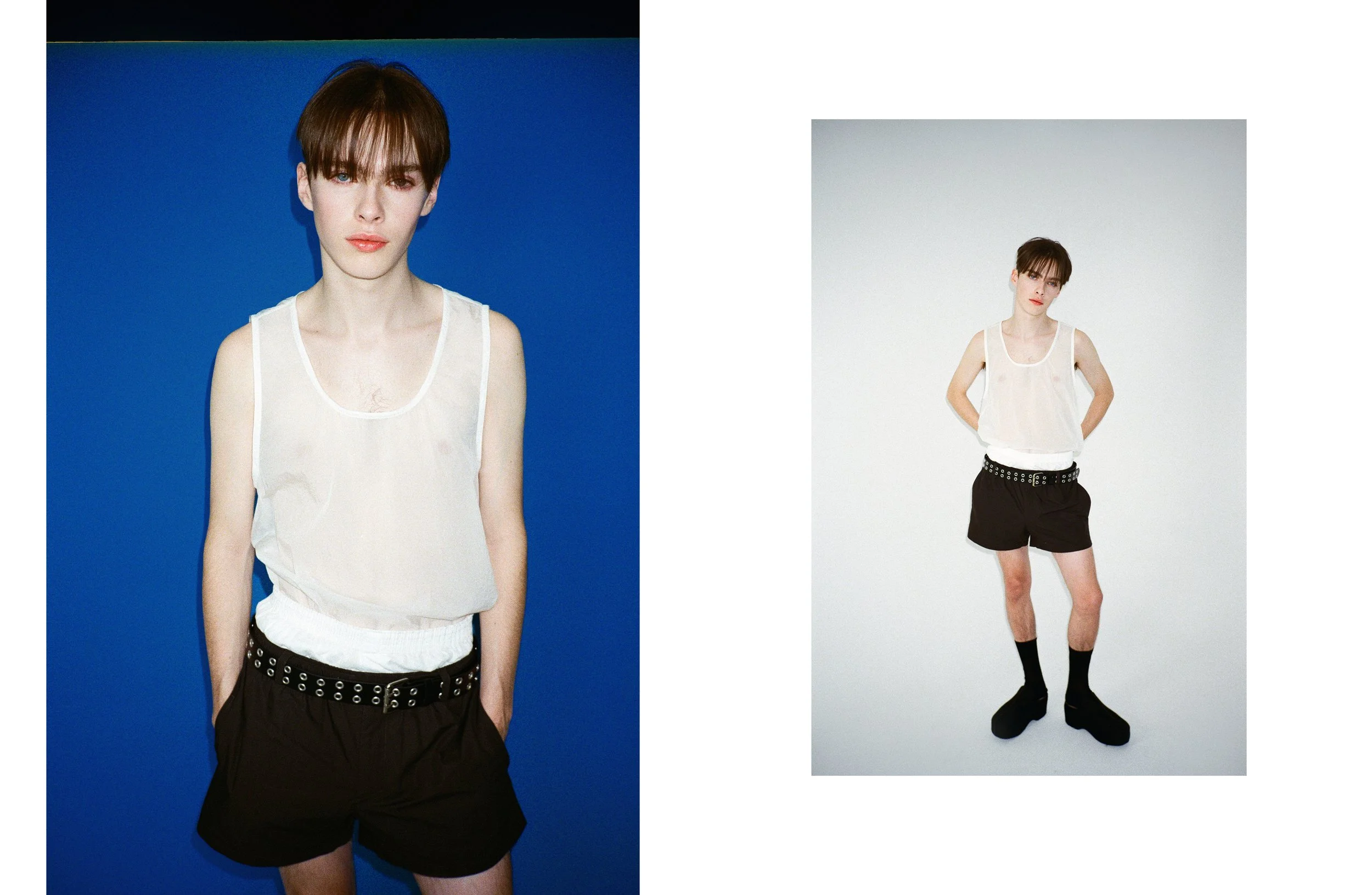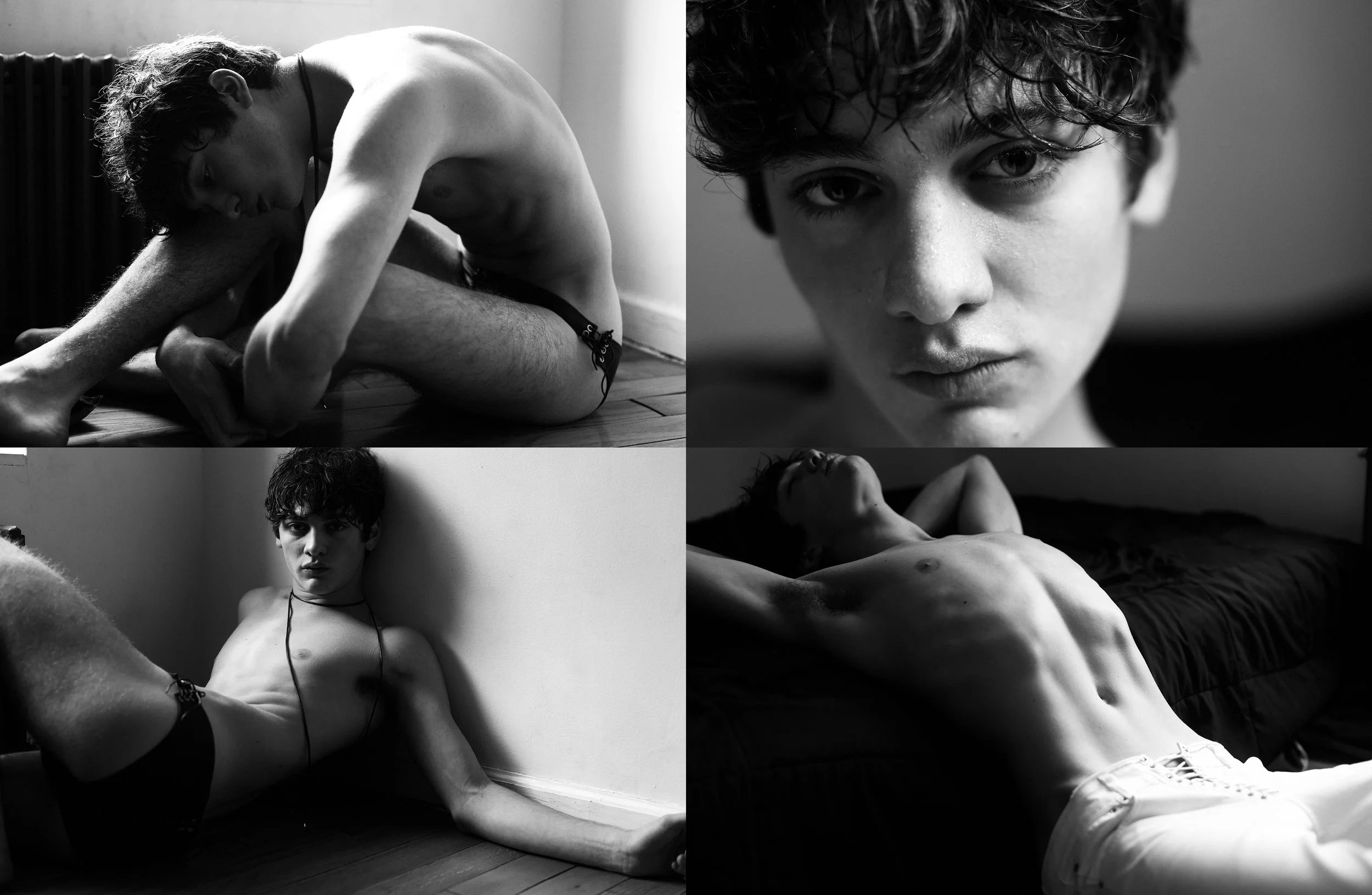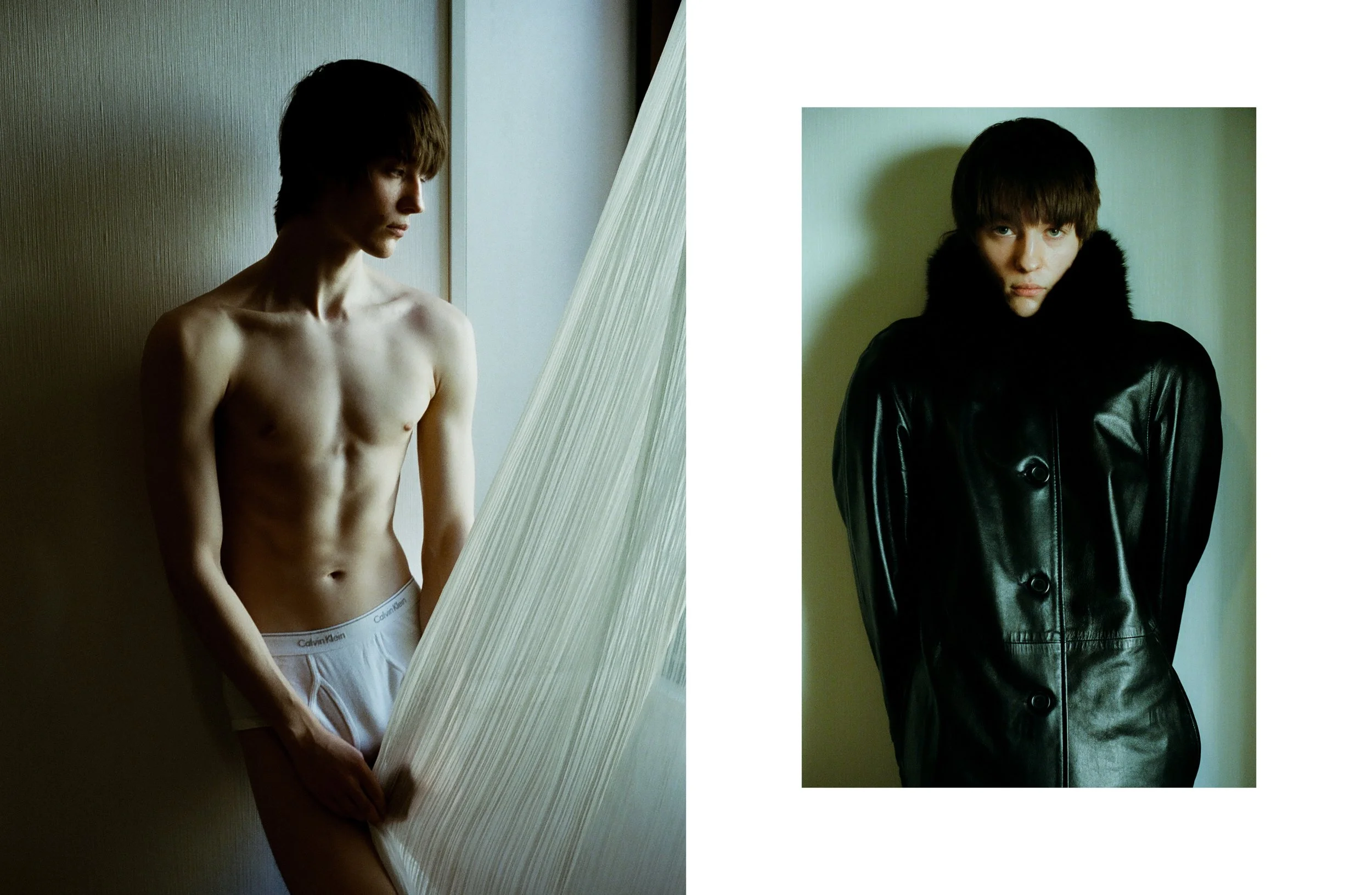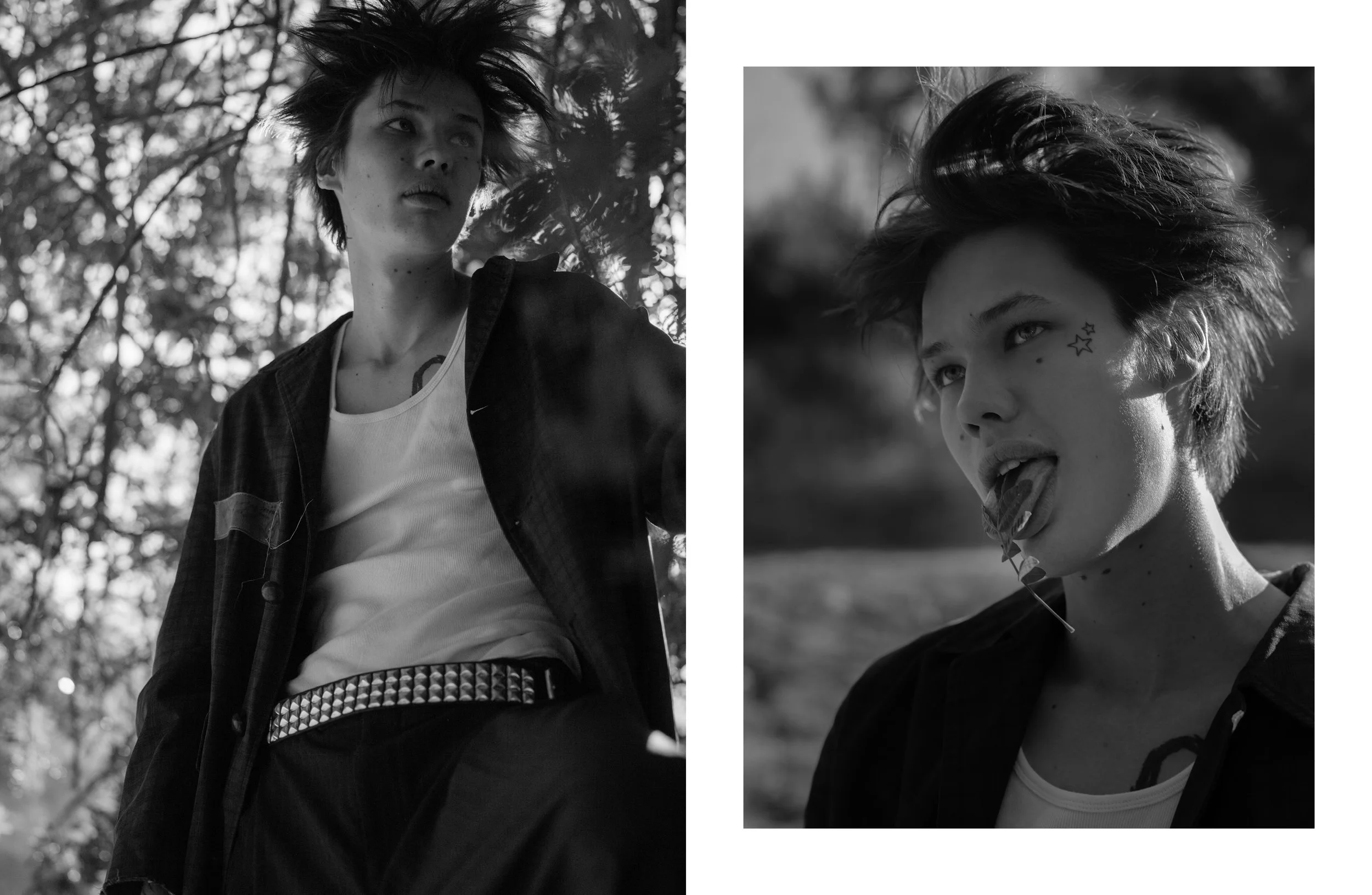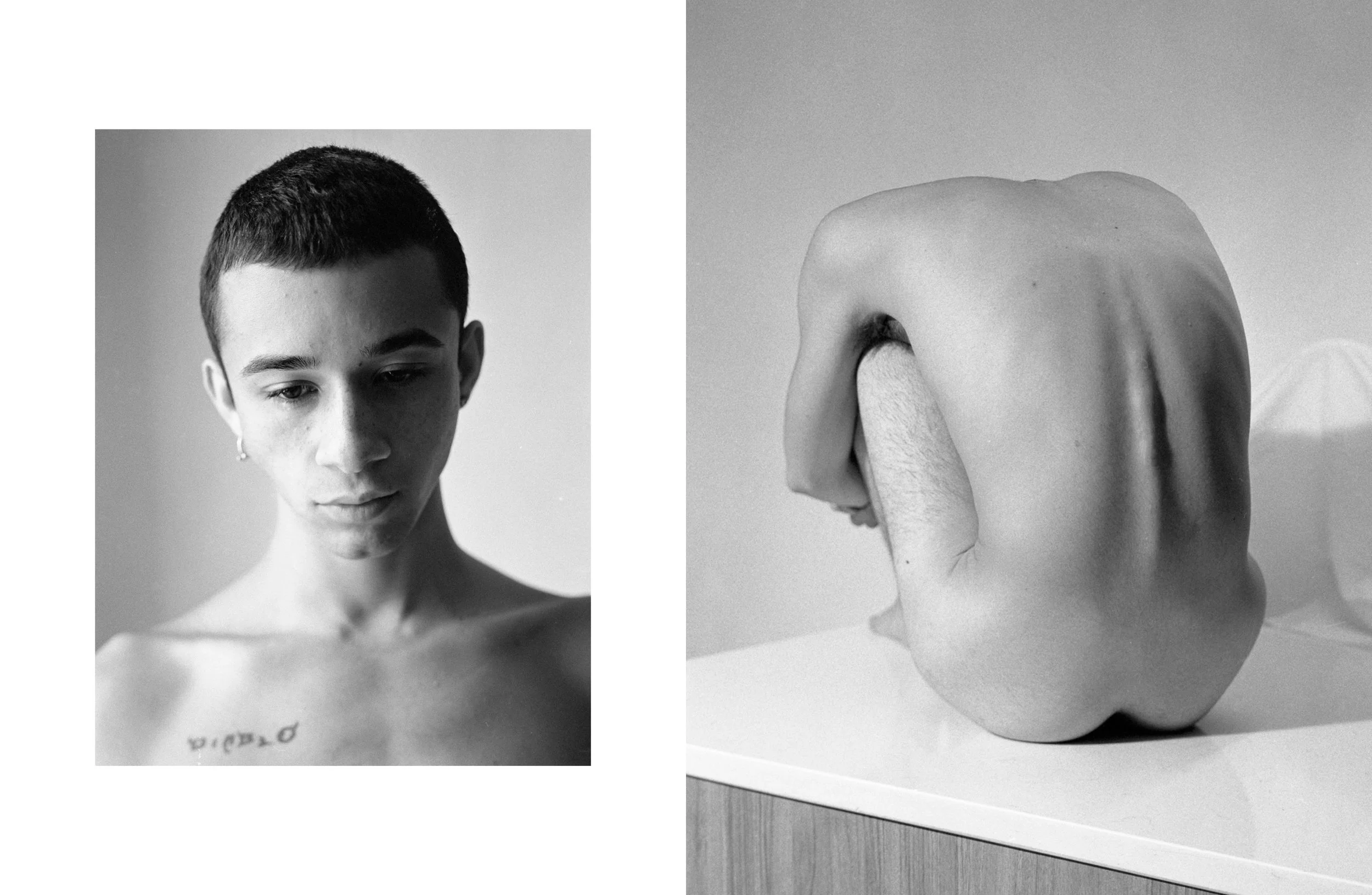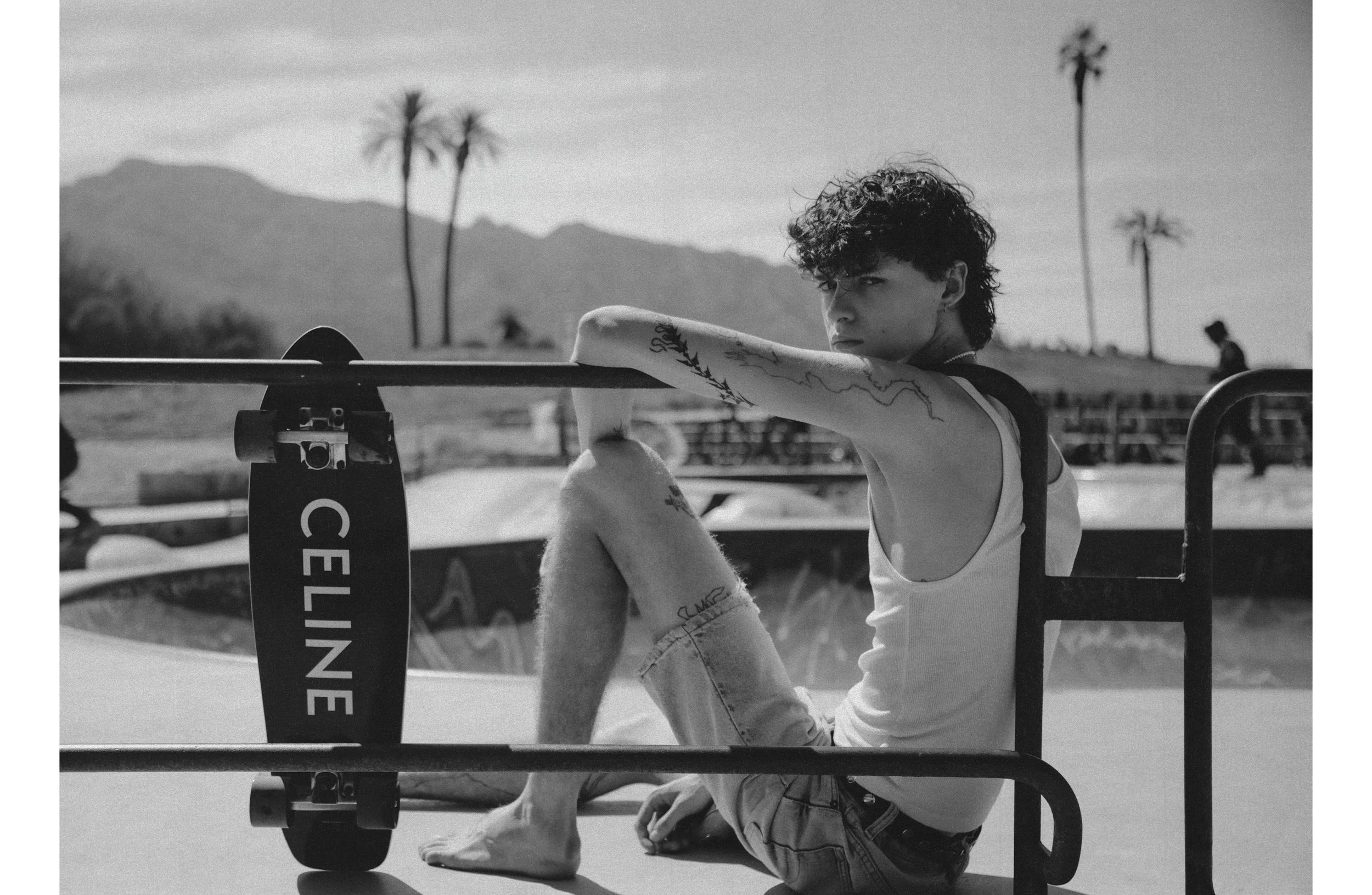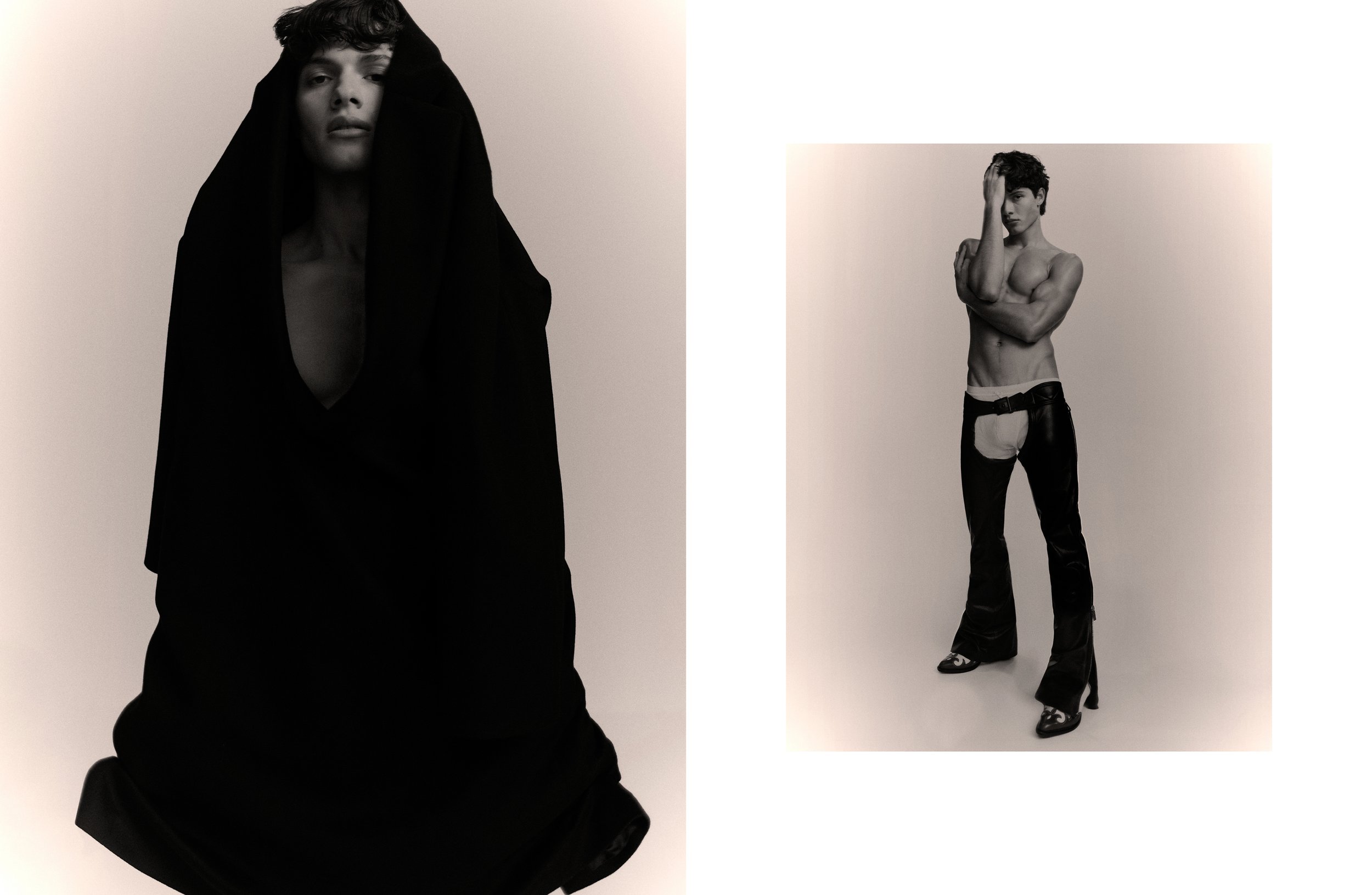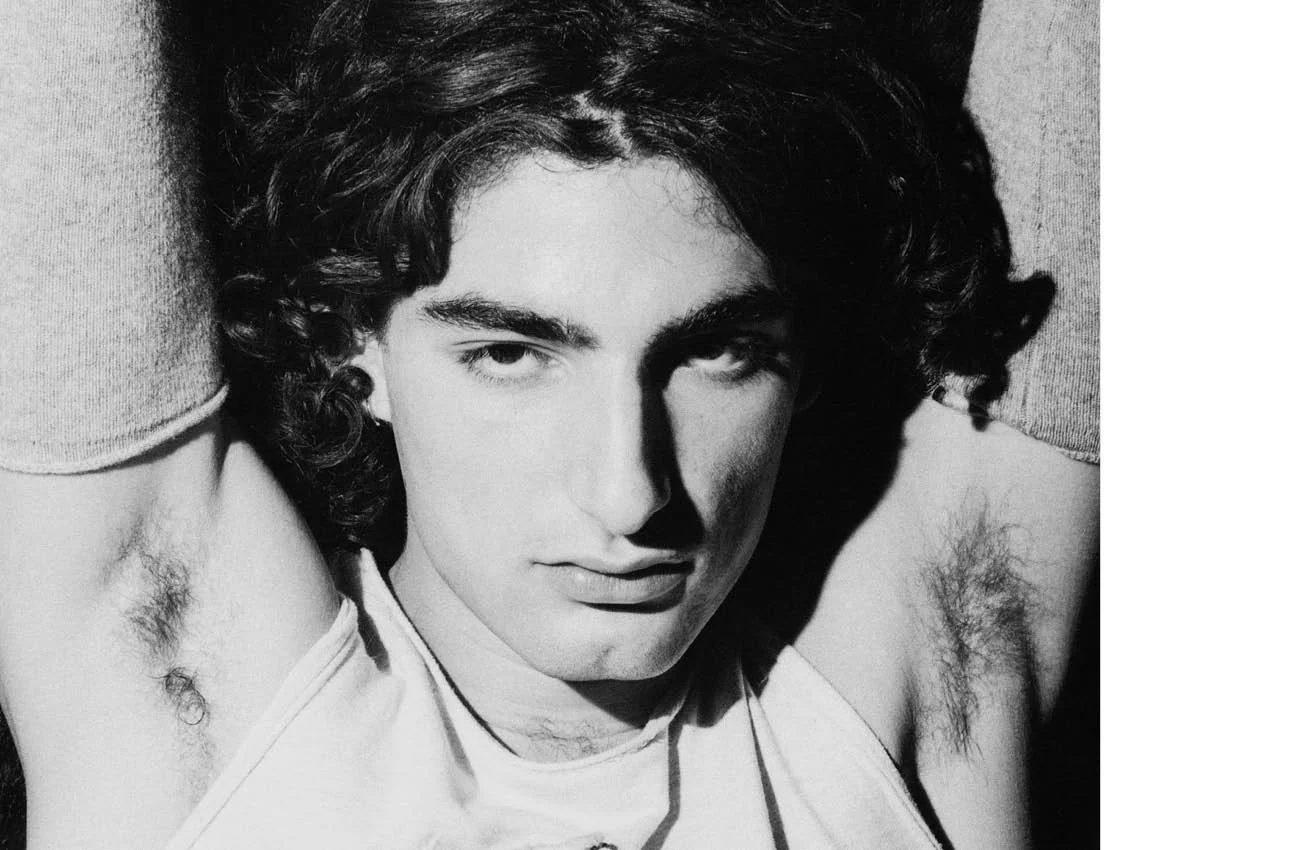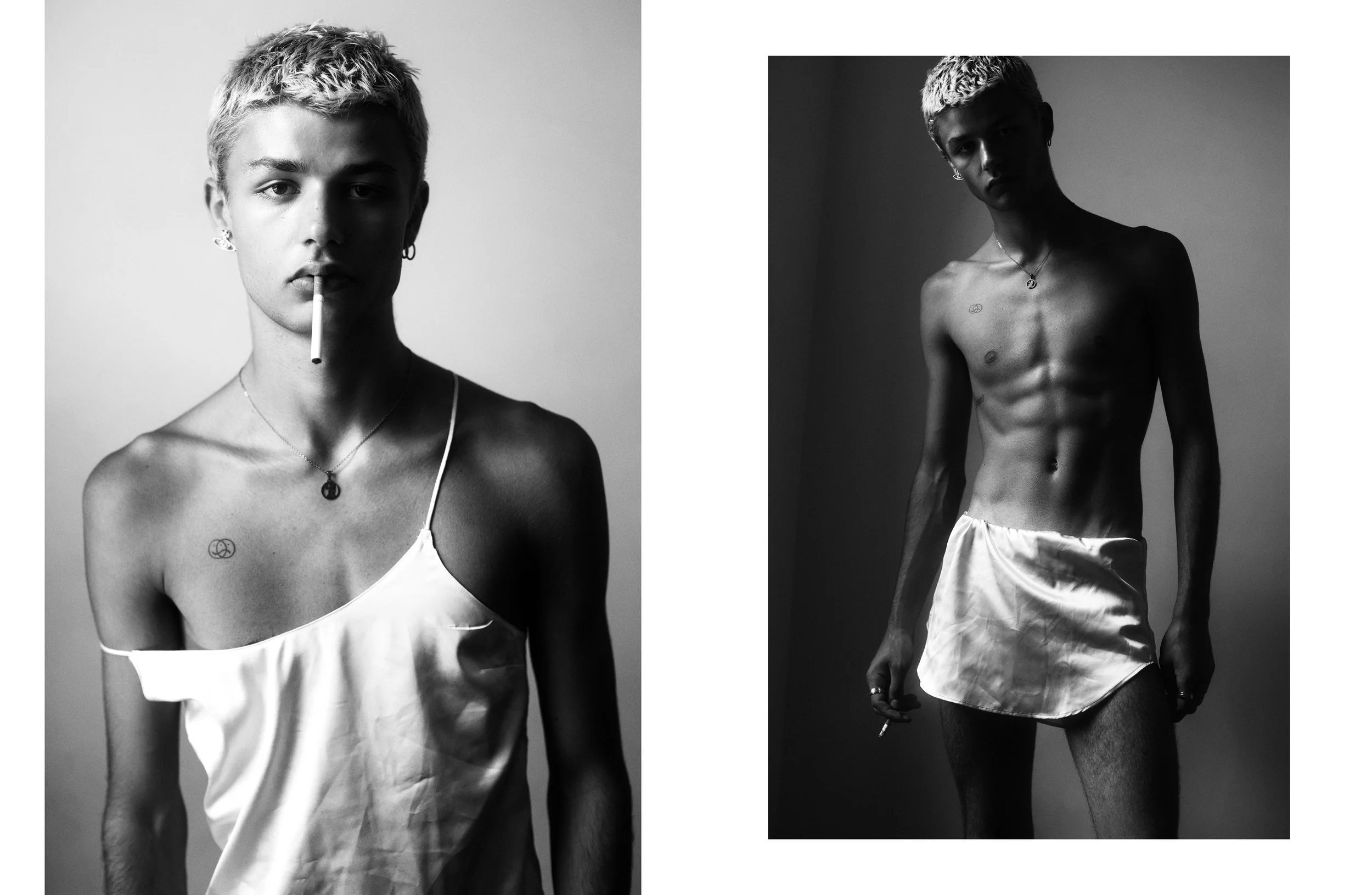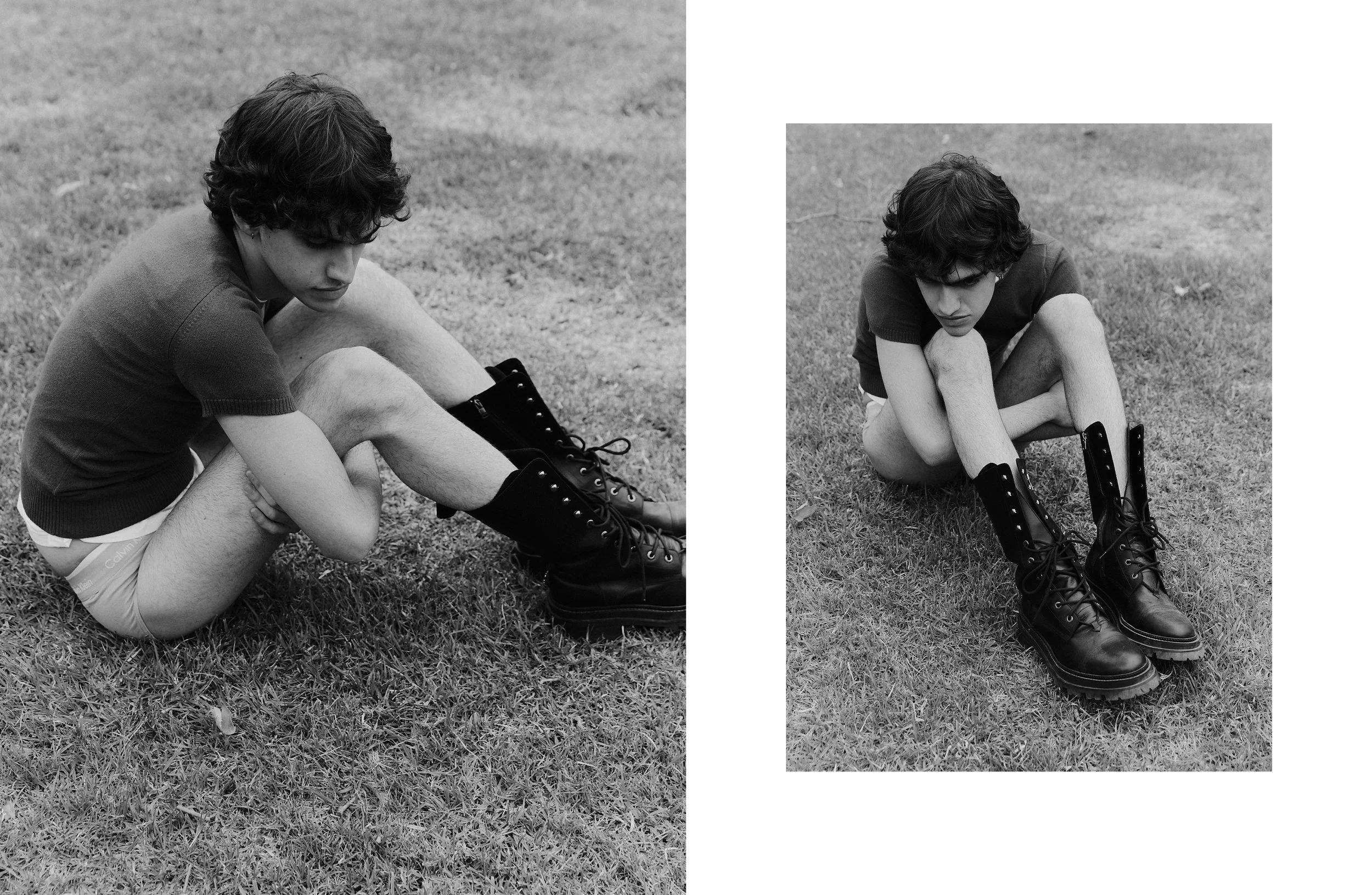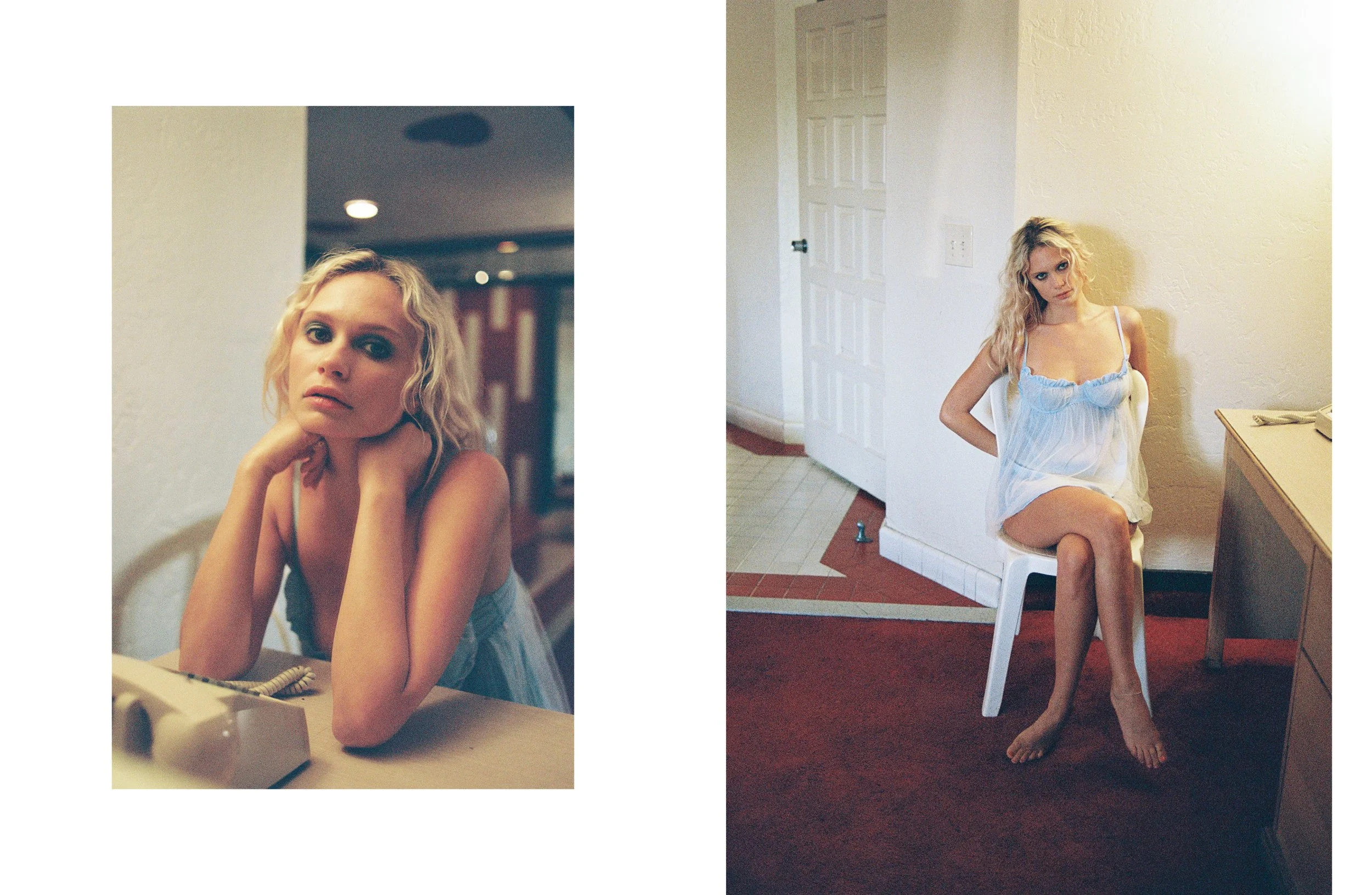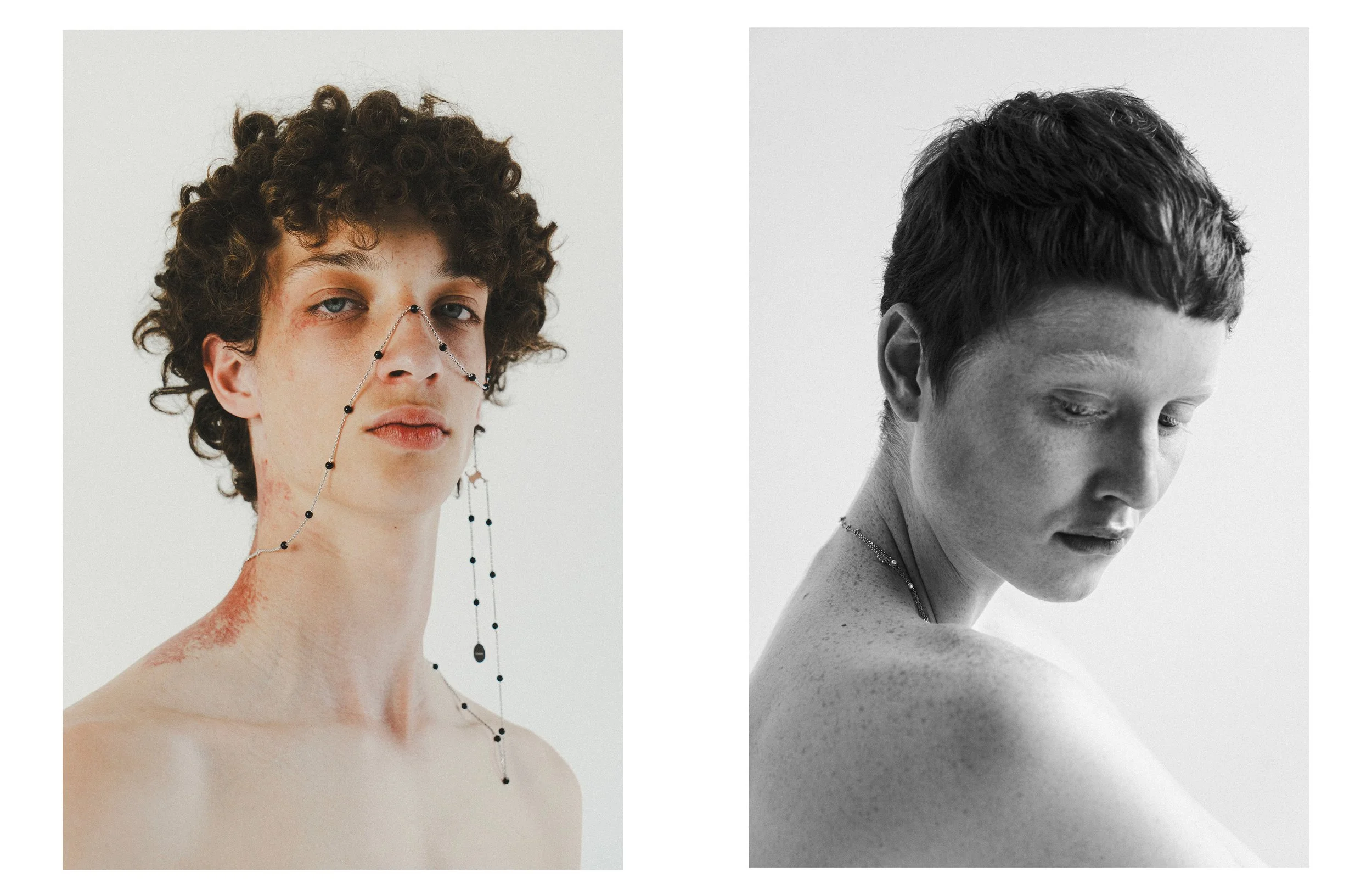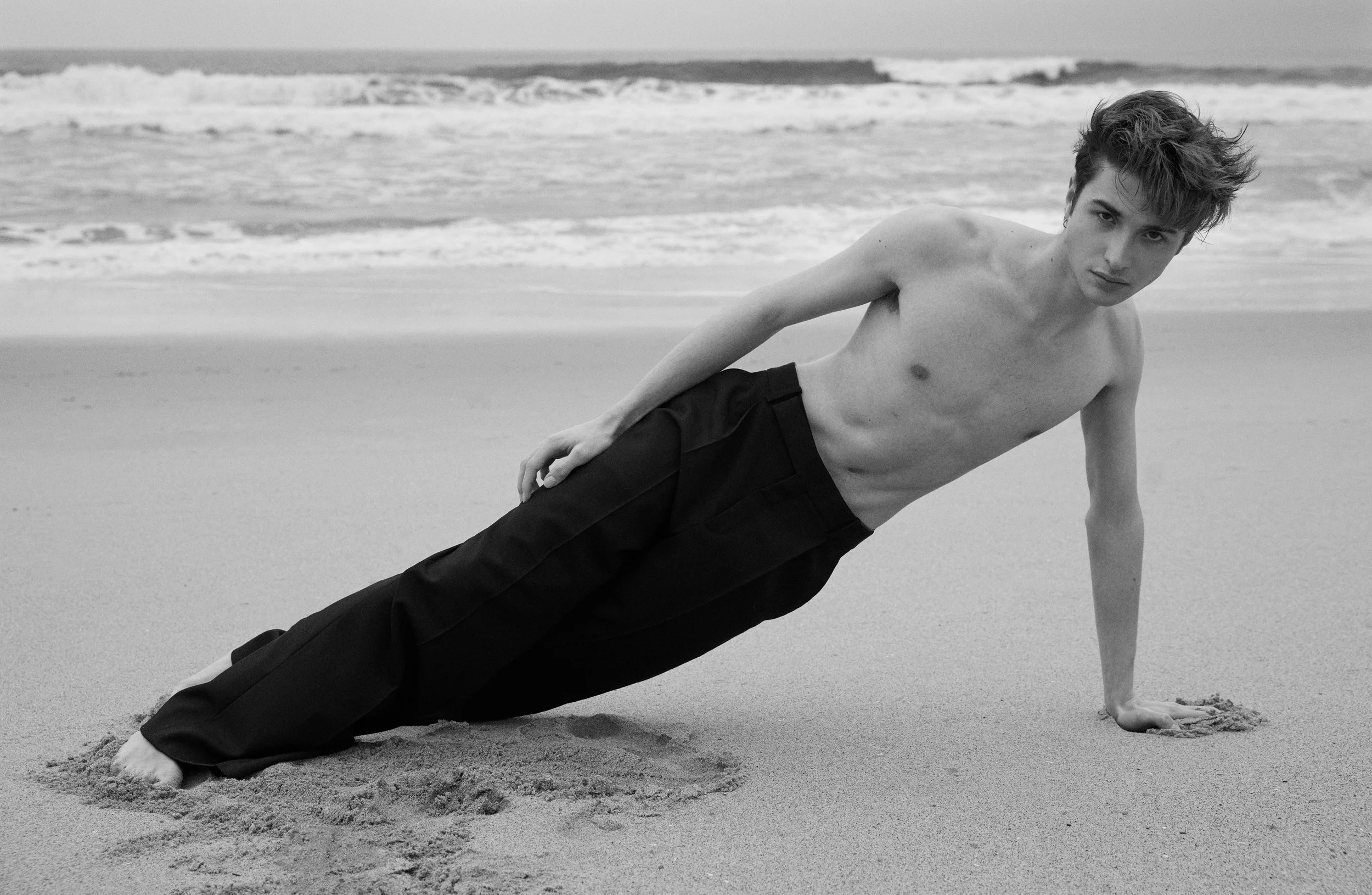A Review of Paris Menswear FW20
The menswear calendar closed in Paris last Sunday and this was clearly not an easy season to come to terms with. Even though there were plenty of fantastic pieces on the runways, designers seemed torn between a traditional vision of masculinity -focused mainly on tailoring, comfort and upscale sportswear- and going the progressive route, embracing feminine elements and a provocative sensuality to express a new sensitive man.
When it comes to beautiful menswear that will stand the test of time -and keep you stylishly cool whatever the circumstances- top houses, such as Berluti, Hermès, Givenchy, Lanvin and Valentino delivered the goods. Bruno Sialelli’s vision at Lanvin is taking shape and his clean tailoring looked desirable and fresh. With longer jackets and loose pants, his man displayed a relaxed sense of elegance, which felt right for now.
Lanvin
Givenchy
Delicately painted flowers embellished sharp-looking double-breasted coats and minimal clothes at Valentino, where the emphasis was on strict lines with accents of gorgeous color, such as warm orange, light aubergine, royal blue and red. The effect was subdued and chic, underlining a pared-down sense of elegance. At Givenchy, Clare Waight-Keller stuck to her guns, with slim suits, substantial outerwear and intricate knits, which were one of the show’s highlights. Inspired by lonesome cowboys and men on the road, the British designer injected some raw modernity into the French maison, keeping the Givenchy guy youthful and free.
“Radical” was the title given by Hermès to its latest menswear collection designed by Véronique Nichanian, and it seemed appropriate for garments using the most high-end textiles and incredible savoir-faire. There’s something deeply reassuring about the Hermès man, who never looks like he’s trying too hard. From quilted pinstripe suits and stunning shearling coats to swirl printed shirts and cozy knits with leather appliques, the collection had an individualistic and playful flair, which made it instantly attractive.
At Berluti, Kris Van Assche is pushing a new silhouette through streamlined tailoring, emphasizing the shoulder while minimizing the waist. His use of color is contagious, and some of his most daring combinations brought 90s menswear gods to mind, such as Thierry Mugler and Claude Montana, but he kept things quirky with pointy boots, statement bags, bright sneakers and the signature ombré leather technique Berluti is famous for.
Berluti
A fellow Belgian, Dries Van Noten was also in an adventurous mood this season, baring flesh for Winter and putting snakeskin platforms on the runway. This collection was undeniably about the designer’s fantasies and the mood was Glam Rock meets Grunge with a hint of David Bowie. Revolt was on the agenda for Rei Kamakubo as well, who delivered a powerful and intricate collection for Comme des Garçons Homme Plus. Clashing tartans with animal prints and optical stripes, some of her outfits were visually overwhelming, until you got to break them down in the showroom and observe how beautifully each piece was made. As always, Kawakubo’s clothes were a rich dialogue between structure and deconstruction, chaos and order.
Comme des Garçons Homme Plus
Dries Van Noten
Discipline is something Rick Owens truly aspires to, but he also loves to subvert it. His last show was a technical and creative tour de force: his men were like Glam Aliens, perched on towering platform boots with clear heels. They wore incredible coats, suits and jackets, and Owens did oversize shapes in a really elegant way, proving he’s a master tailor. Asymmetrical jumpsuits and optical print separates brought Kansai Yamamoto to mind, who designed David Bowie’s costumes in the early 1970s. The show had flamboyance and guts, making it one of the highlights of Paris menswear.
JW Anderson also played with the gender divide, presenting some of the season’s most stunning outerwear. Voluminous capes were trimmed with giant gold chains, while pleated sleeveless tops flared at the bottom, underlining a strong but delicate silhouette. Jonathan Anderson is one of the few designers that can make a long white shirt dress look believable on men, as well as a paisley print full length dress worn over black pants like a simple tunic.
Ludovic de Saint Sernin has been questioning gender since his very first season, and his influence on the menswear runways was felt everywhere this month. The French designer kept finding new erogenous zones for men, exposing body parts in unexpected ways. When it came to covering-up, his coats deserved a second glance, from a sexy leather trench to a full length fitted sheepskin number, as well as a belted style with a dropped shoulder, in a dark shade of pink. The way he combined rough with soft was truly inspiring, questioning what it means to be a man at the start of this new decade.
…
/ Words by Philippe Pourhashemi /


